In the early 1970s it became abundantly clear that the air-cooled Beetle would not be able to meet the ever increasing emission standards much longer.
Reference Car:
1980 VW Caribe Diesel
25,649 Original Miles!
Please wait a few moments while our high-resolution photos load.

Mouse Over the Photos to Enlarge.
Introduced in 1974, Volkswagen introduced the Beetle's successor: a small hatchback with fuel-injected 1.6-liter engine. It was sold as the Golf in Europe, as the Rabbit in the United States and Canada, and as the Caribe in Mexico.
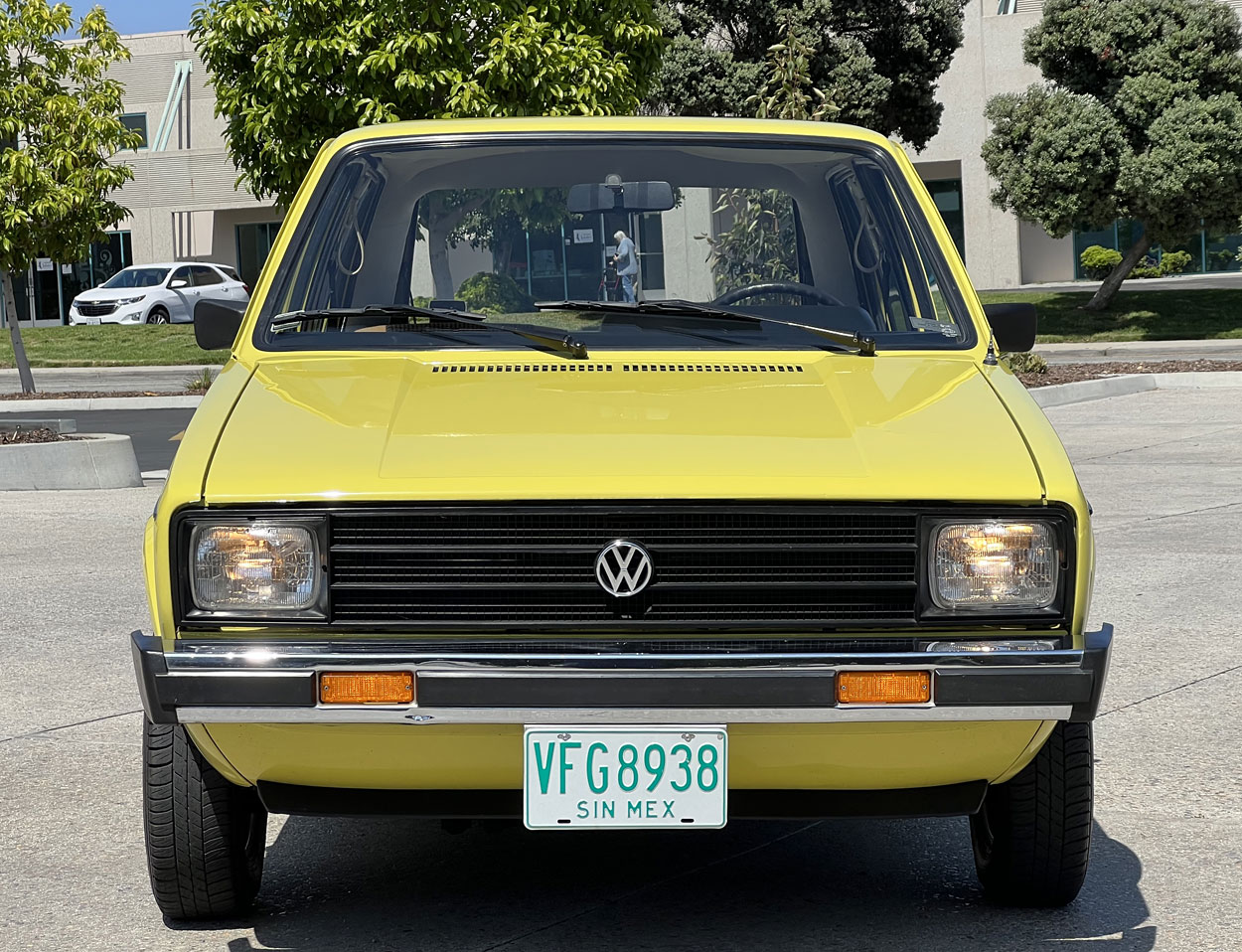
To keep cost at a minimum and the car as simple as possible, Mexico received the Caribe in 1977 with a 66-horsepower carbureted engine. In 1979 the Caribe Diesel was offered, powered by the same 1.6-liter oil burner that made it a legend in Europe. The Golf Diesel can reach 50 miles to the gallon if driven conservatively, a record to this very day.
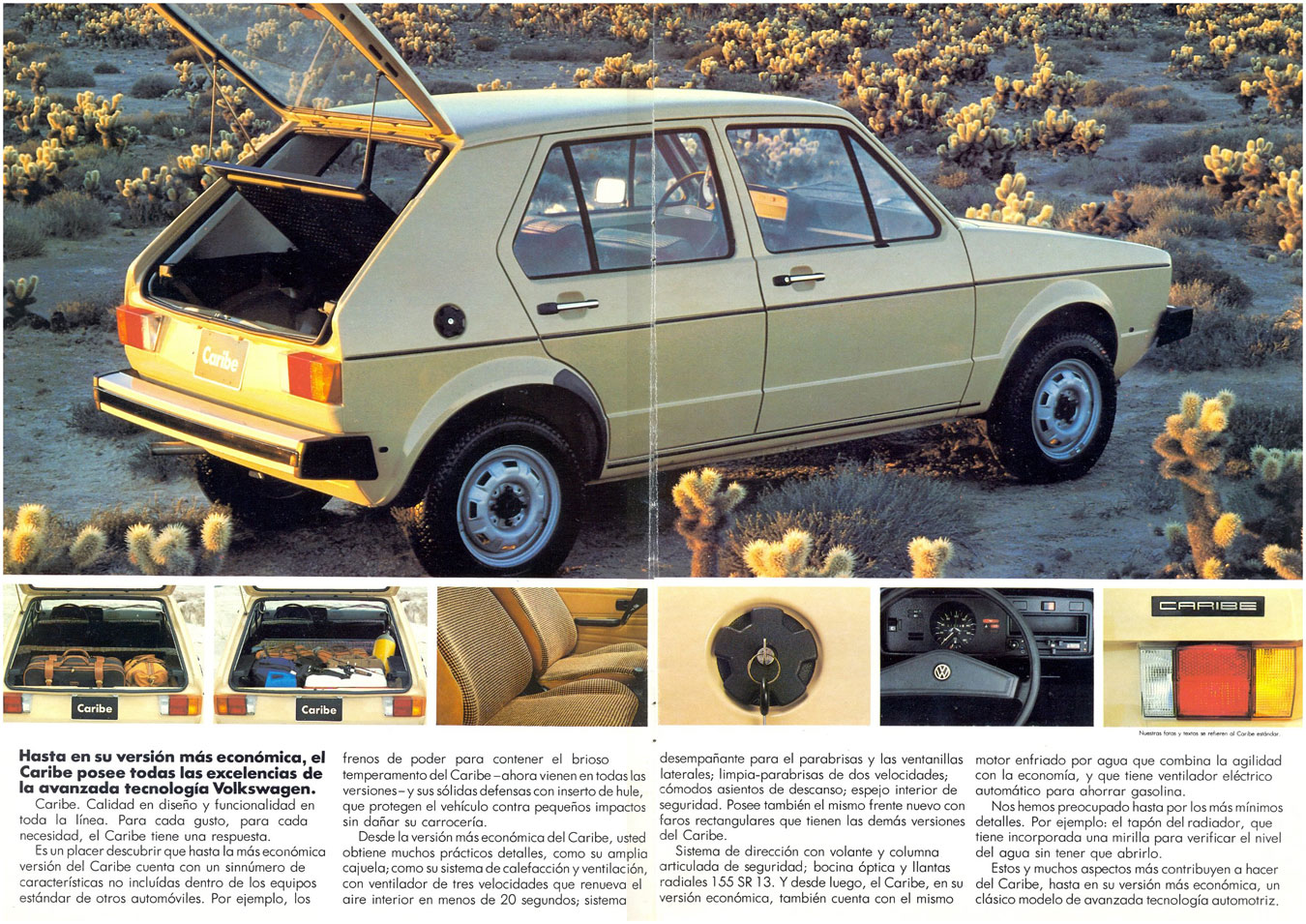
Mexican wages are much lower than elsewhere in the world, and in order for the Mexican people to afford the car, Volkswagen sharpened the pencil. The Caribe was built in VW's Puebla plant. It featured a 4-speed manual transmission, a plain black dash with only one central gauge, just like the Beetle, and had only what's needed, nothing else. No headrests and manual 3-point safety belts, no fancy chrome window trim, no vent windows. No passenger side mirror, no rear wiper. Headlights were square units, just like those of the Jetta.
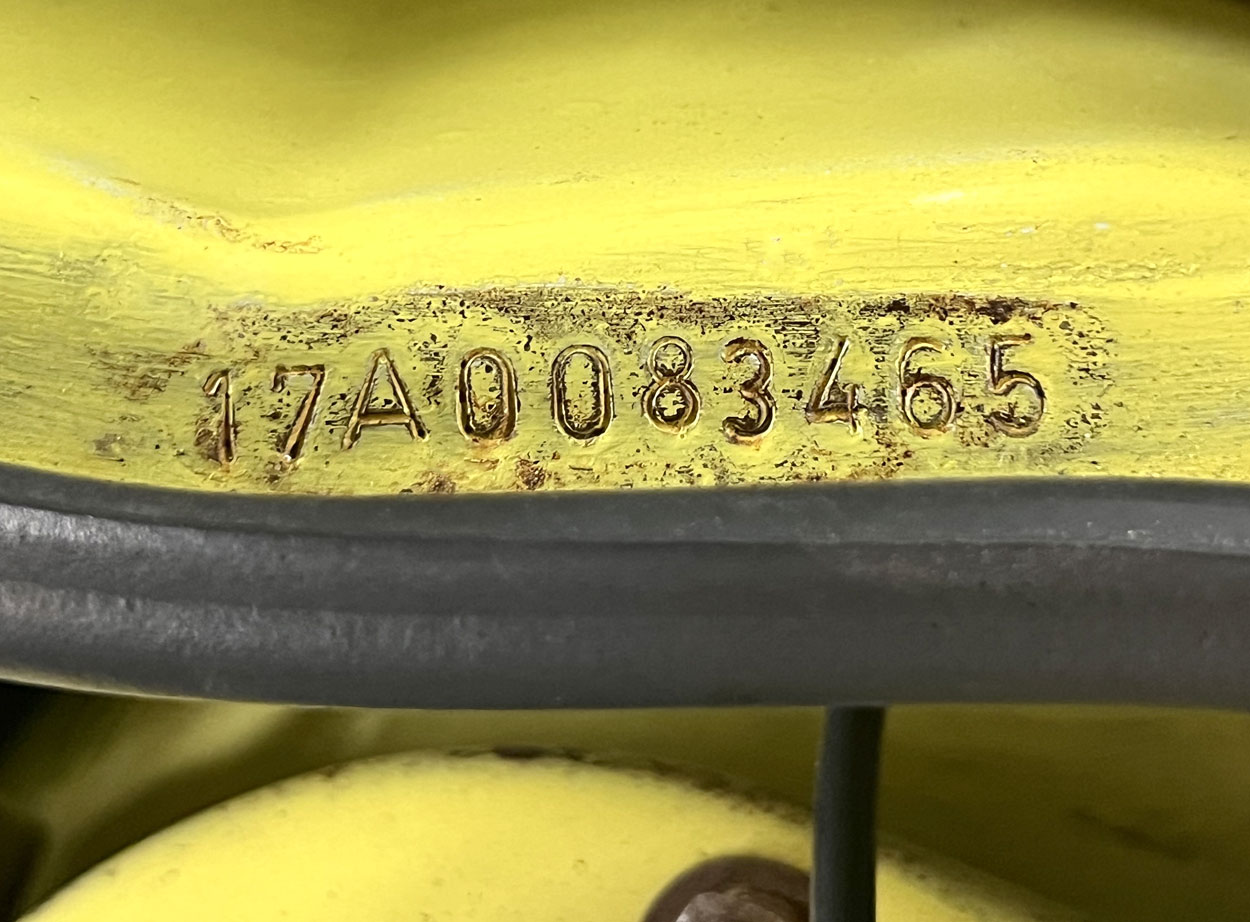
Instead of having a metal plate behind the windshield and a sticker on the driver's side B-pillar, the Caribe's VIN was stamped on the panel between the windshield and the left shock tower.
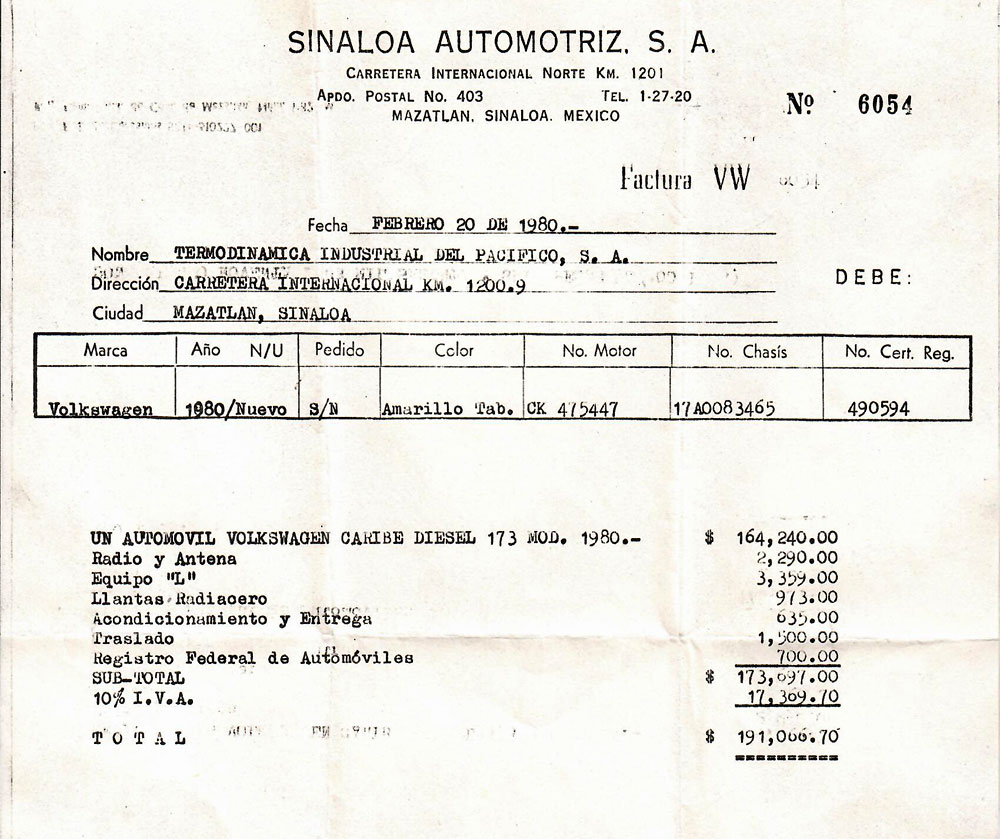
This now extremely rare survivor was sold on February 20, 1980, to a wealthy American couple who kept it garaged at their vacation home in Mexico. Their main residence was in Cour d'Alene, Idaho and they also owned a home in Anaheim, California.
The car sold for 191,066.70 Mexican Pesos, roughly $11K US dollars, quite expensive for a Mexican wage earner 45 years ago.
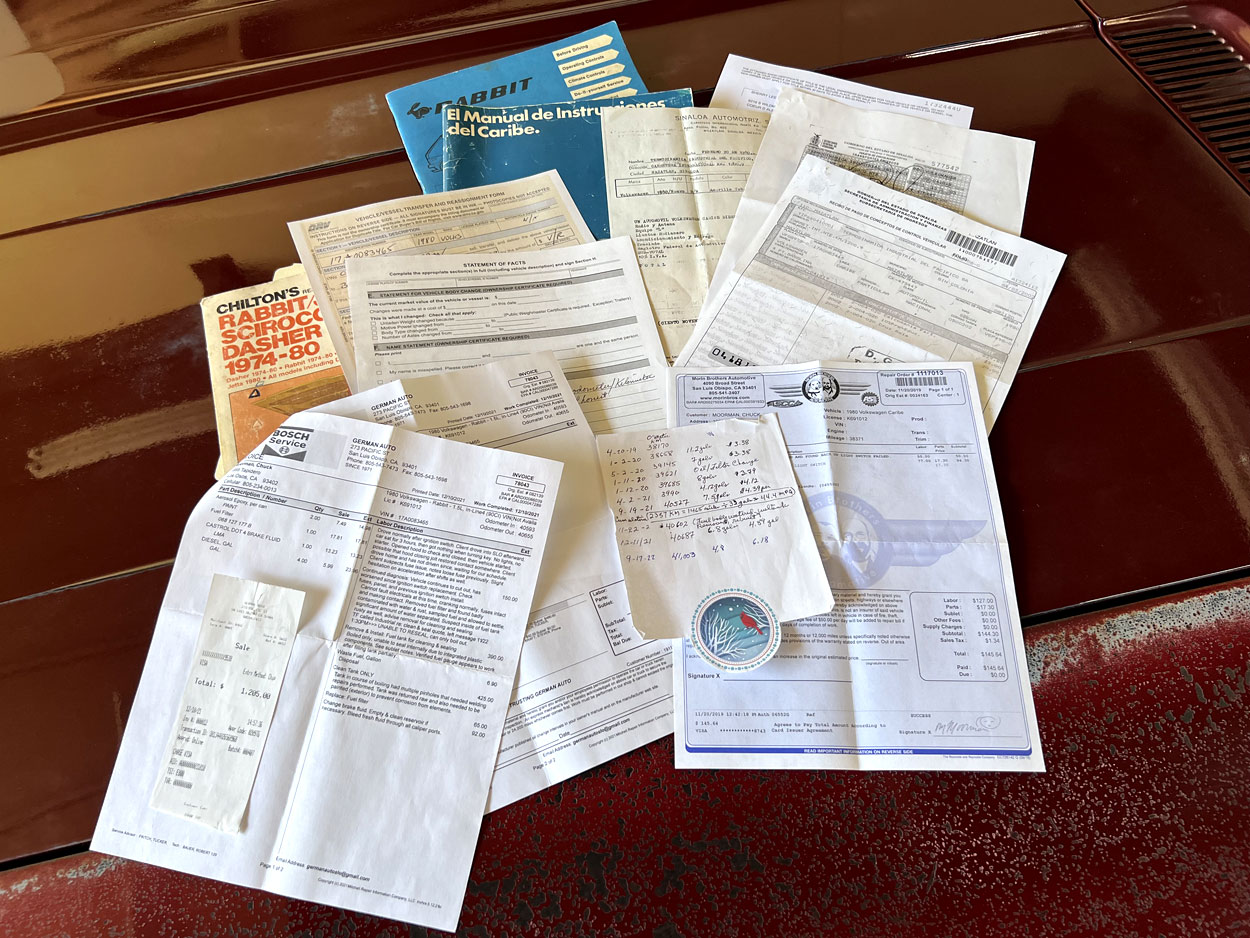
The car comes with a few documents, shown here.
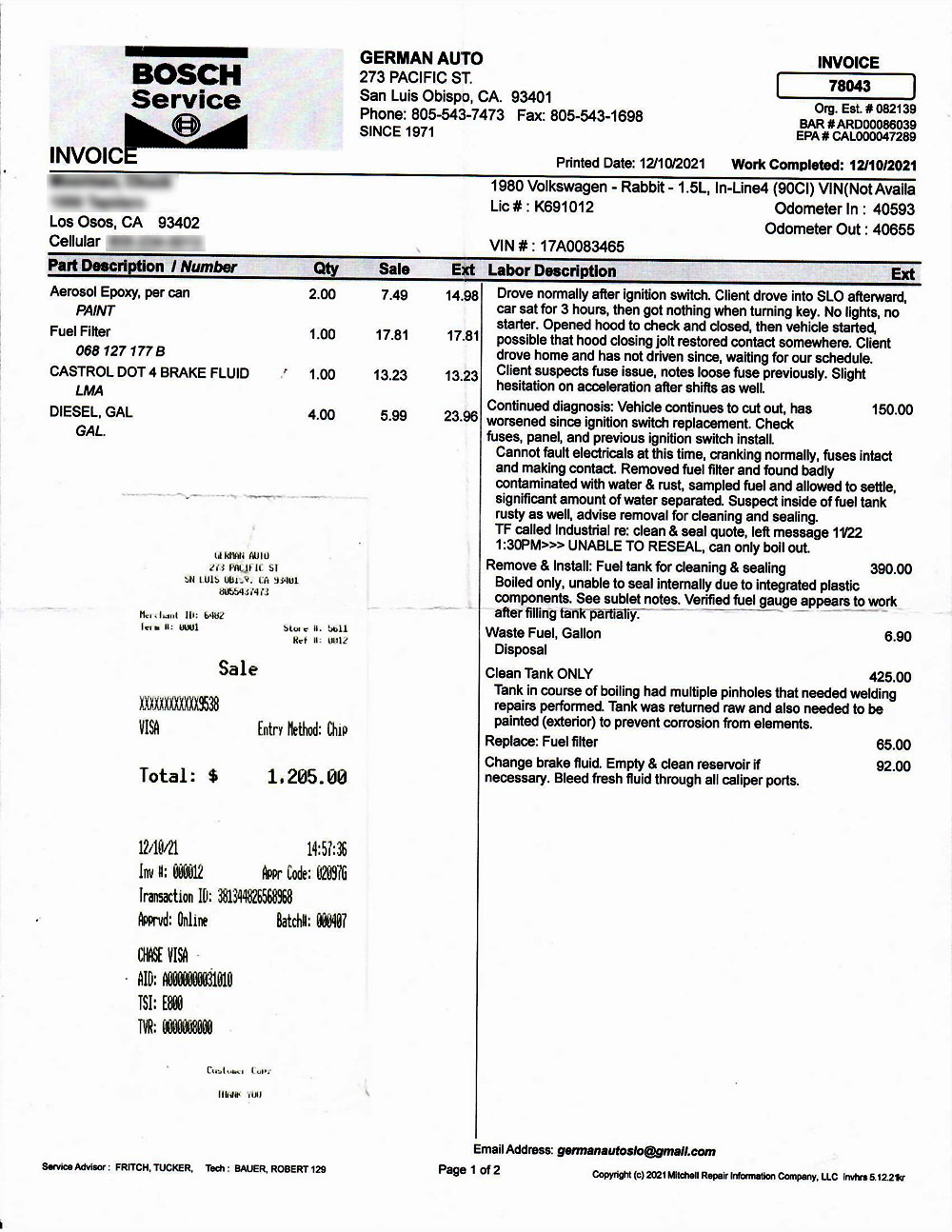
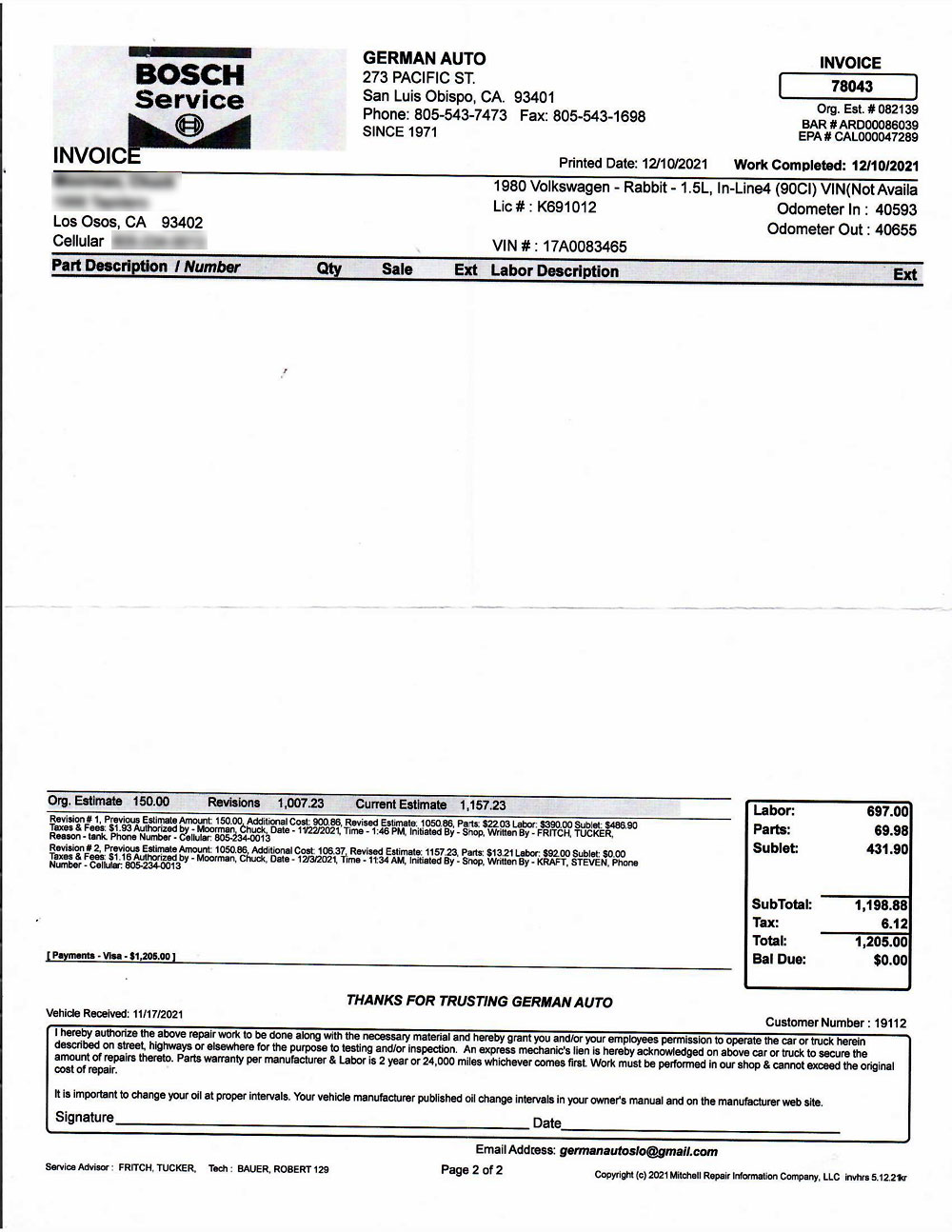
Last major service was at 40,655 kilometers, done at German Auto in Los Osos, California.
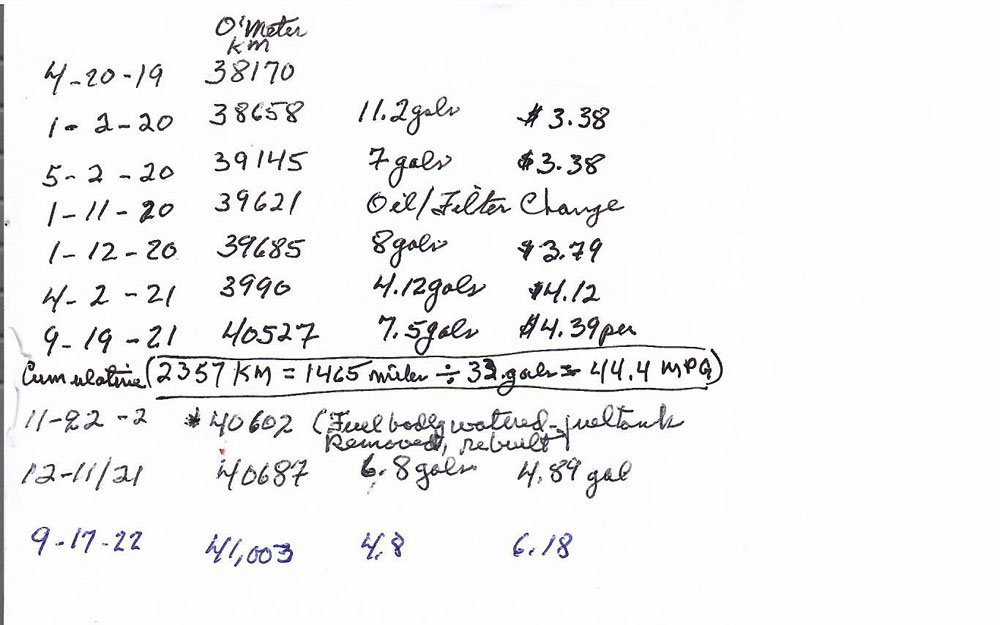
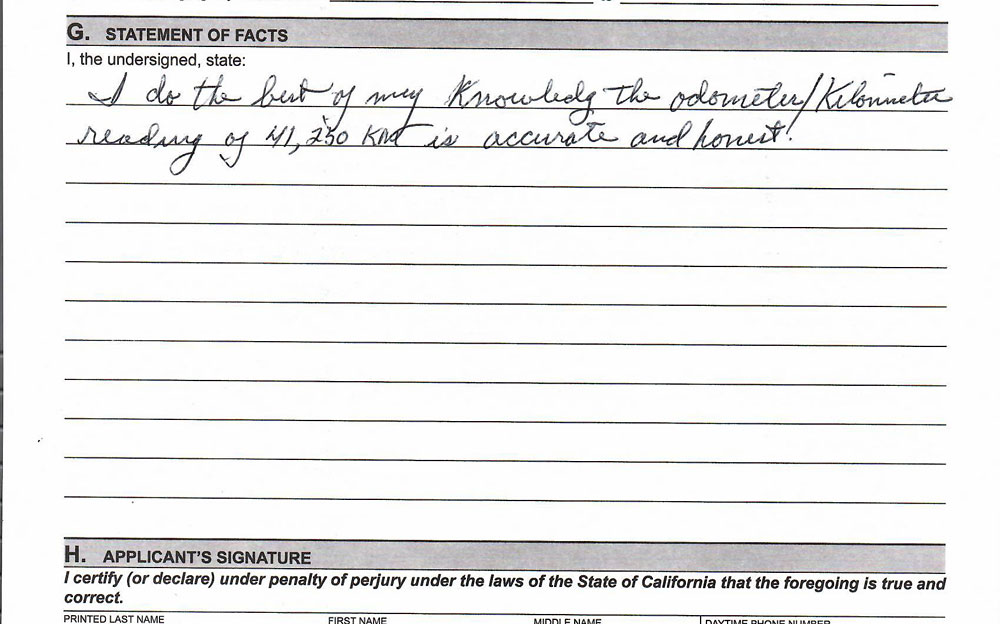
Also included is a mileage logbook and a formal "Statement of Facts" on California DMV form REG 256, pertaining to the original mileage of this car.
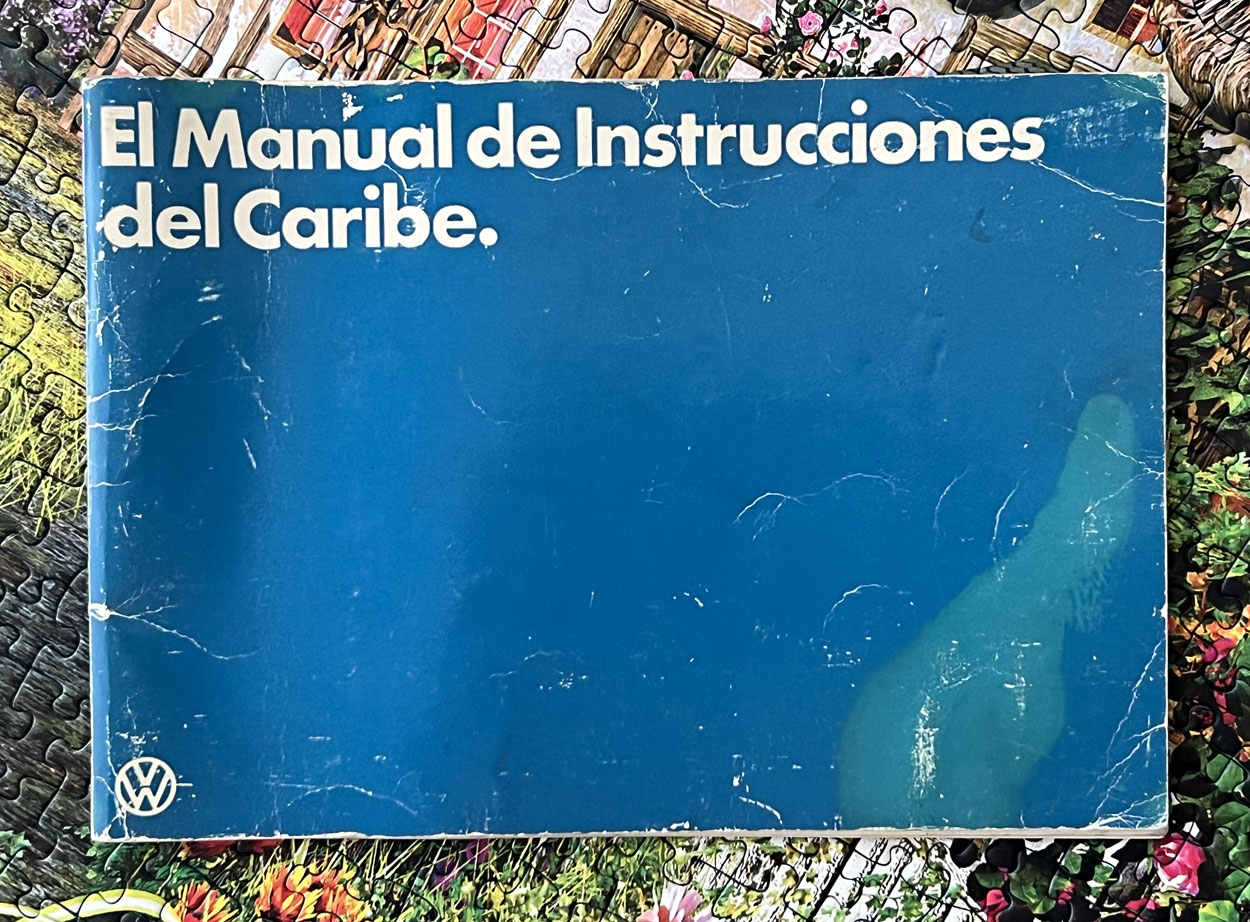
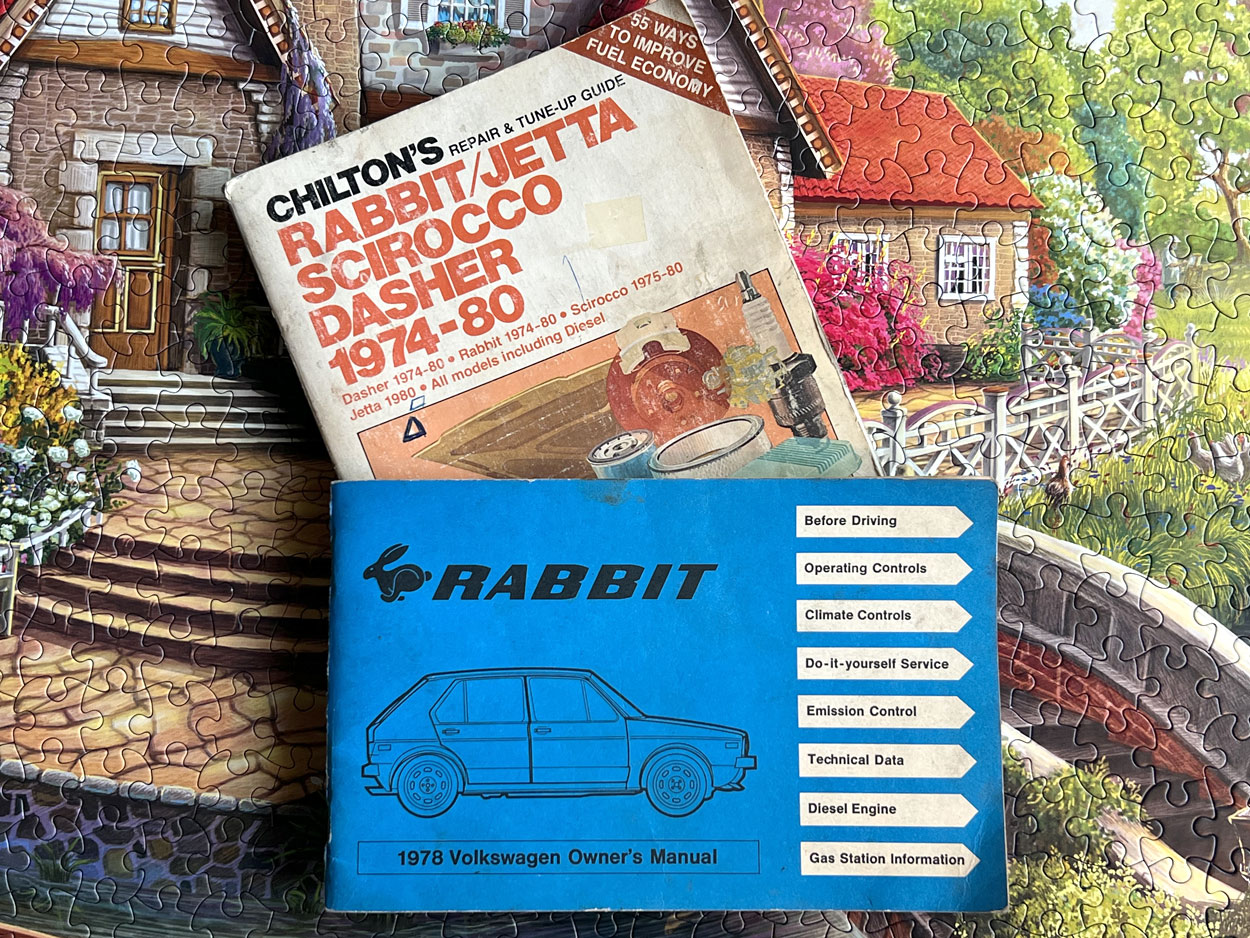
The car comes with the original Owner's Manual in Spanish, and another one in English.
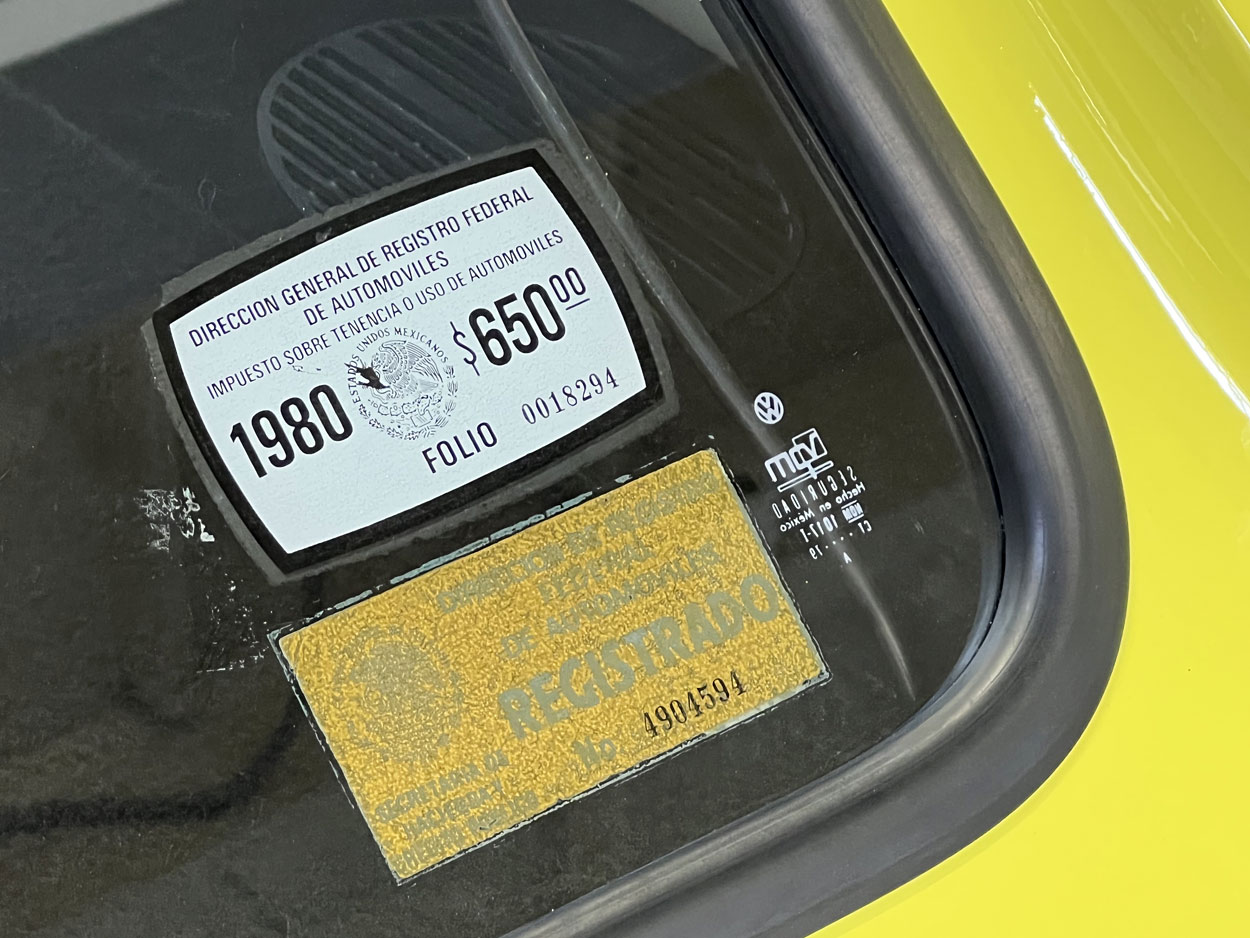
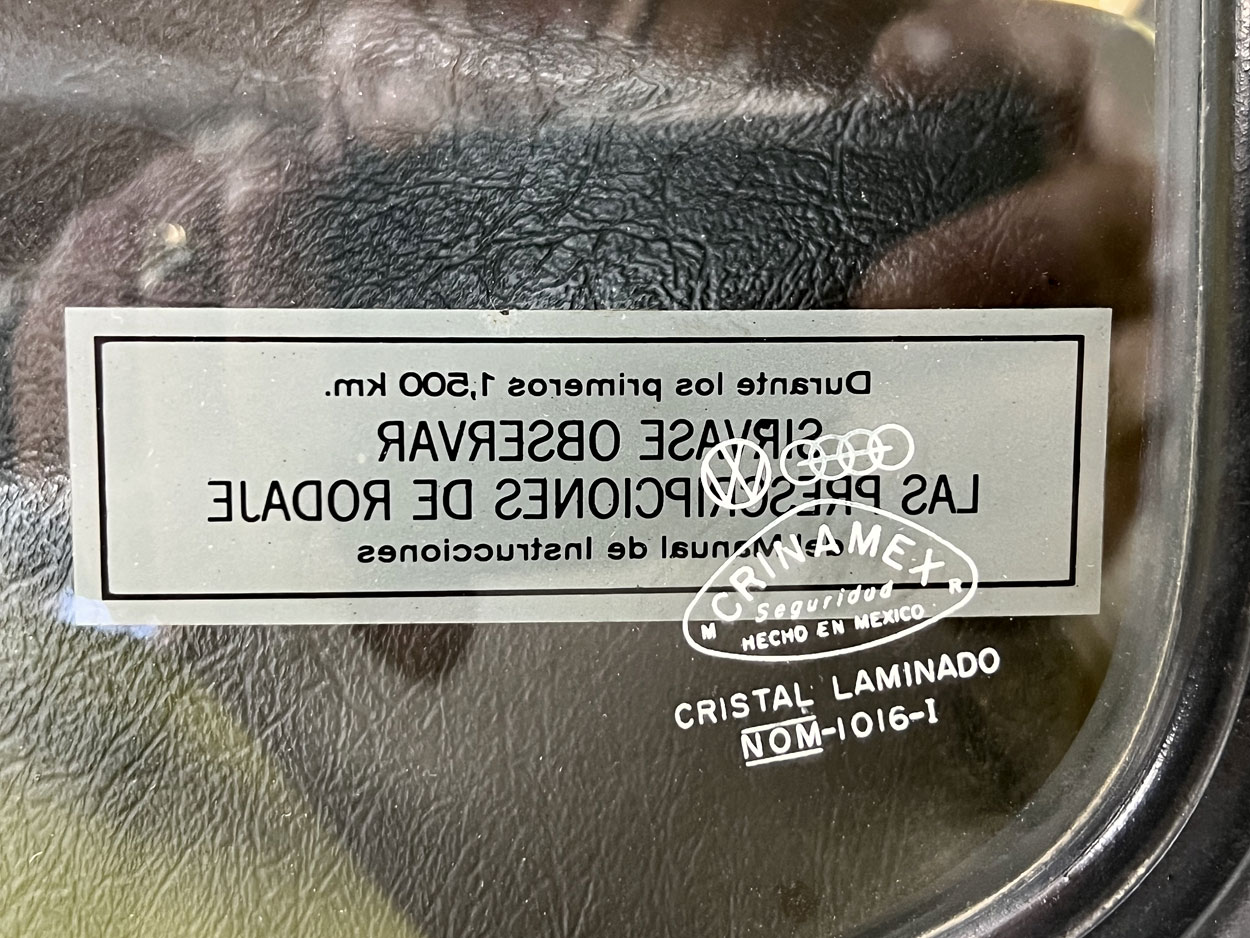
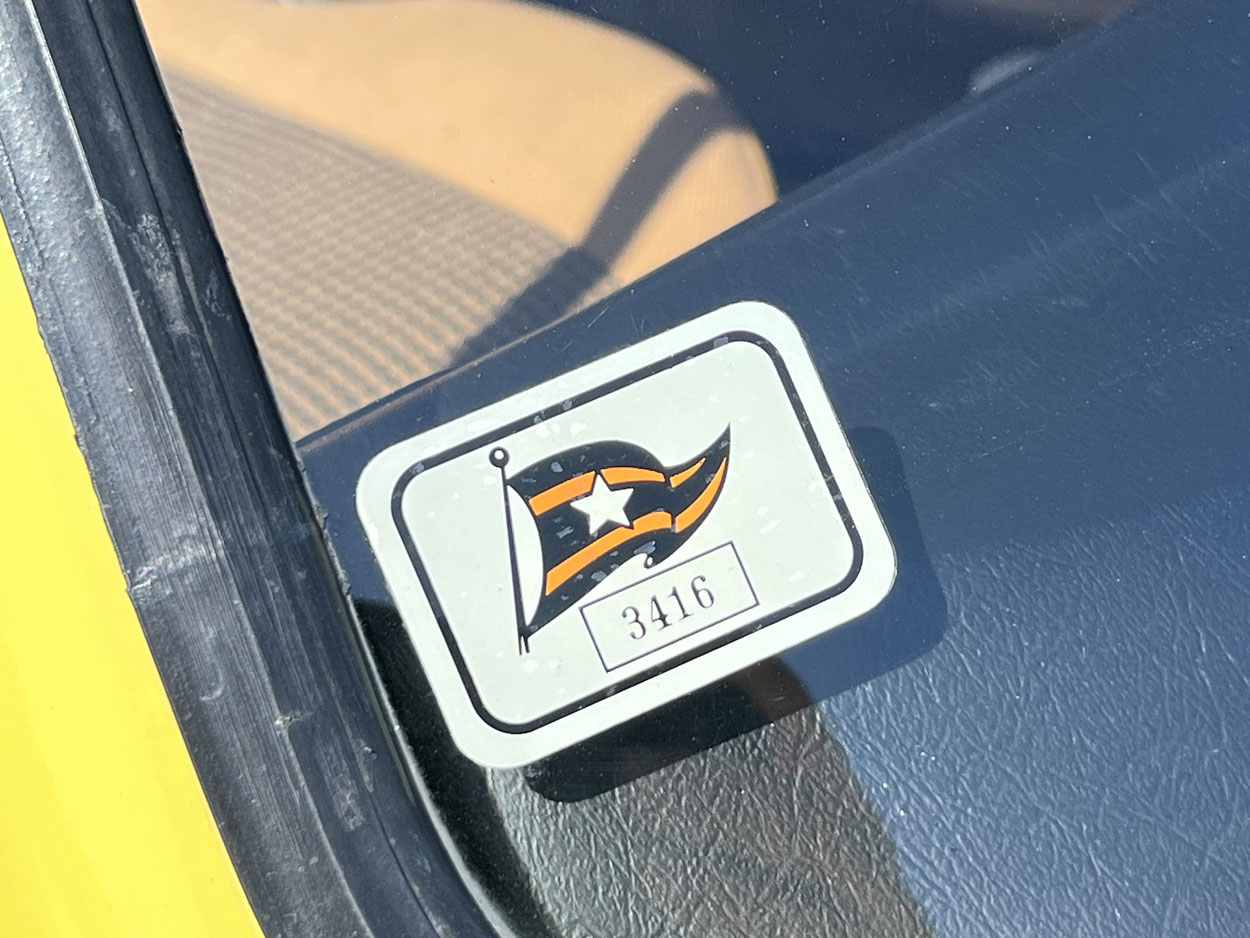

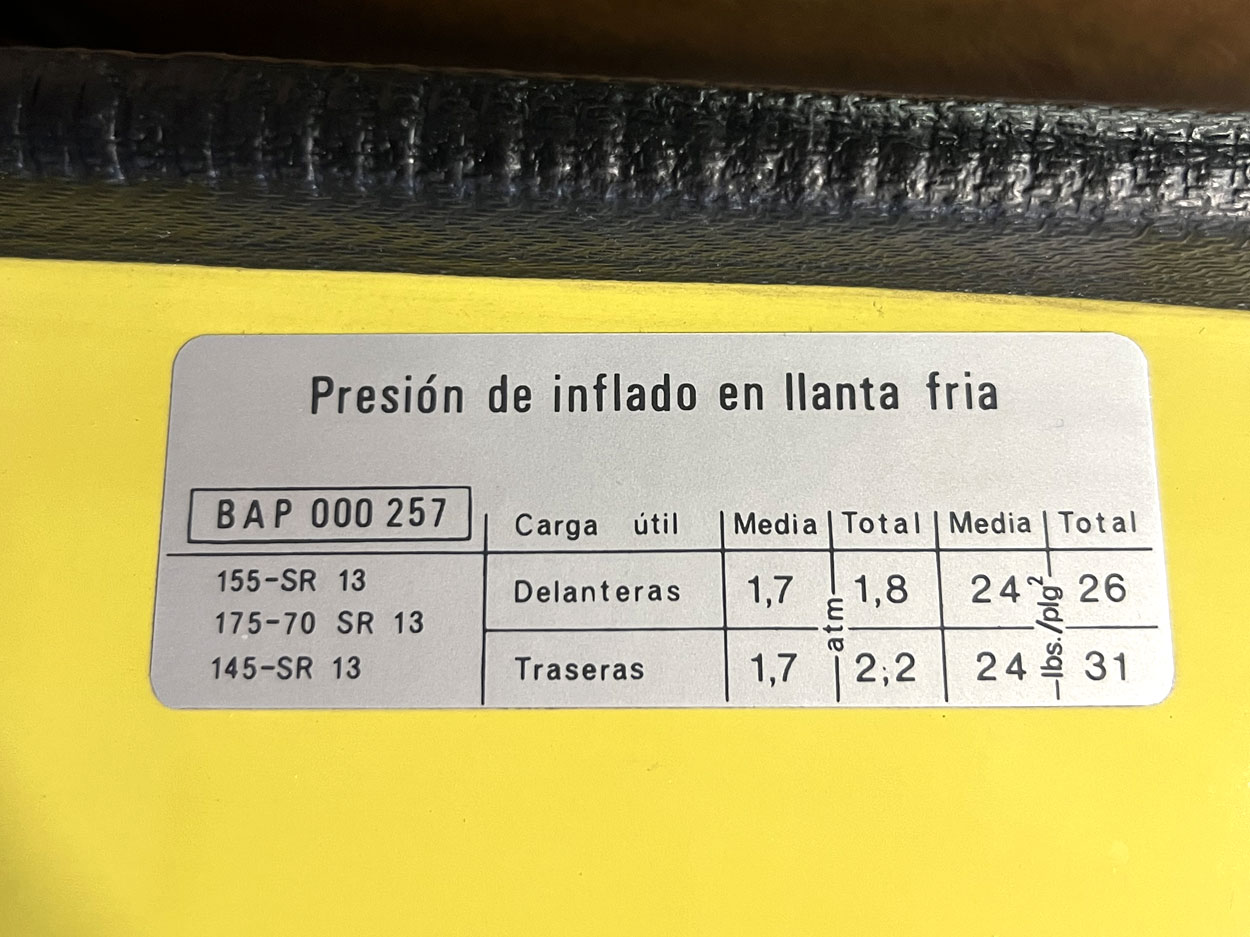
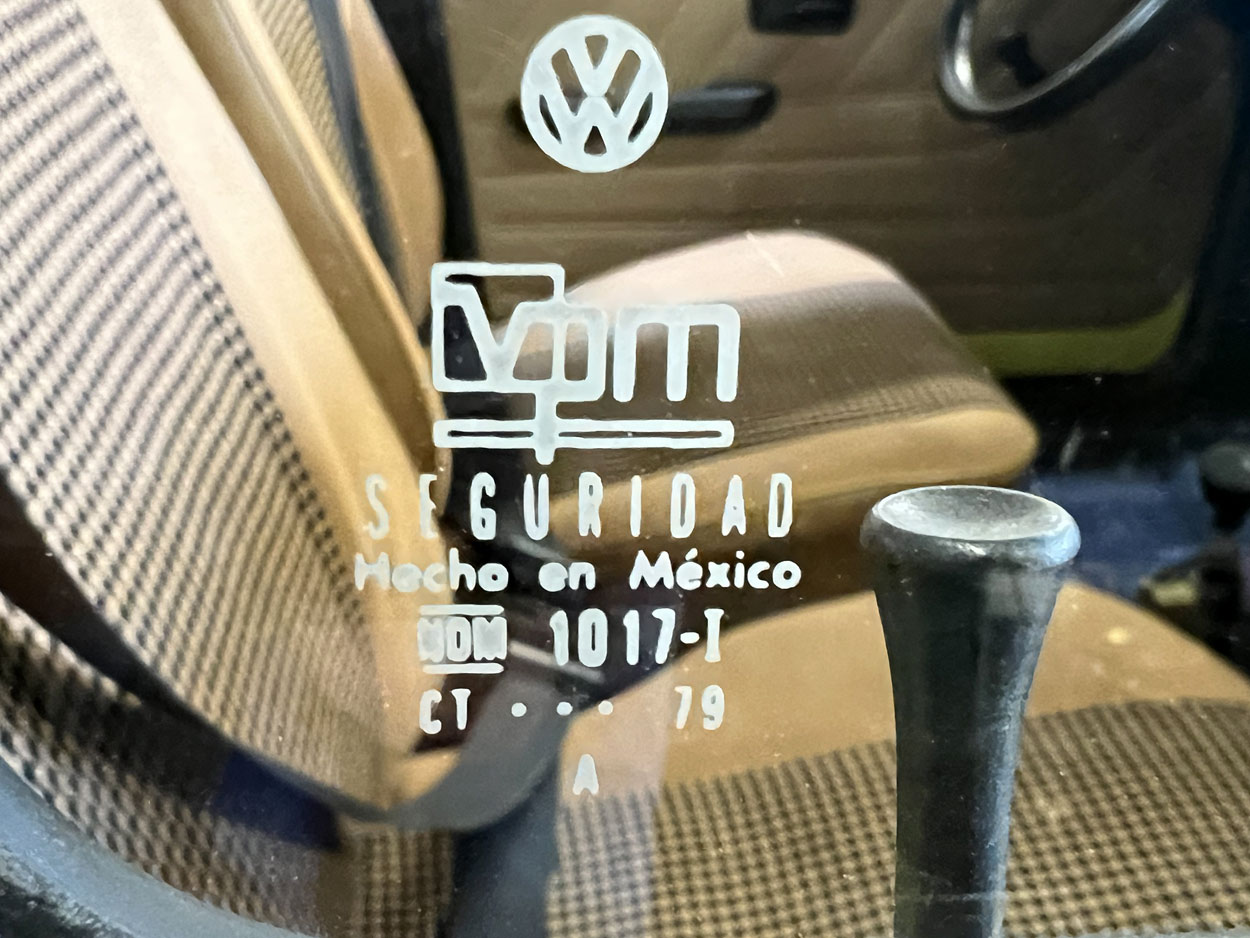
All of the glass is original, including the beautifully preserved windshield, and the rear window still has the original registration stickers from 1980. Back then it cost MX$650 to register the new car, roughly $38 US dollars. Yep.

Service sticker from Renfree Motors in Orange California, done in 1984 at 34,038 Kilometers (21,150 miles).
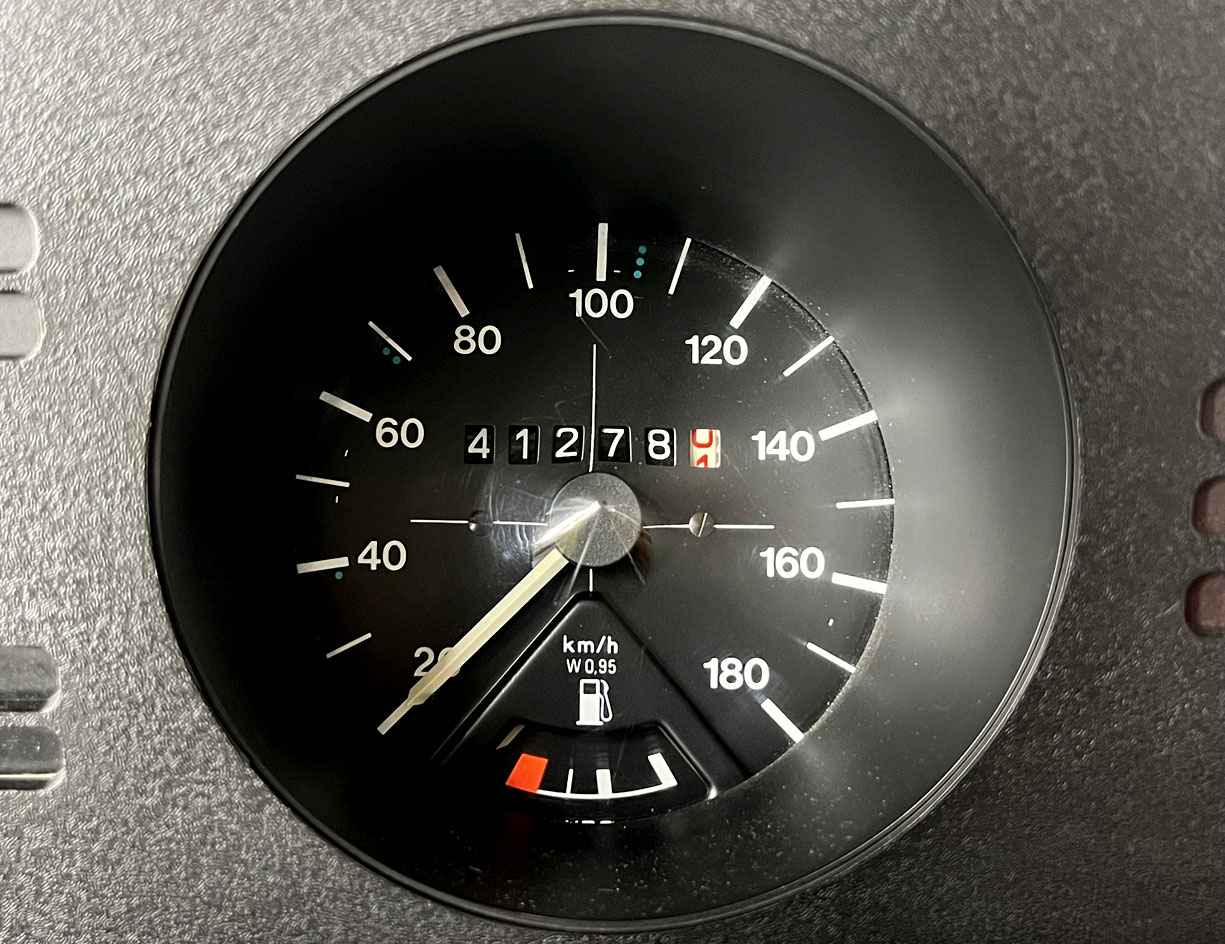
Today, odometer reading is 41,278 Kilometer, converted to 25,649 miles.
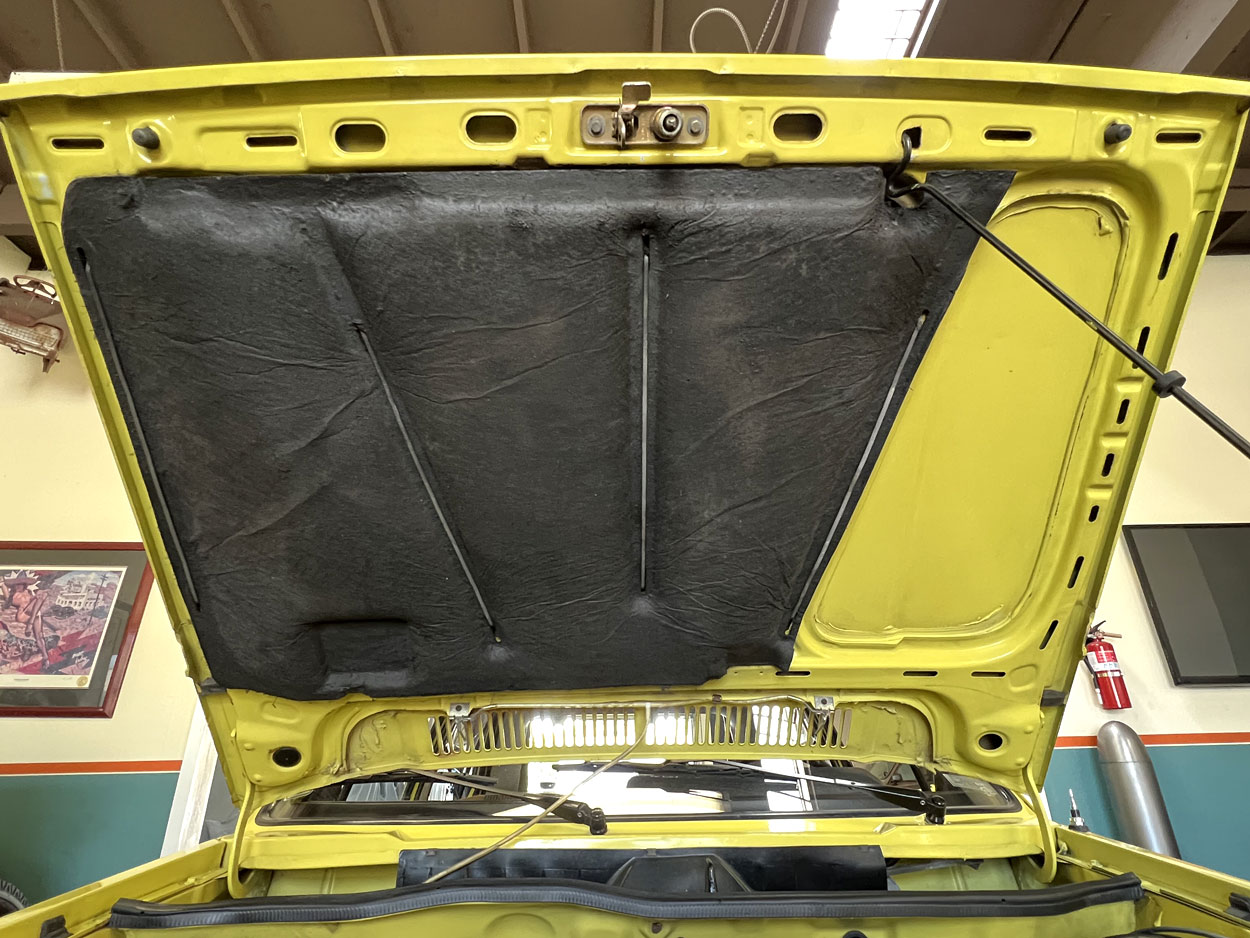
Moving on to the engine compartment, we find a clean original hood pad.

engine itself is as clean as they come. It totally belies its age of 43 years.
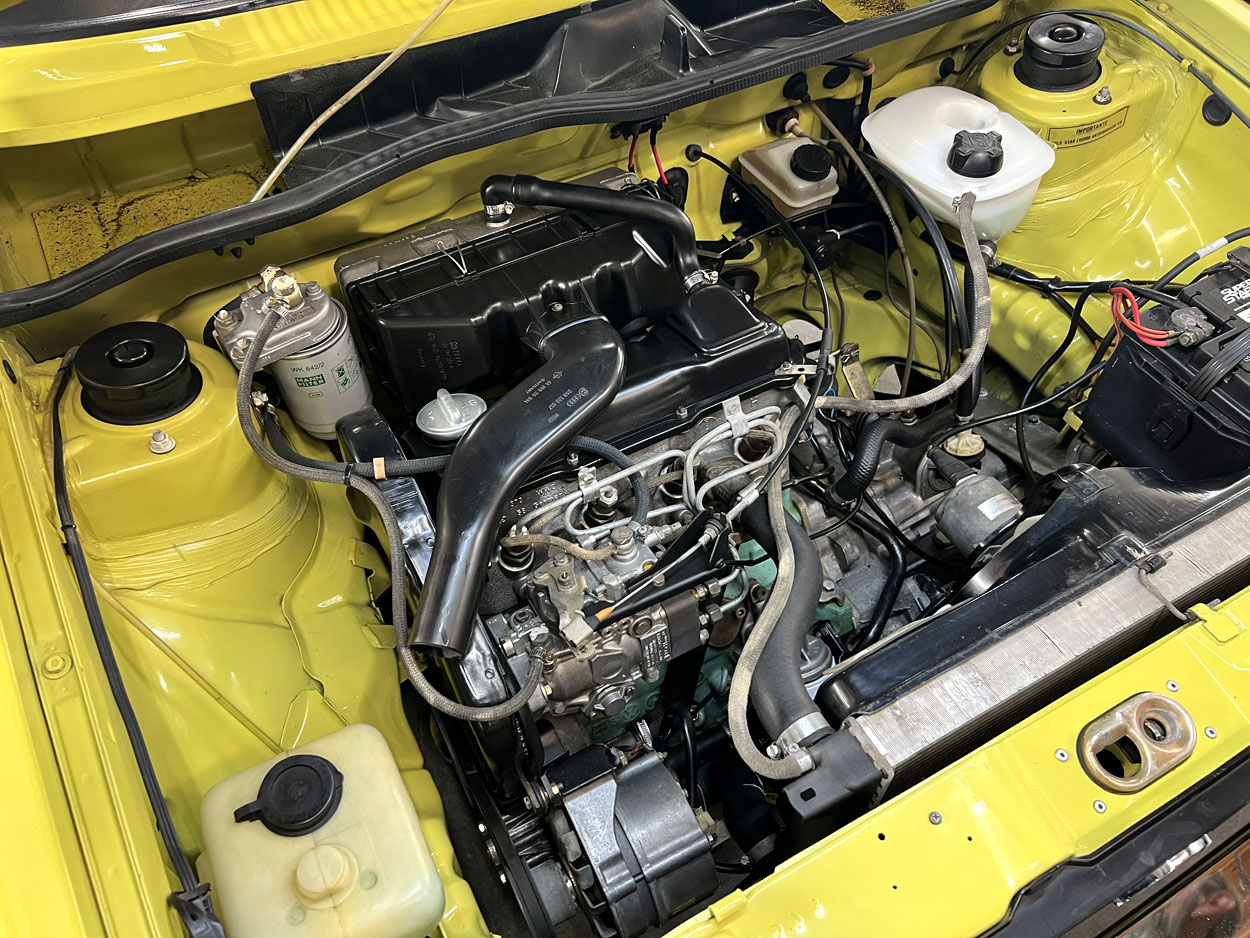
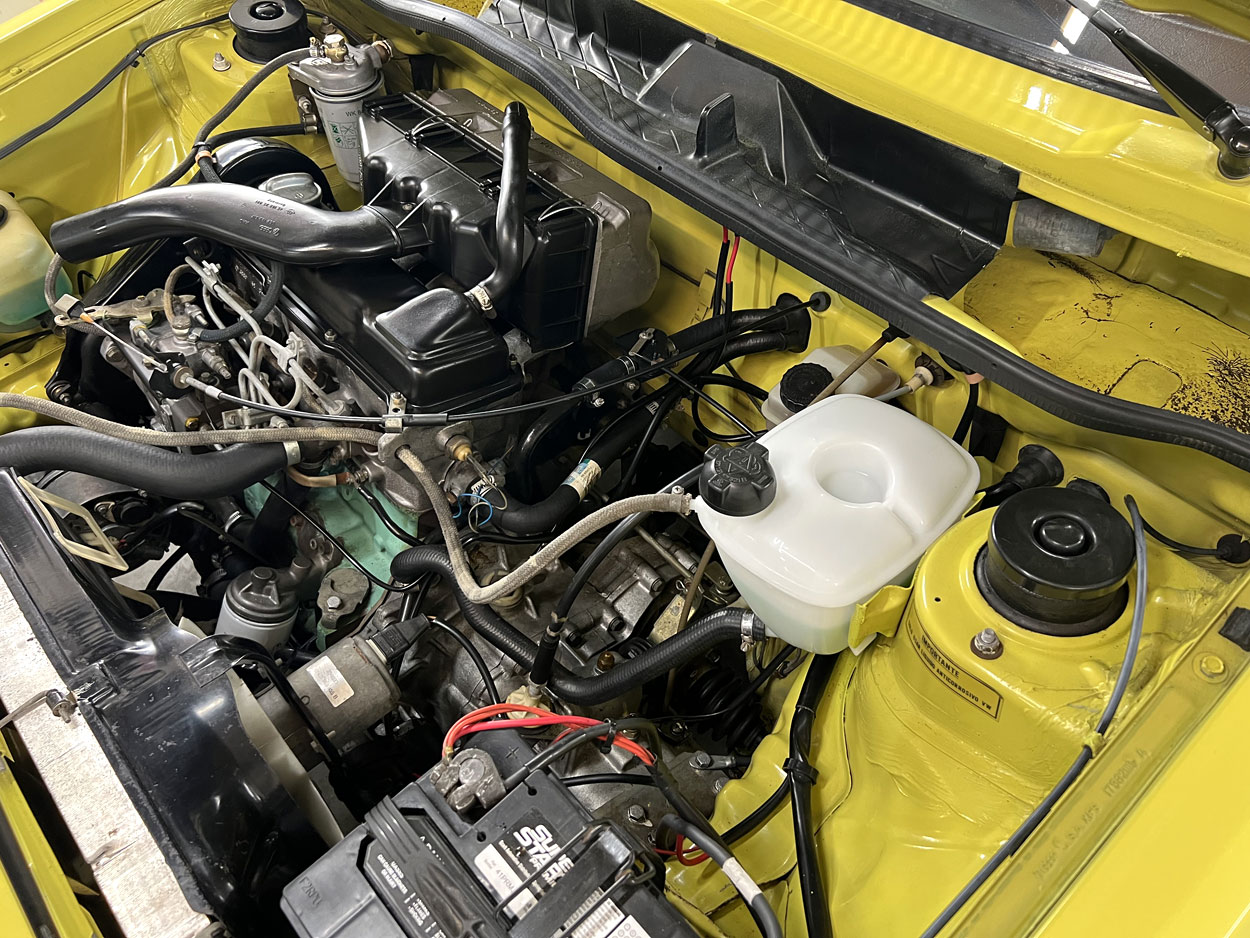
There are absolutely no issues with this engine. It starts and runs like a brand new one, with no leaks of any kind, no smoke, no ill behavior.
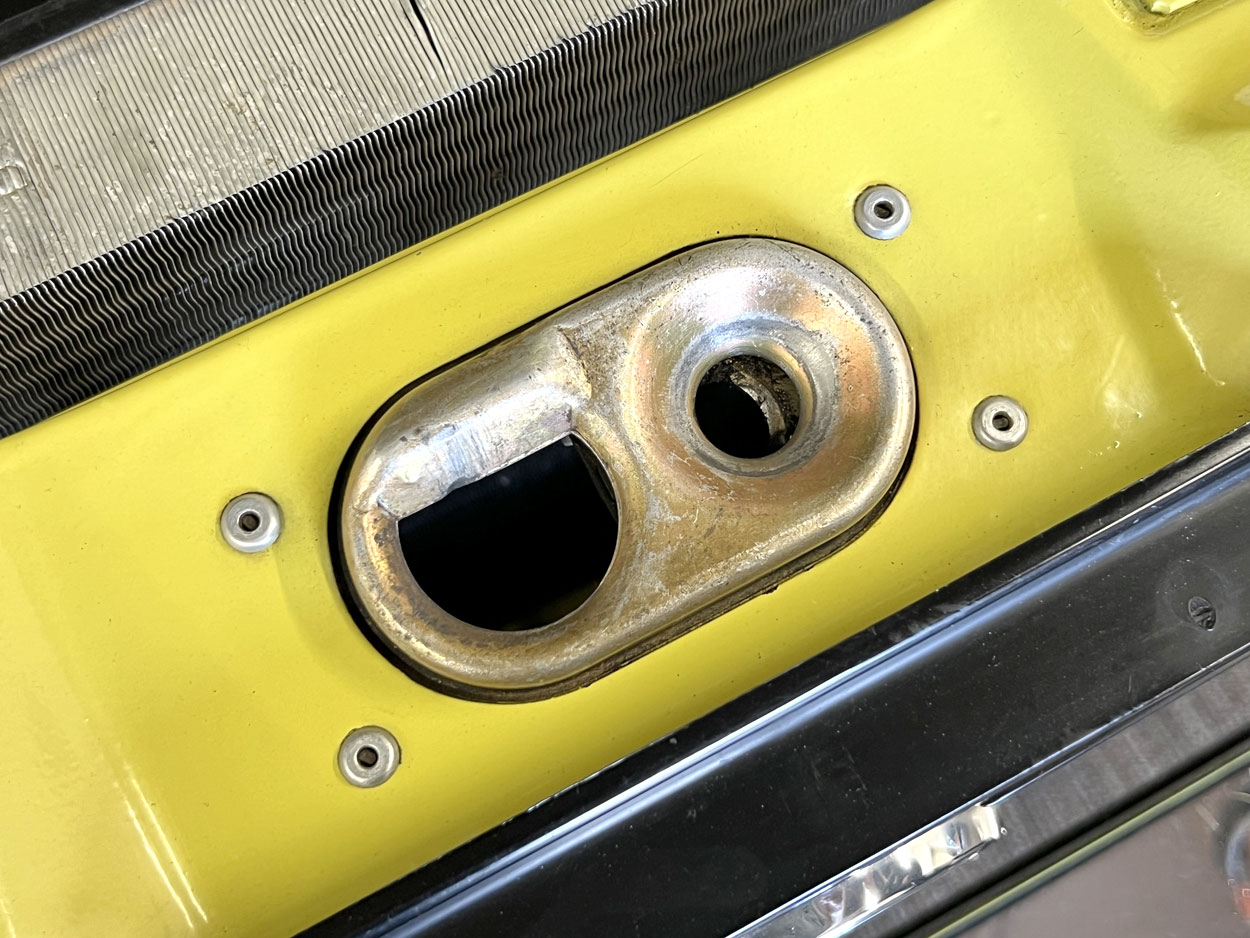
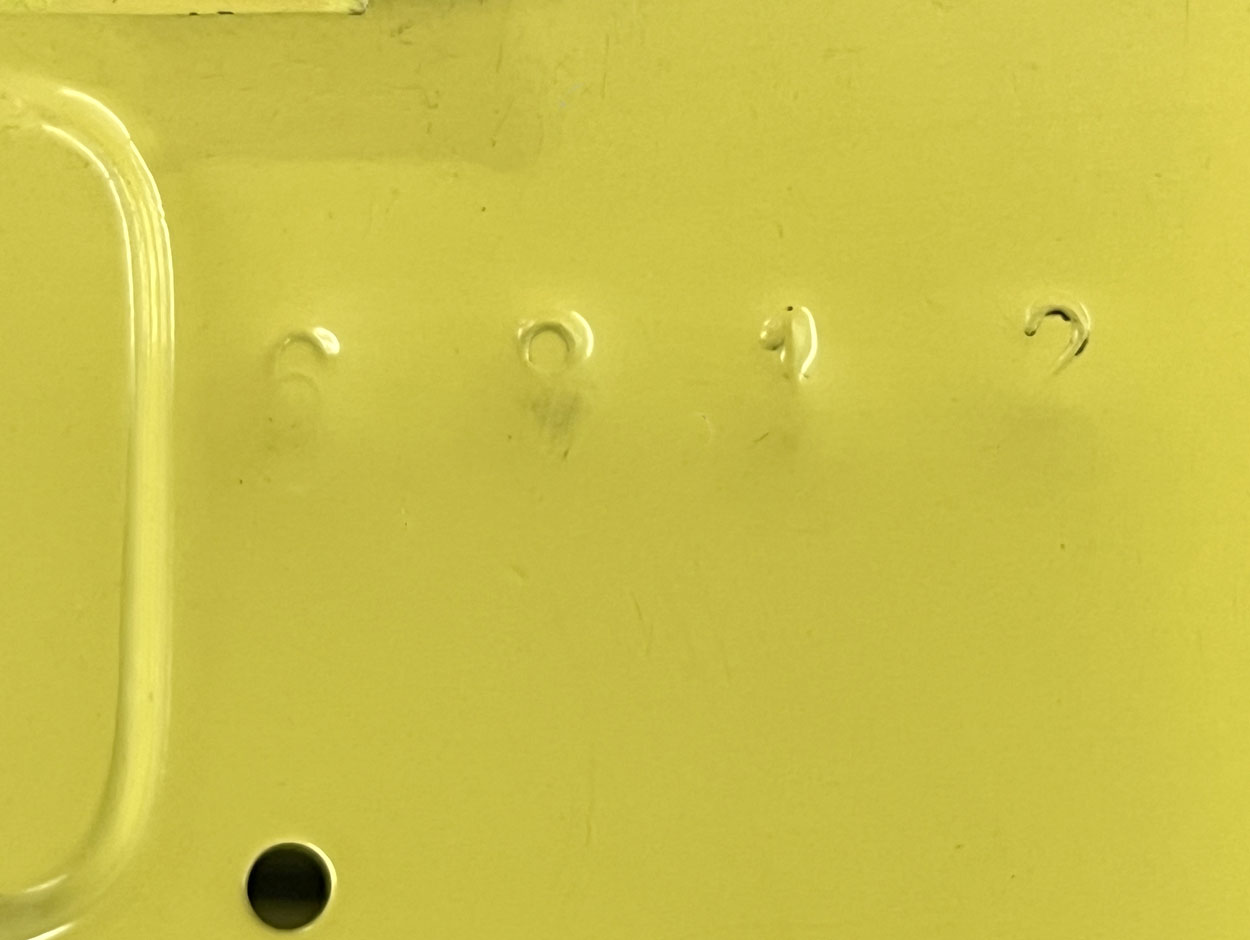
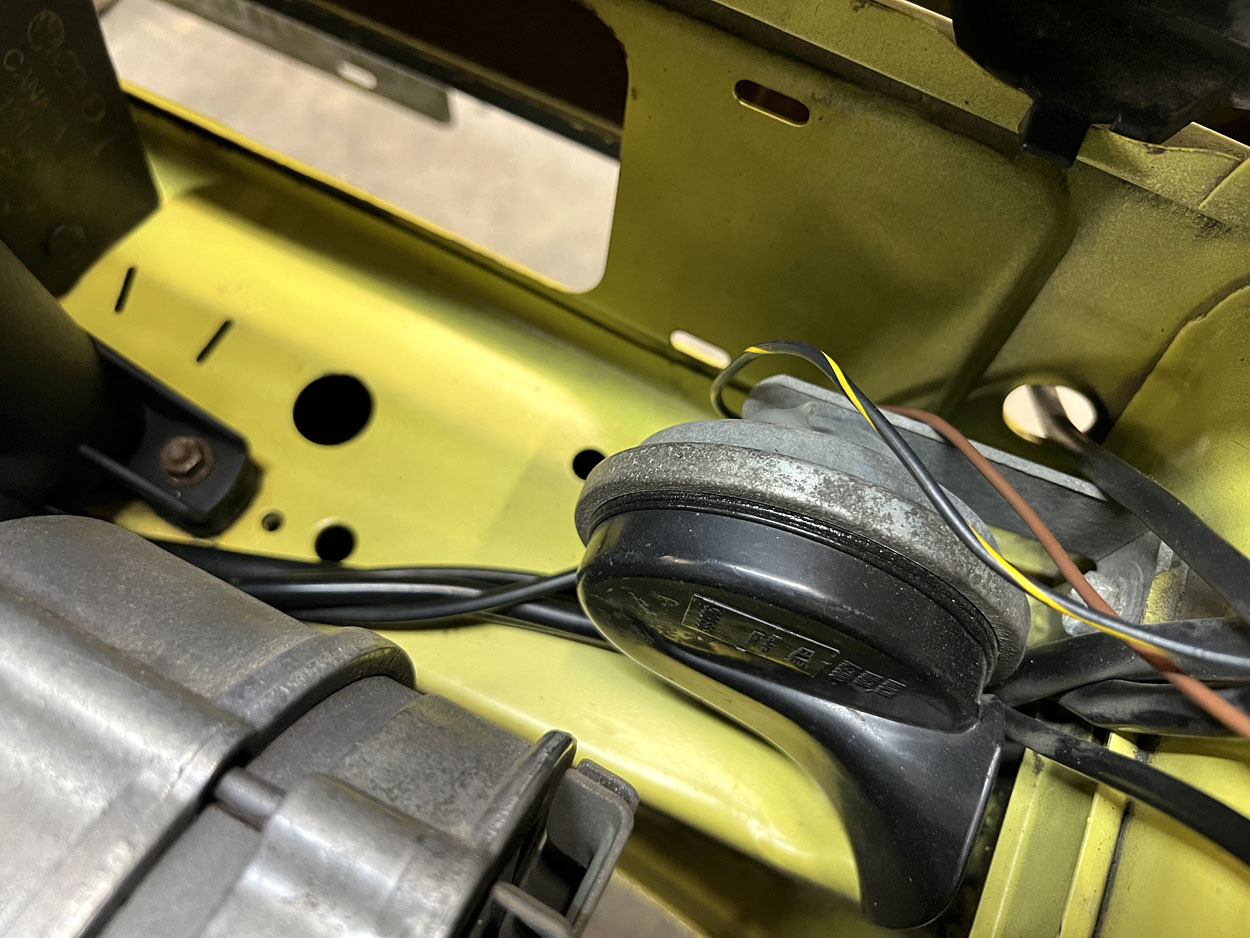
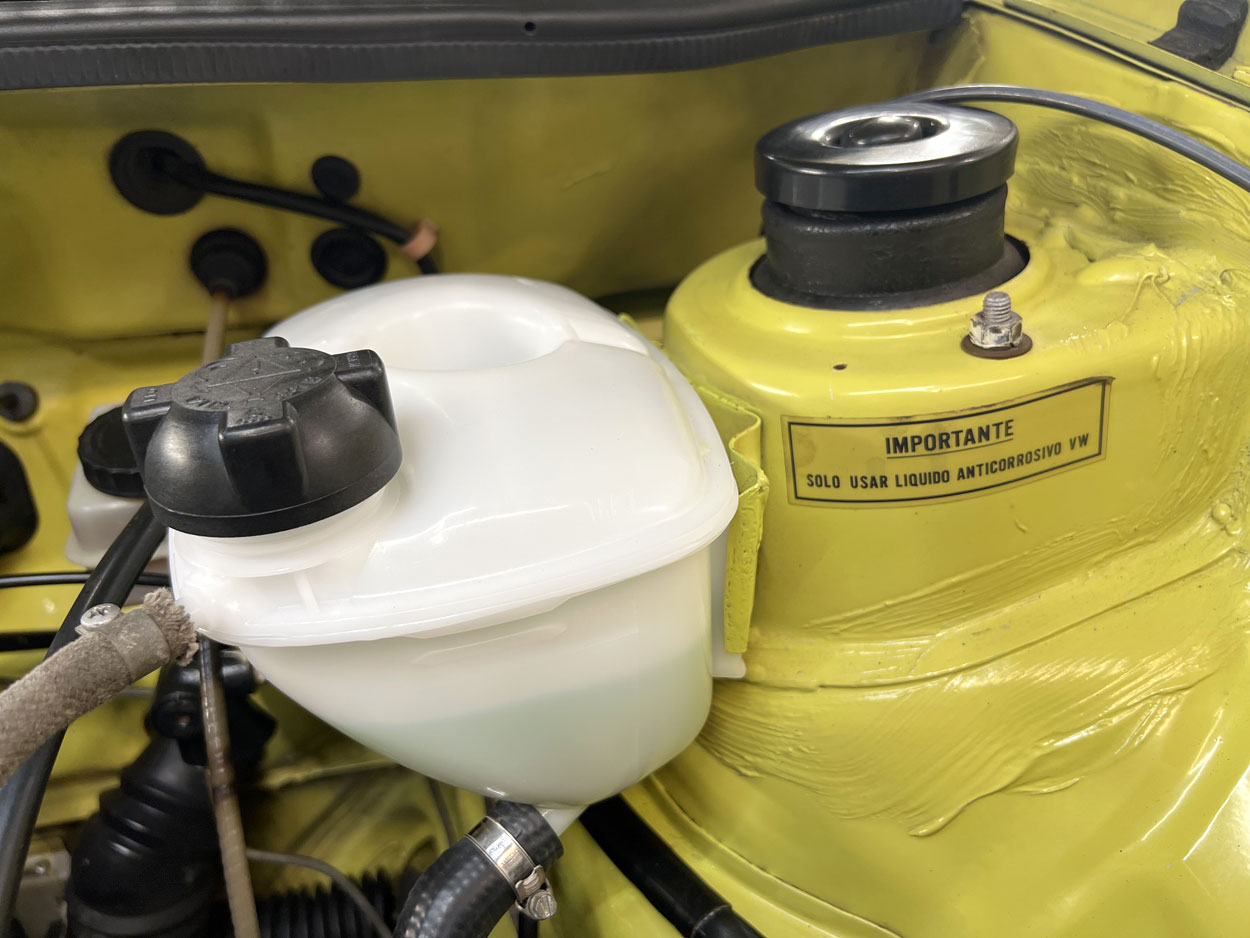
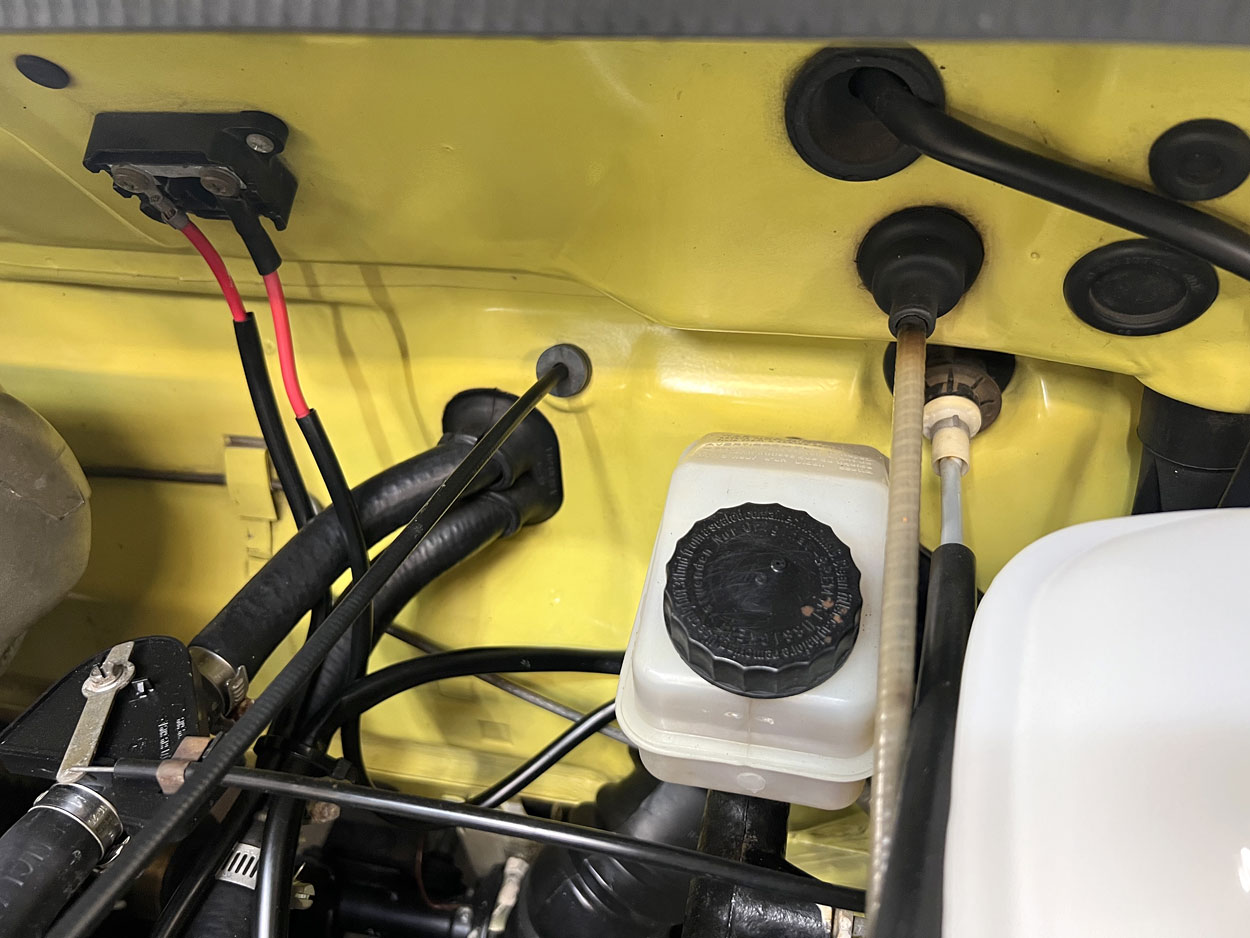
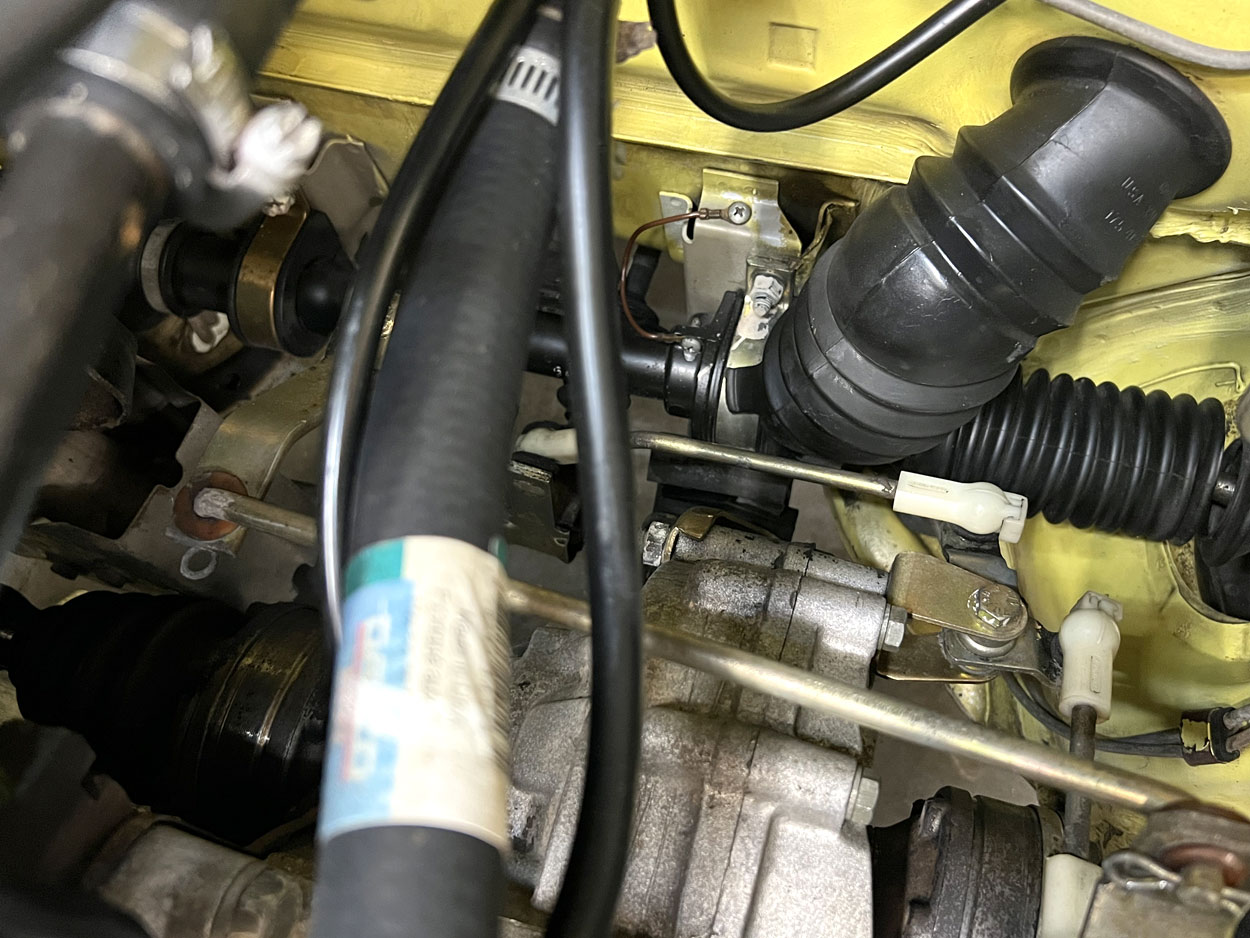
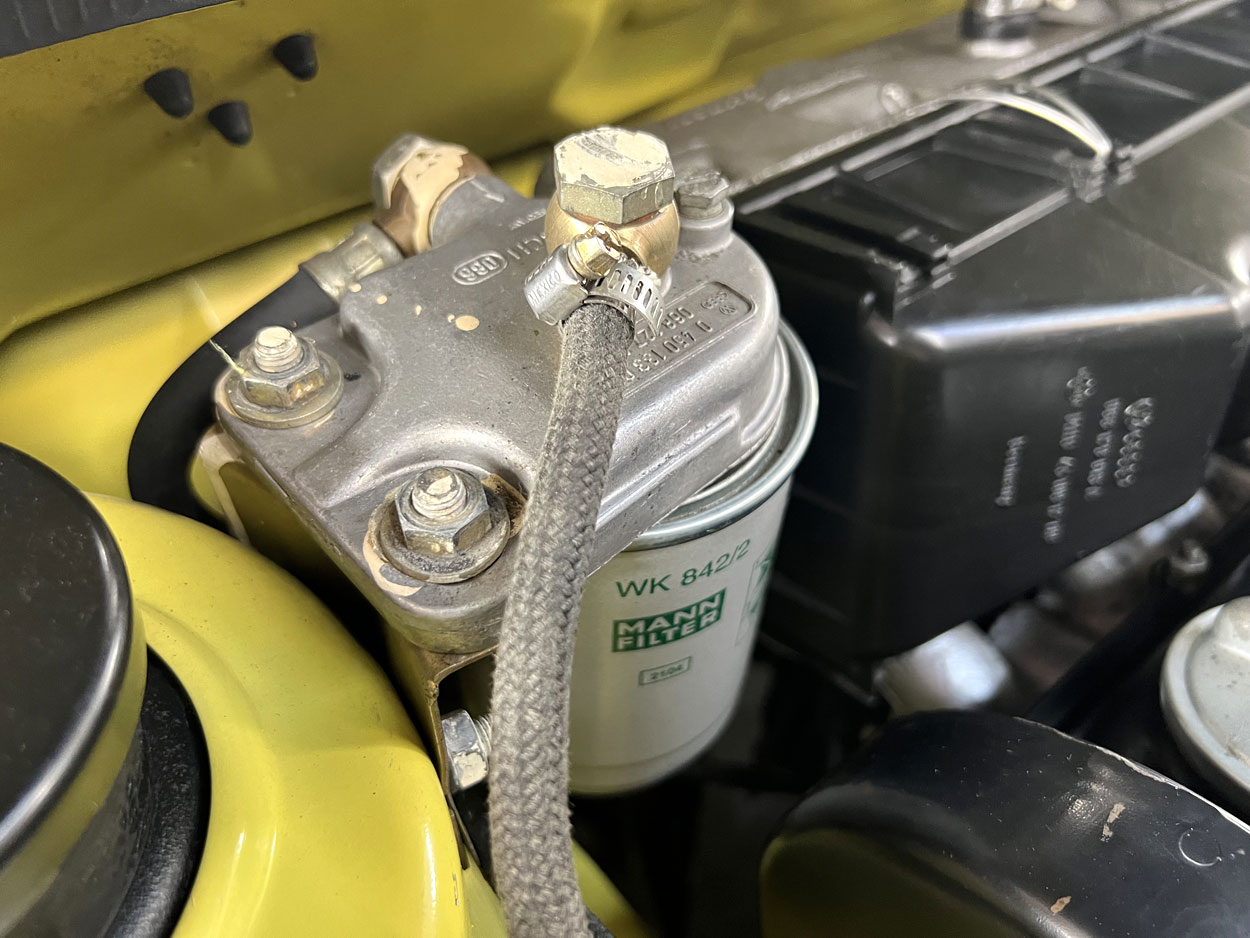
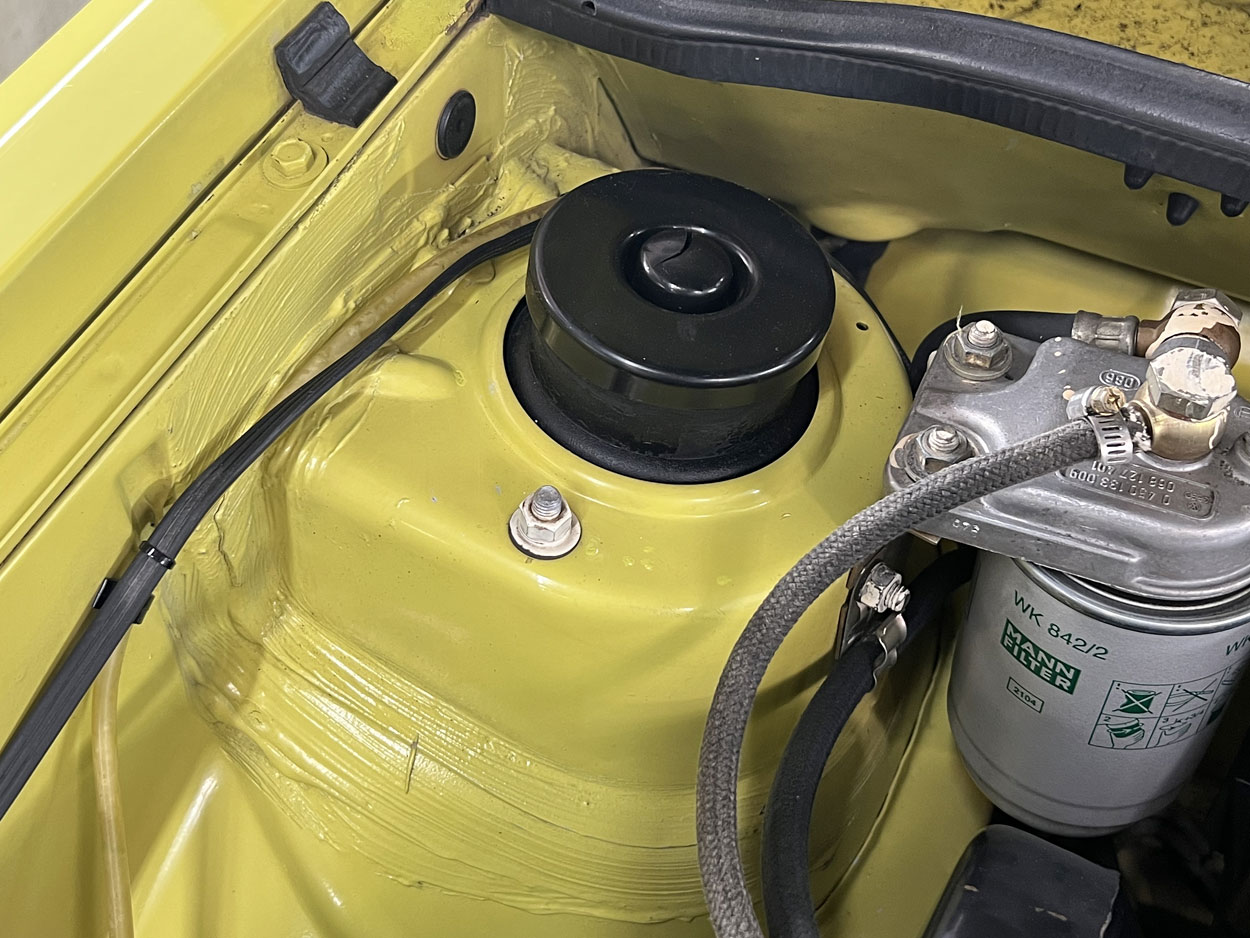
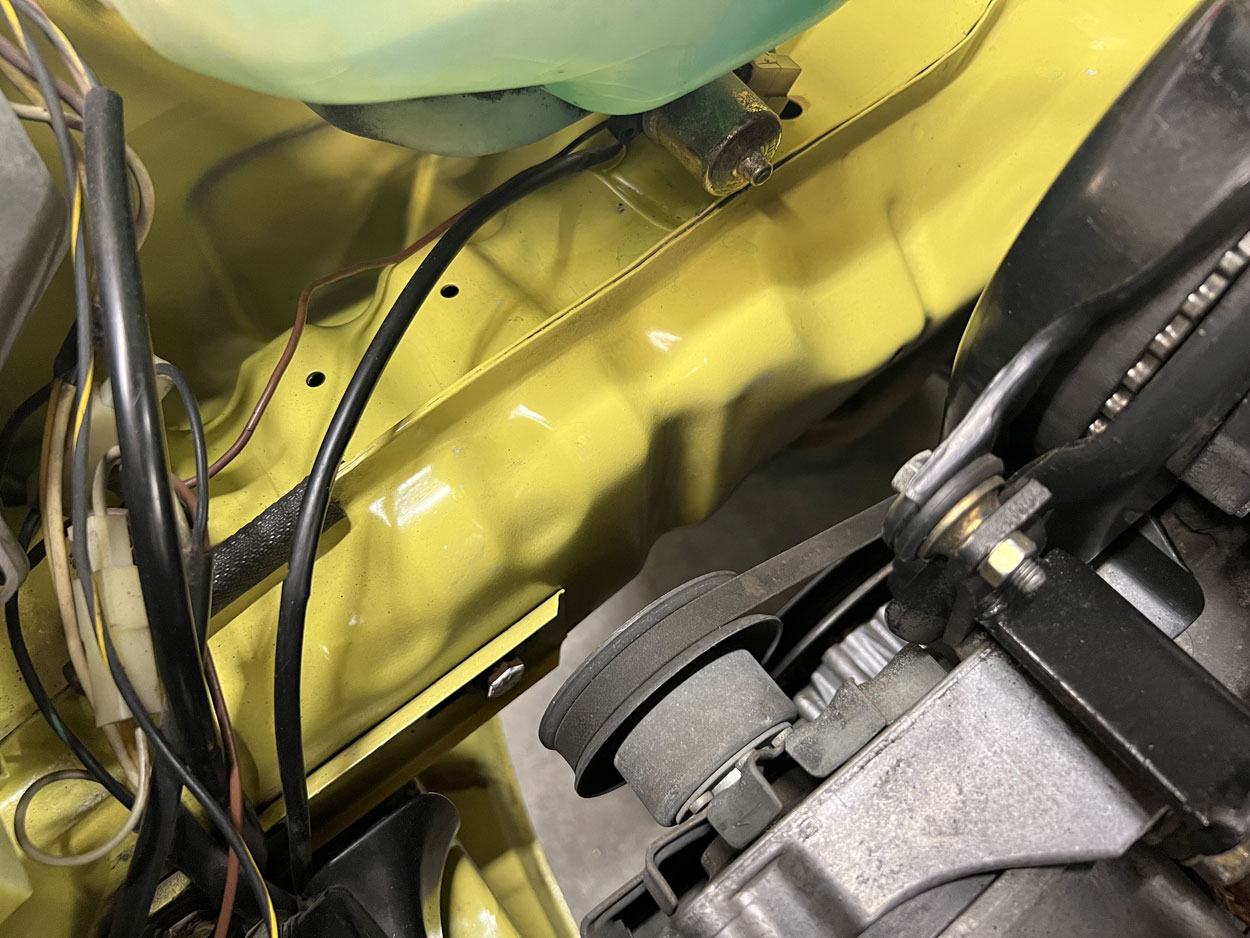
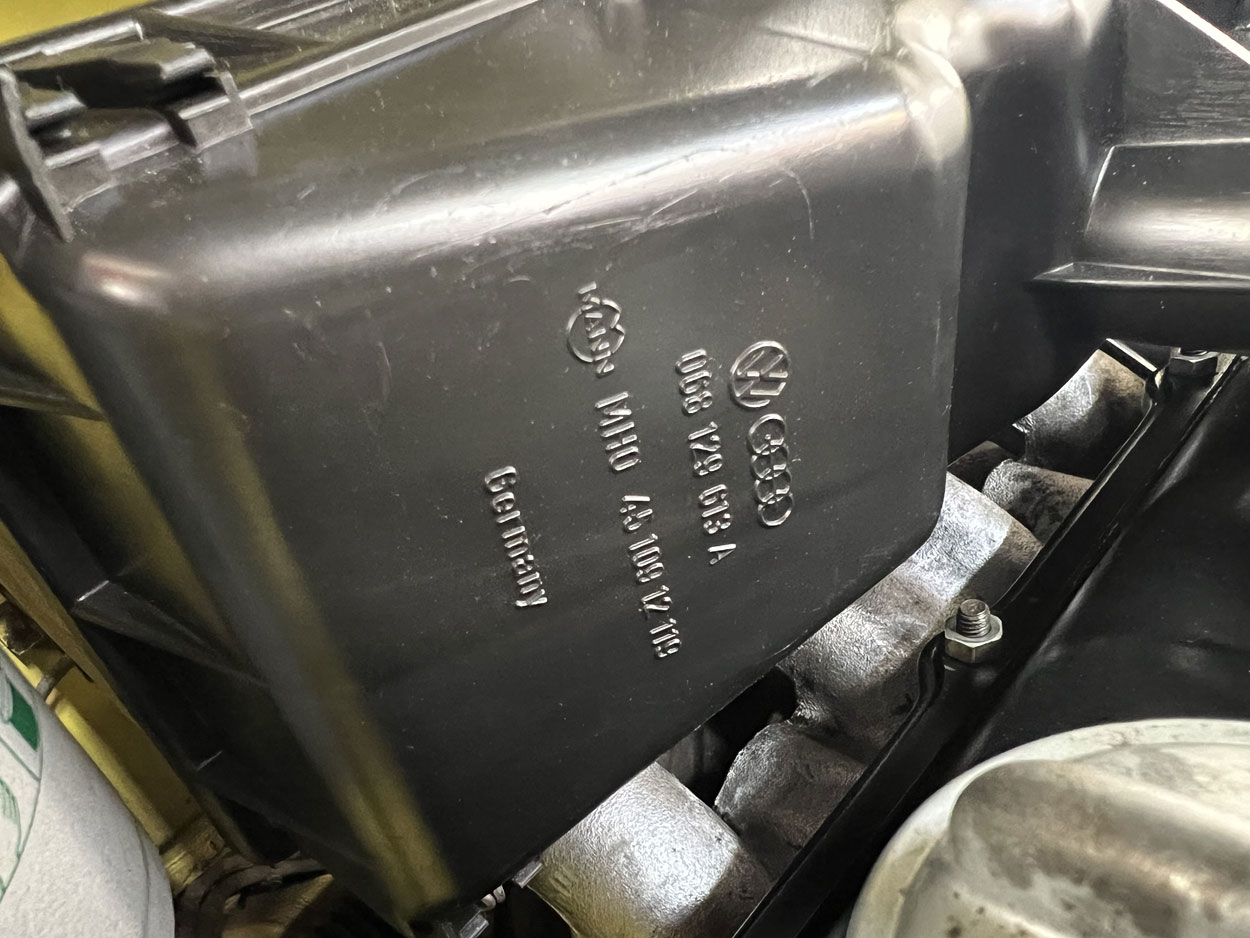
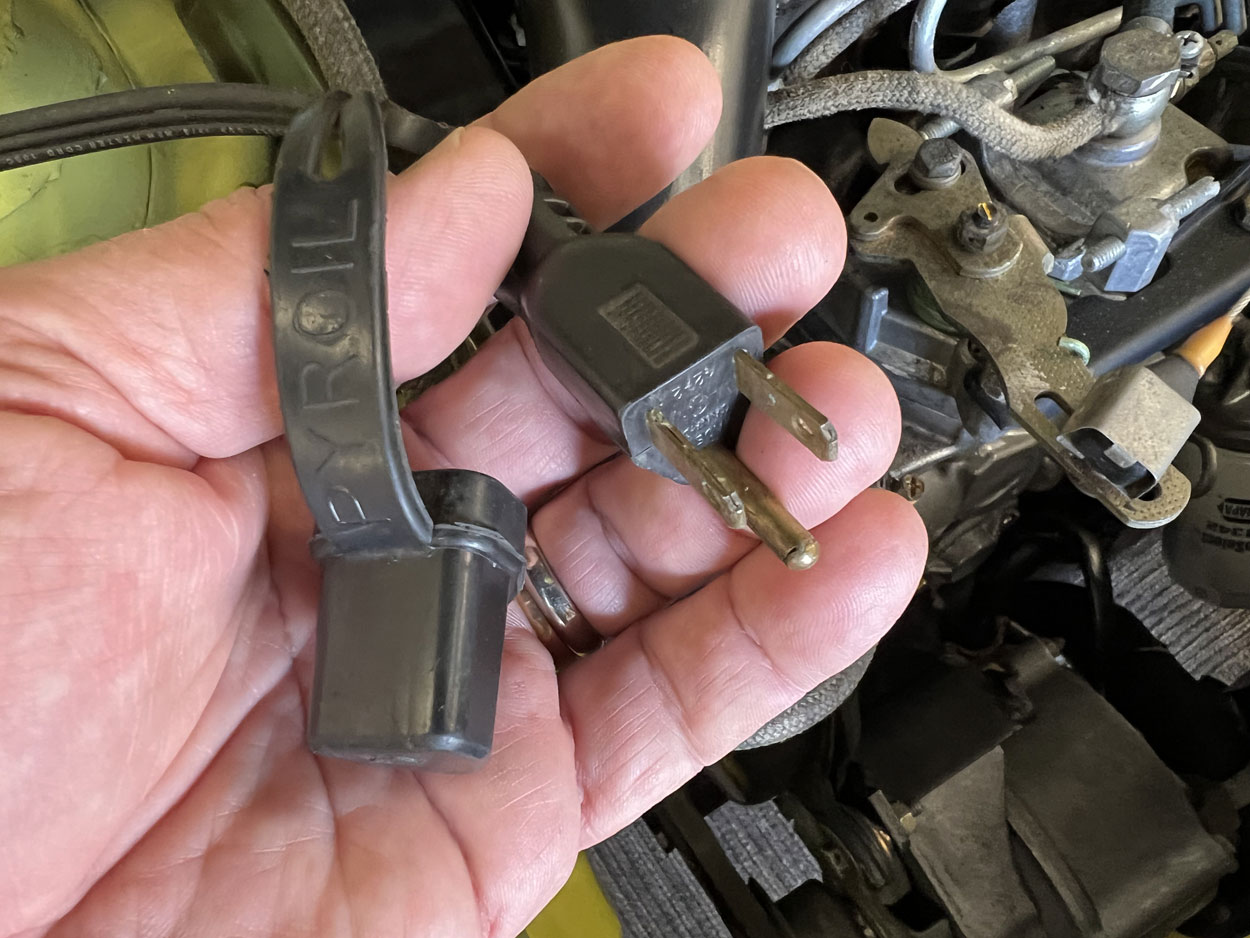
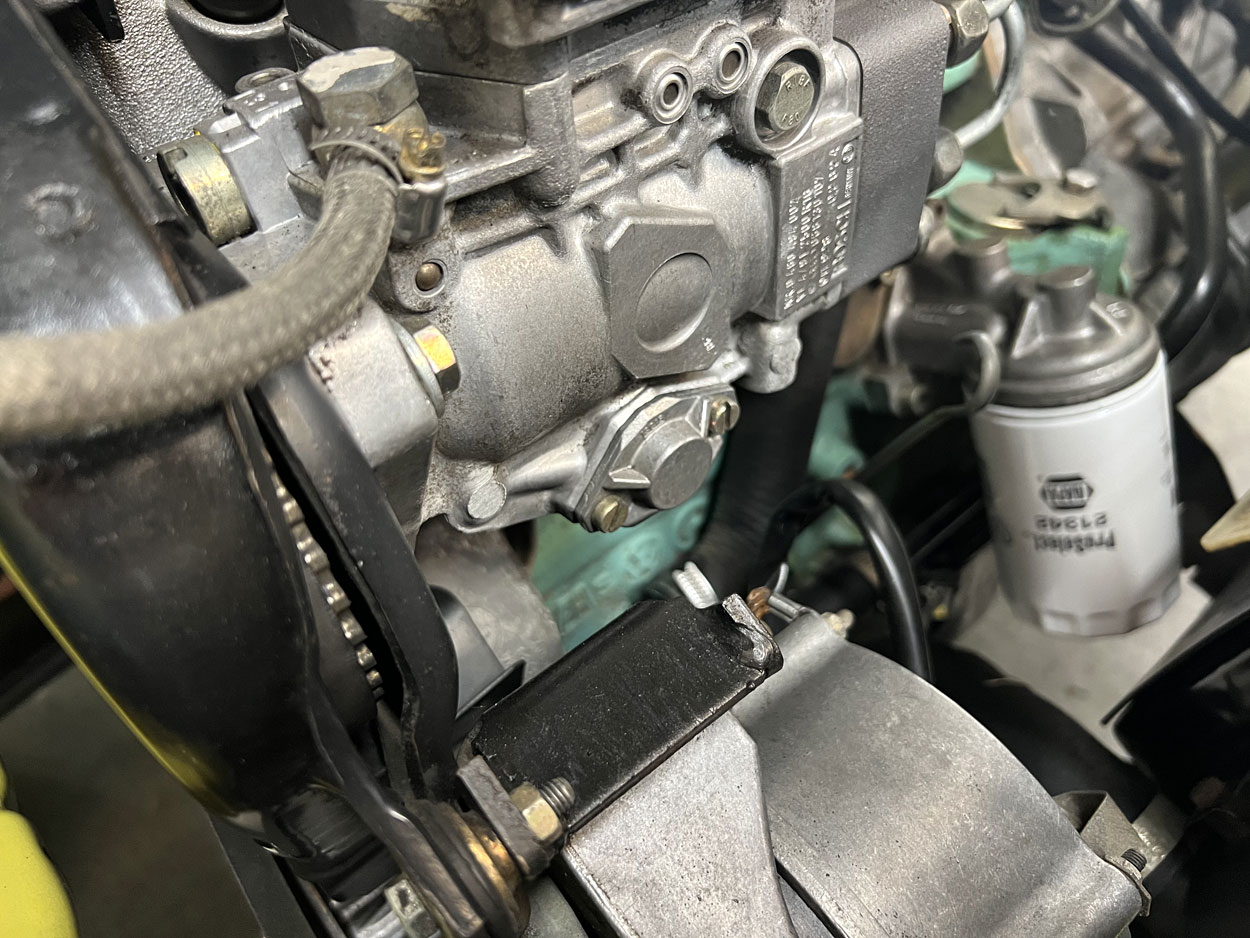
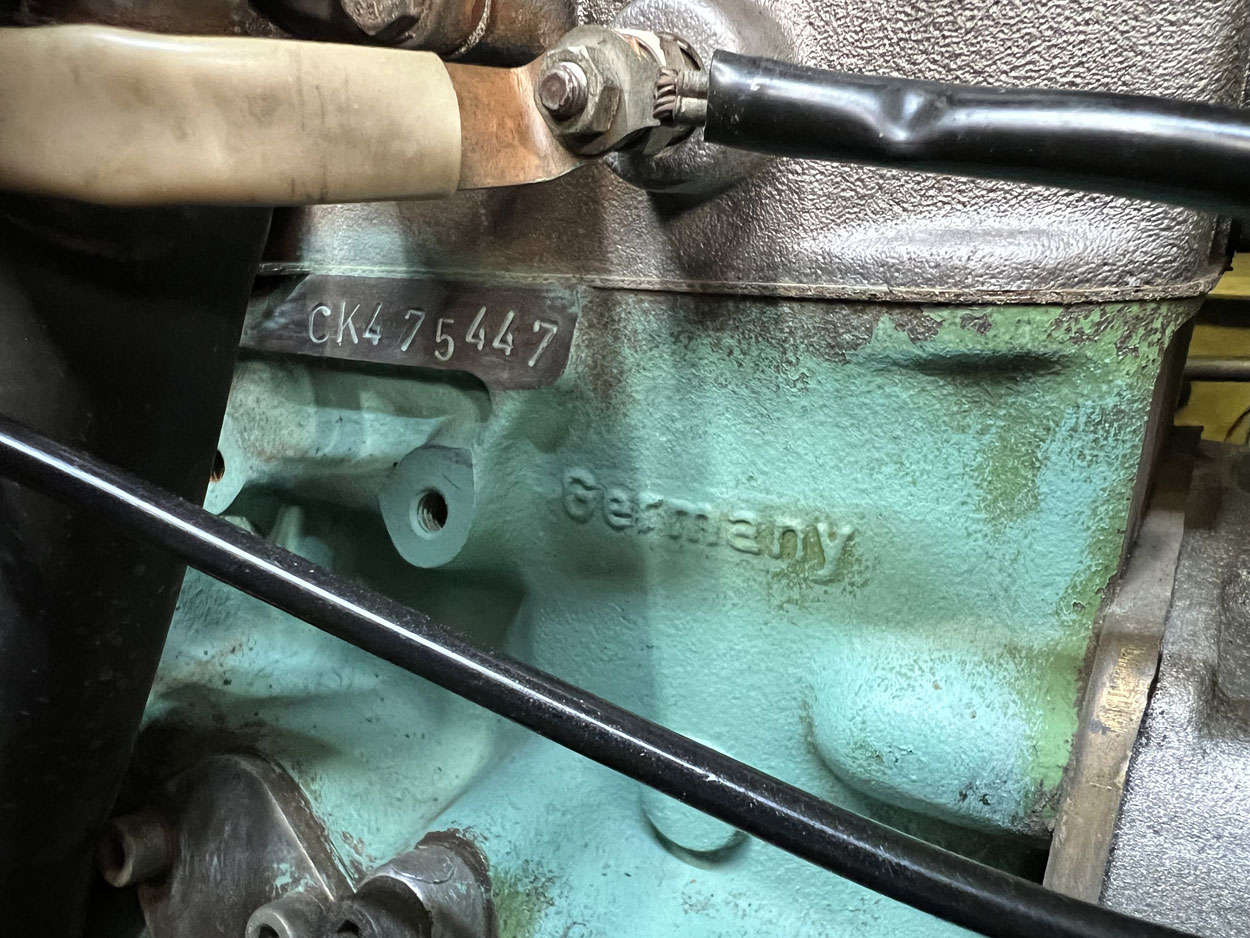
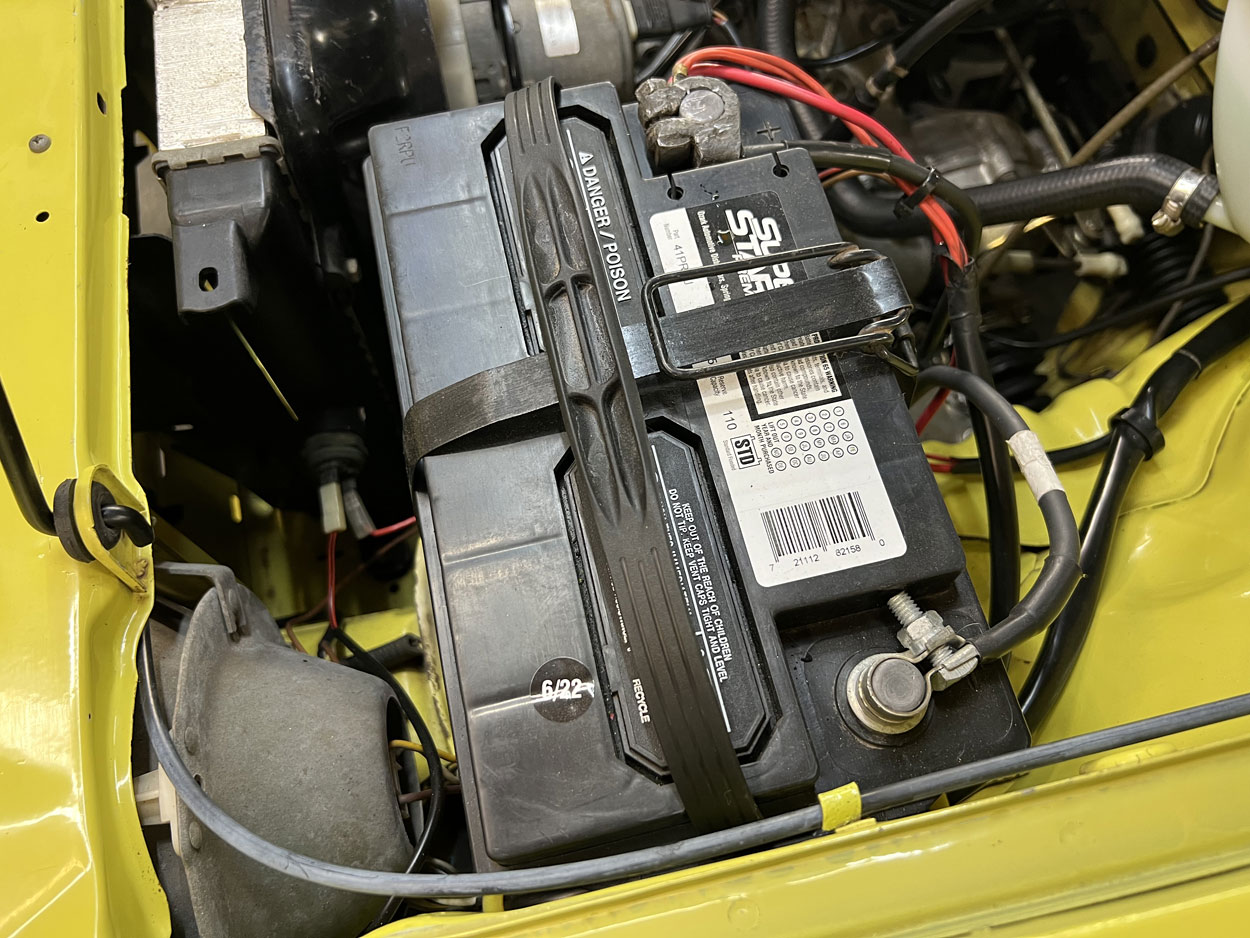
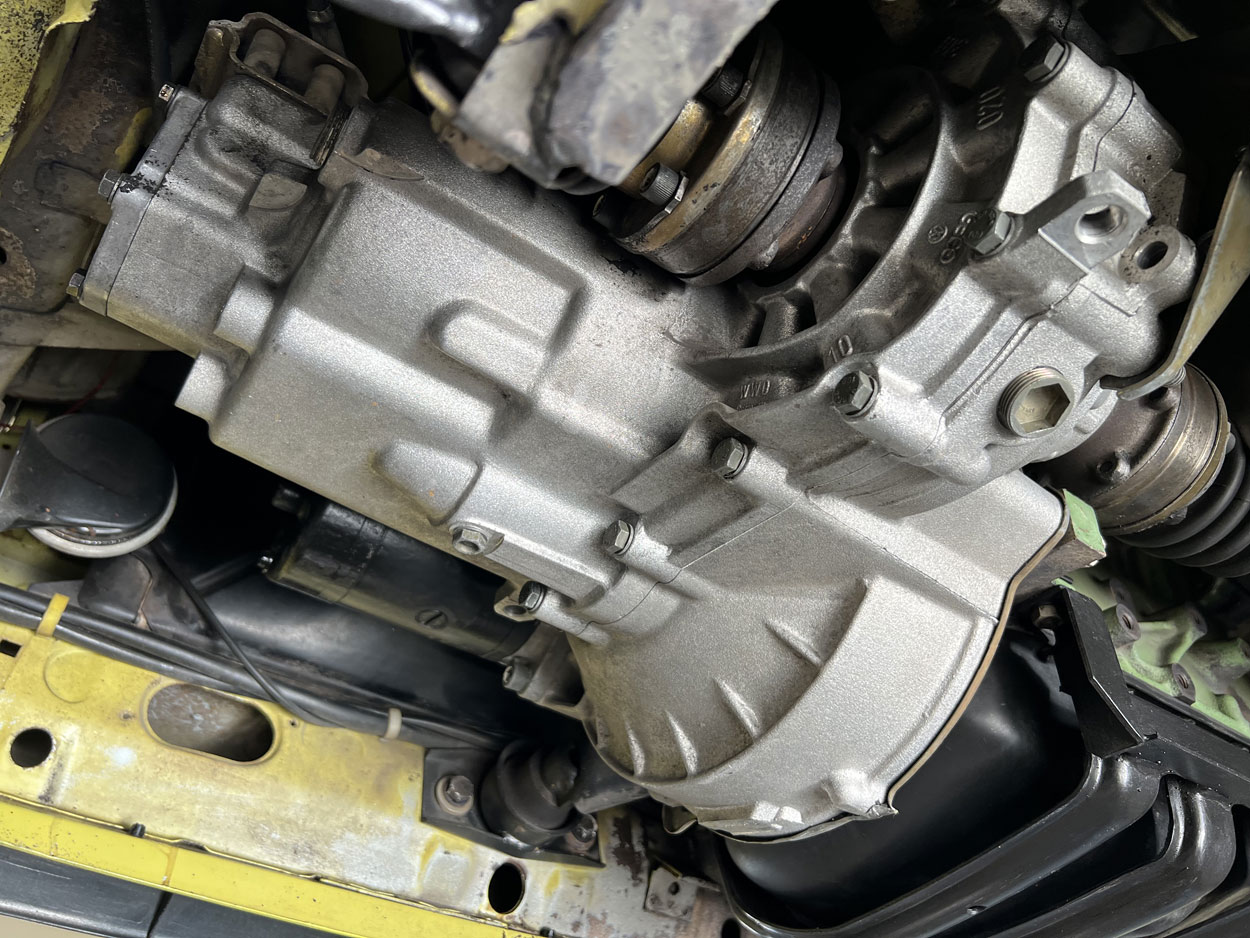
Above: details of engine compartment.

Front license plate is the original one, issued in Sinola in February of 1980.
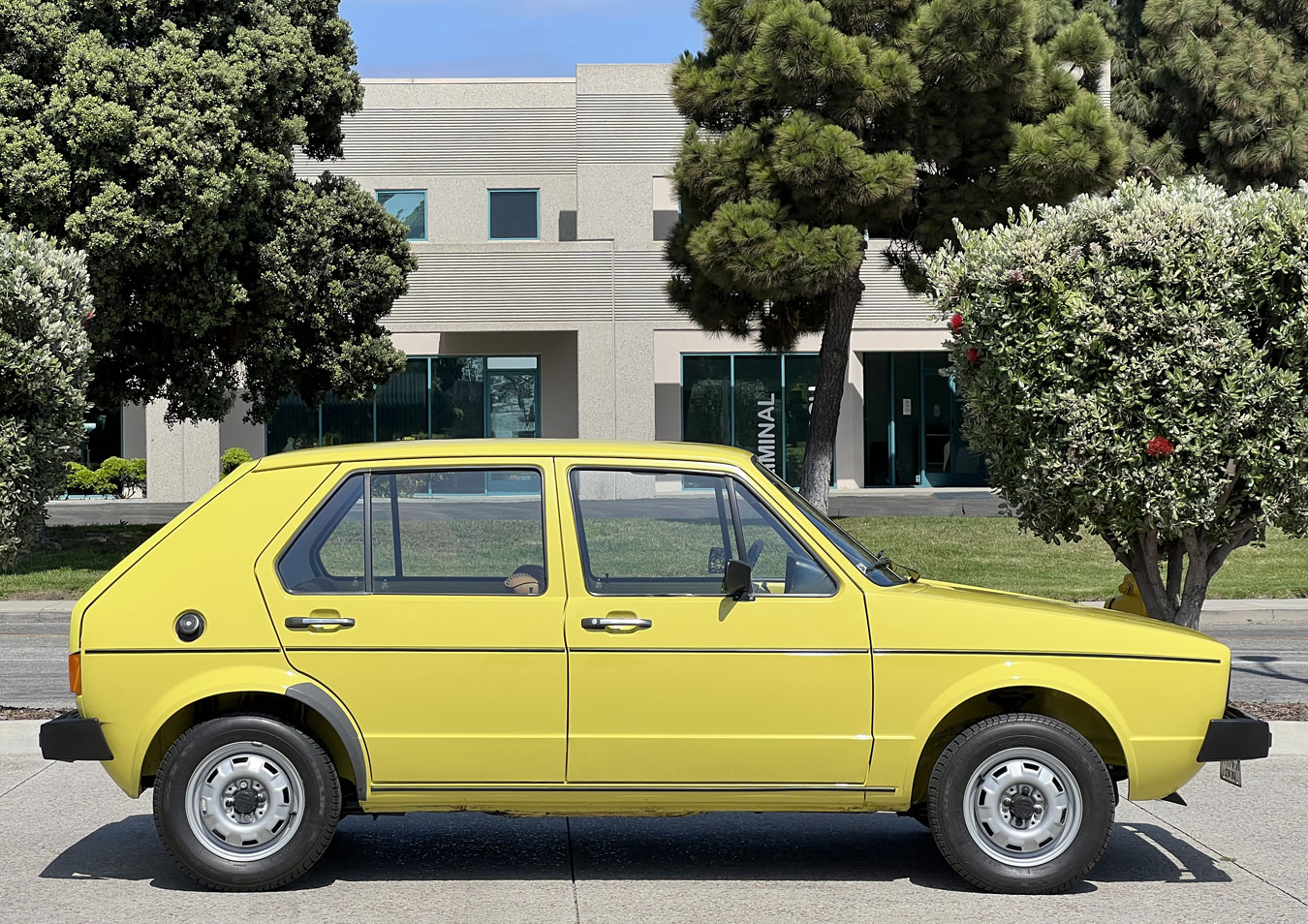
Body has never been apart and all the gaps and shut lines are perfect. All glass is original as well, and as far as we can tell, even all of the weatherstripping. Only in a garage could a car's paint survive decades without fading.
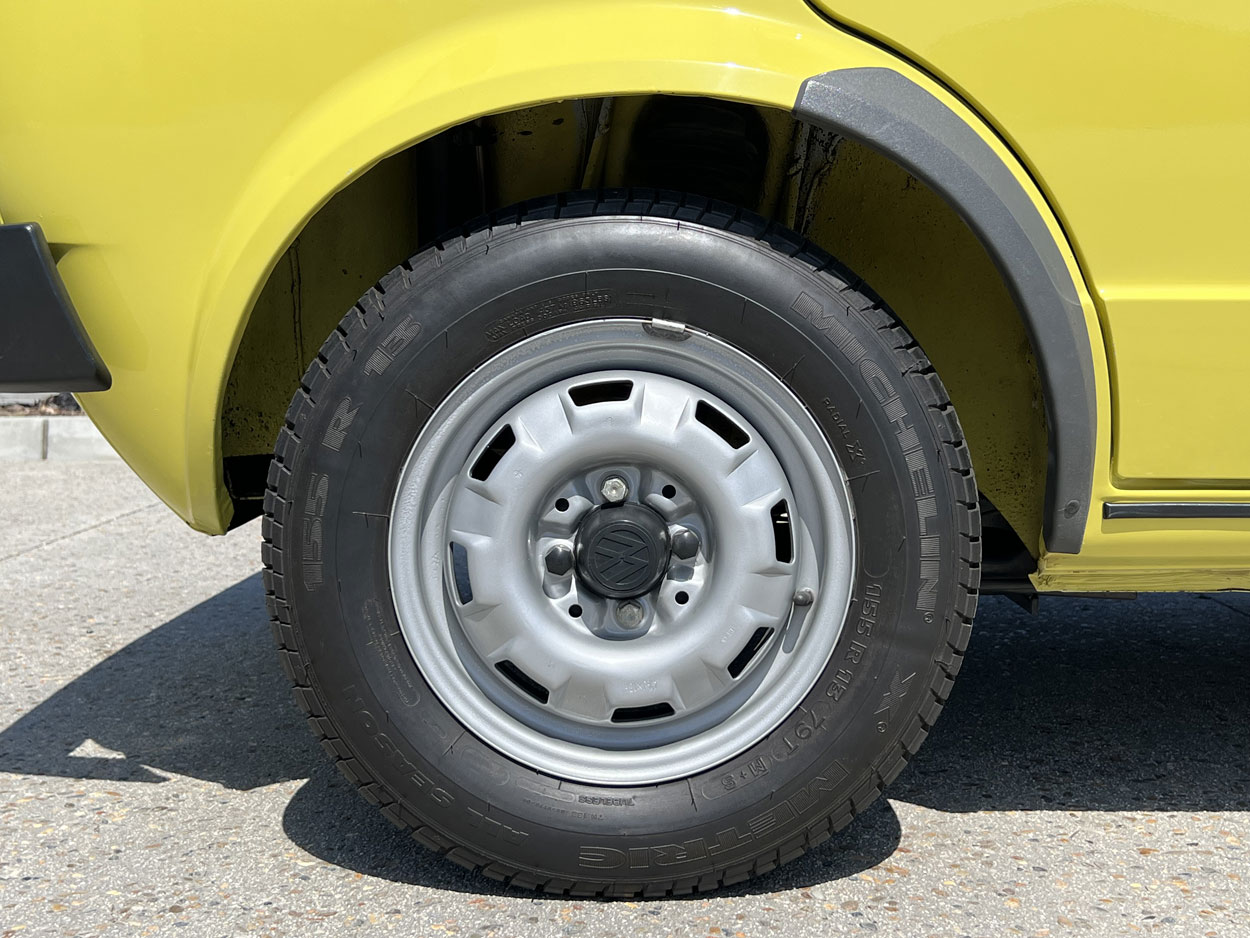
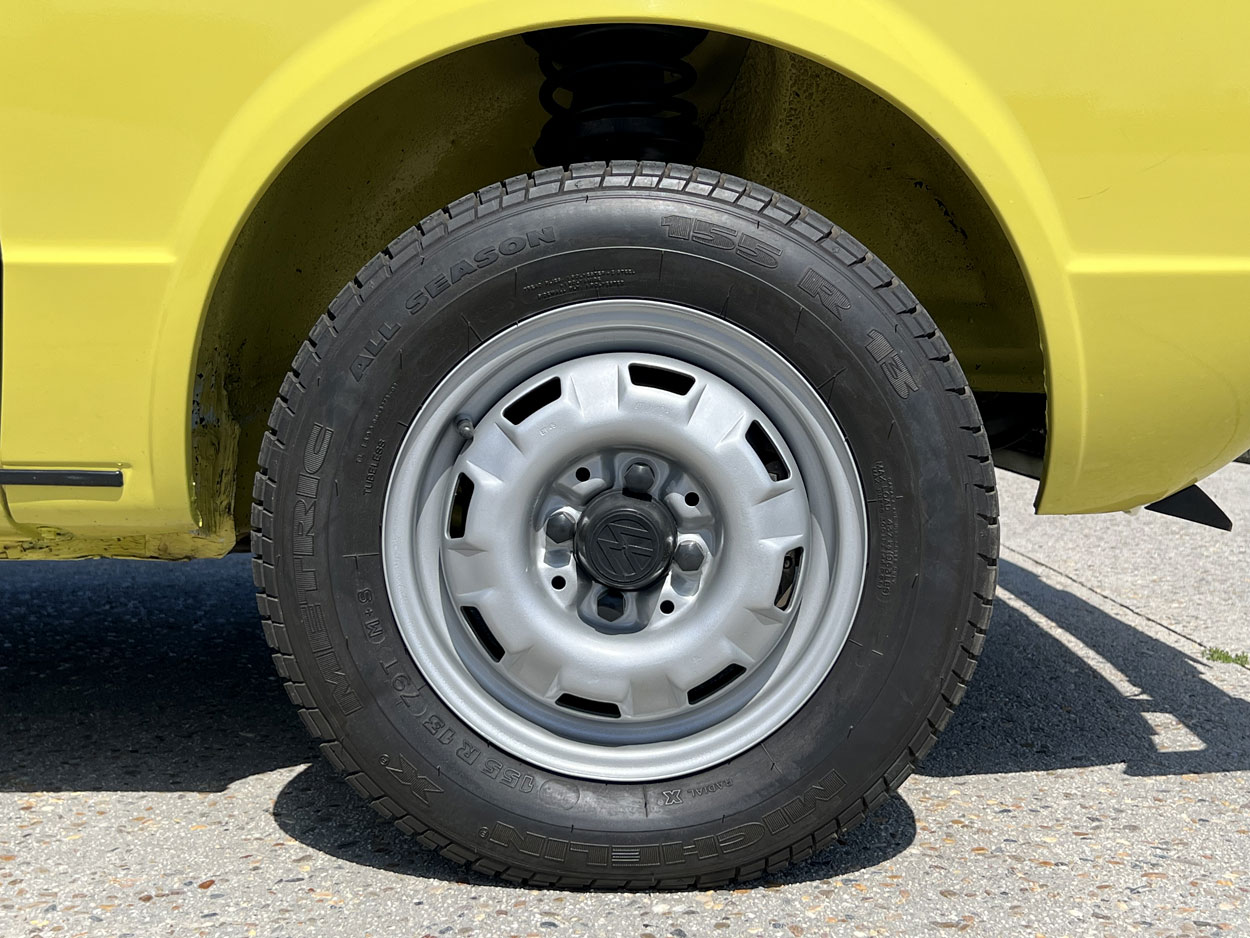
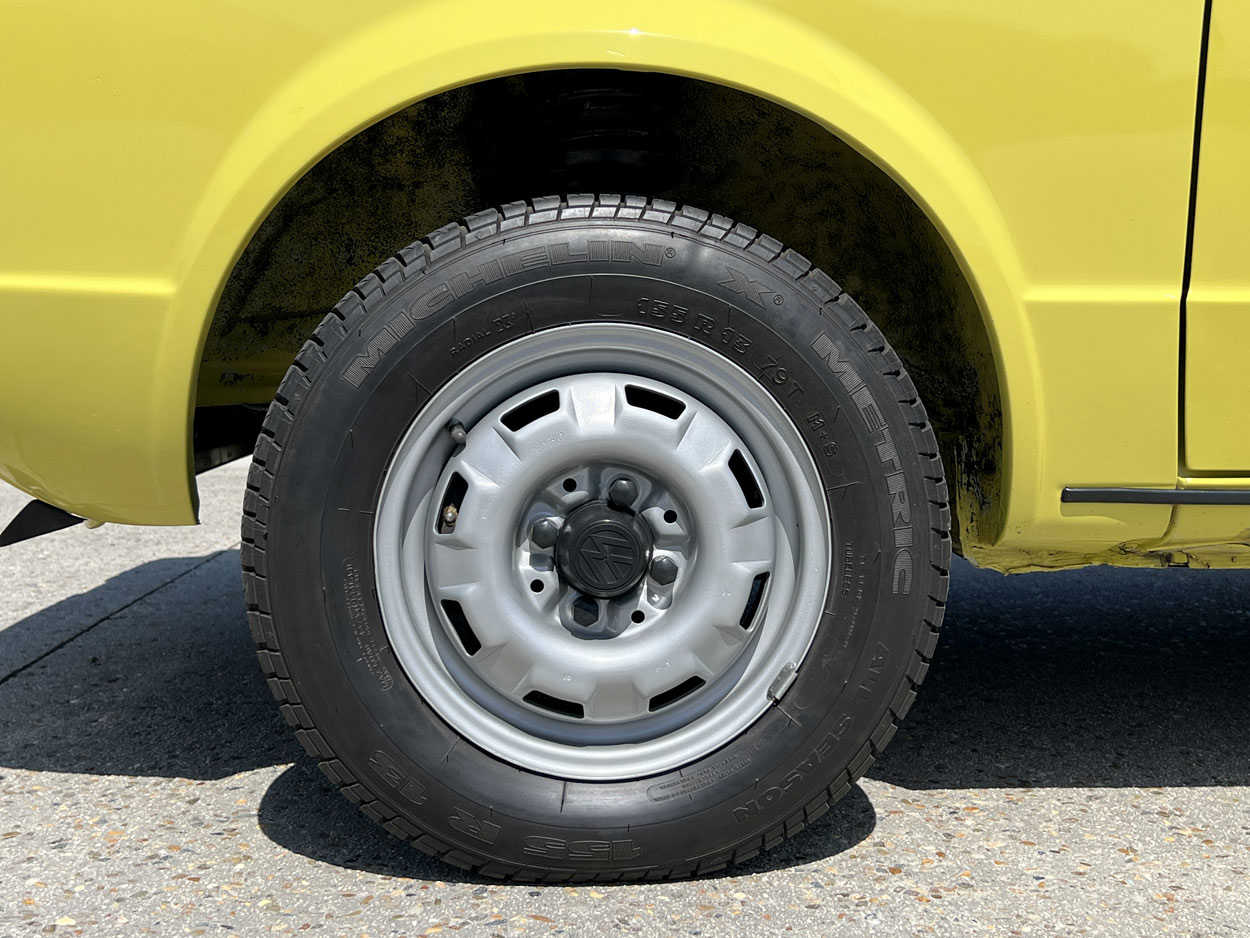
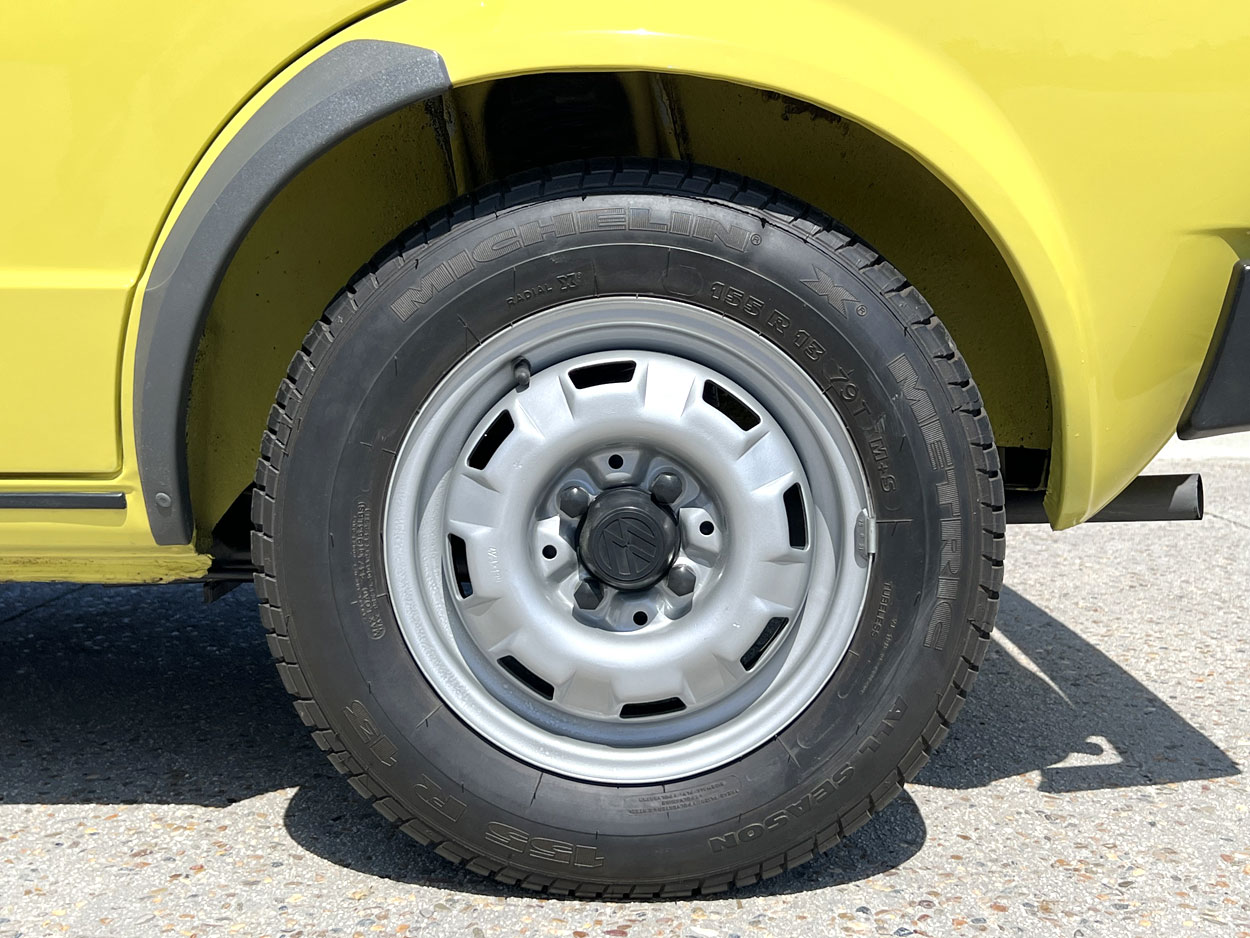
All 4 steel wheels are the date-coded originals. All 4 tires are genuine Michelin X radials in 155/70-13.
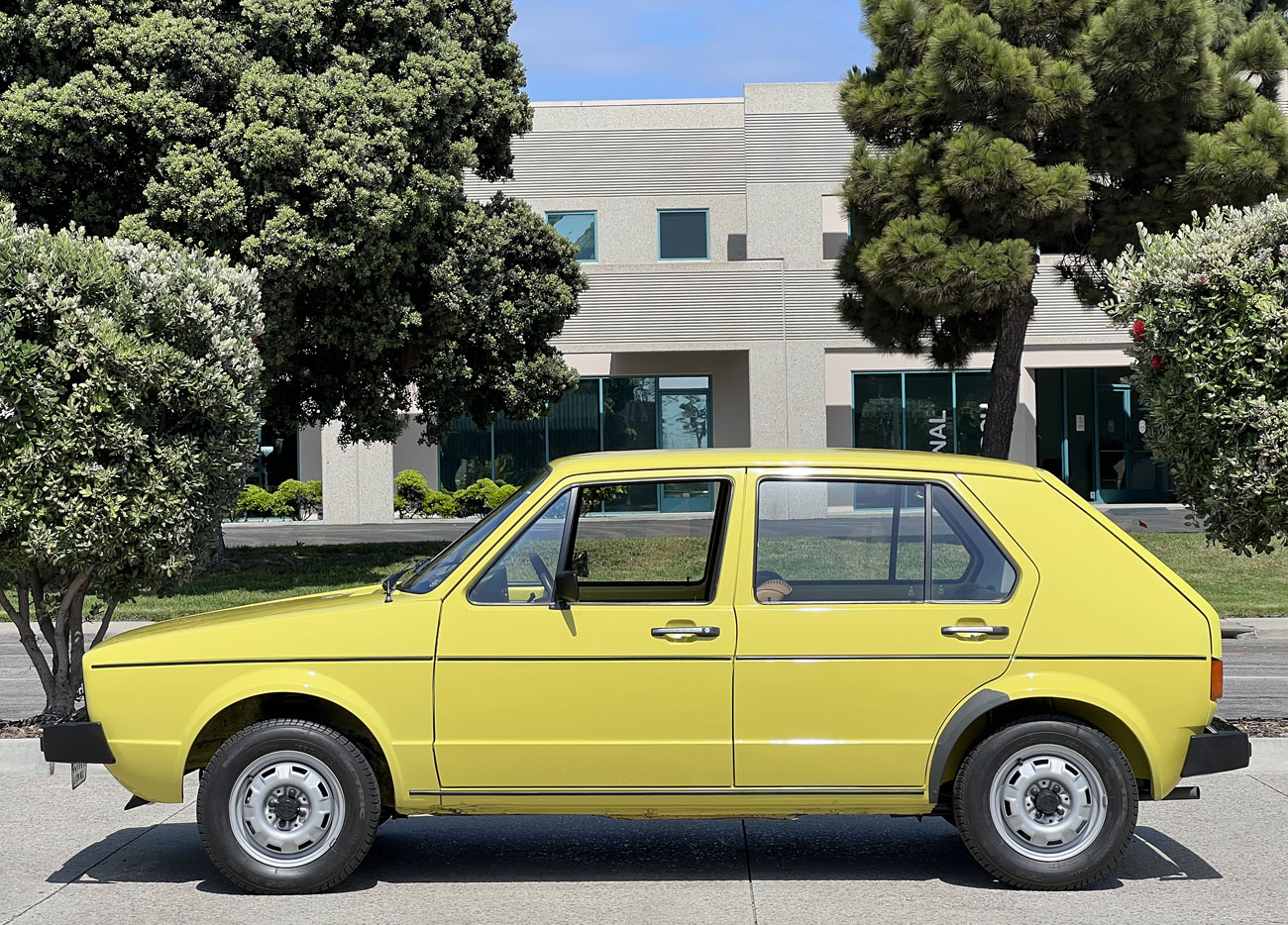
Most of the "Amarillo" paint is factory original, and it's in incredible condition throughout. We believe it's "Lemon Yellow" but there's no paint code to be found on the car itself.
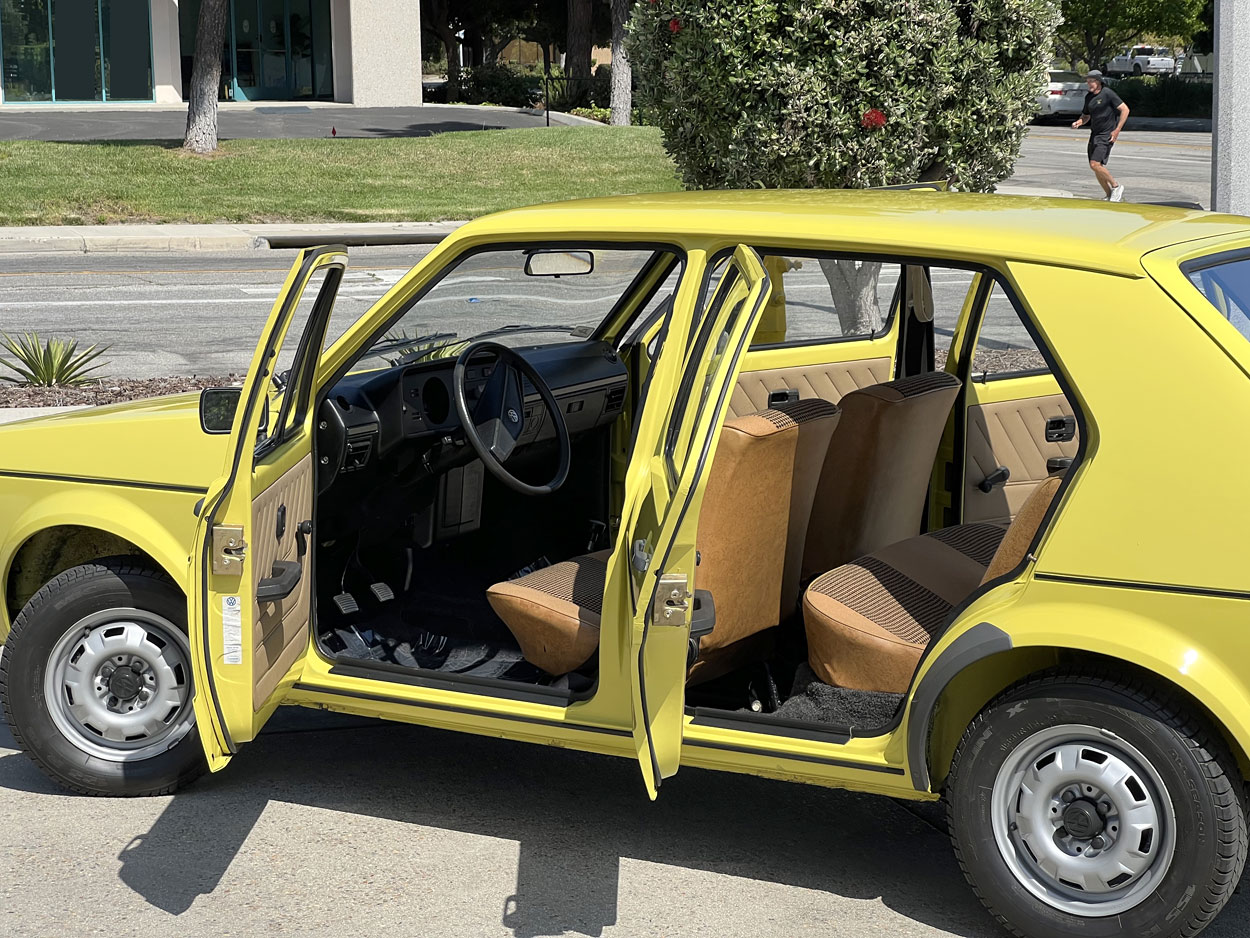
The entire interior, all of it, is in "like new" condition. That's really the only way to put it. There's no fading, no crack, no loose vinyl, and no thin spot on the fabric anywhere.
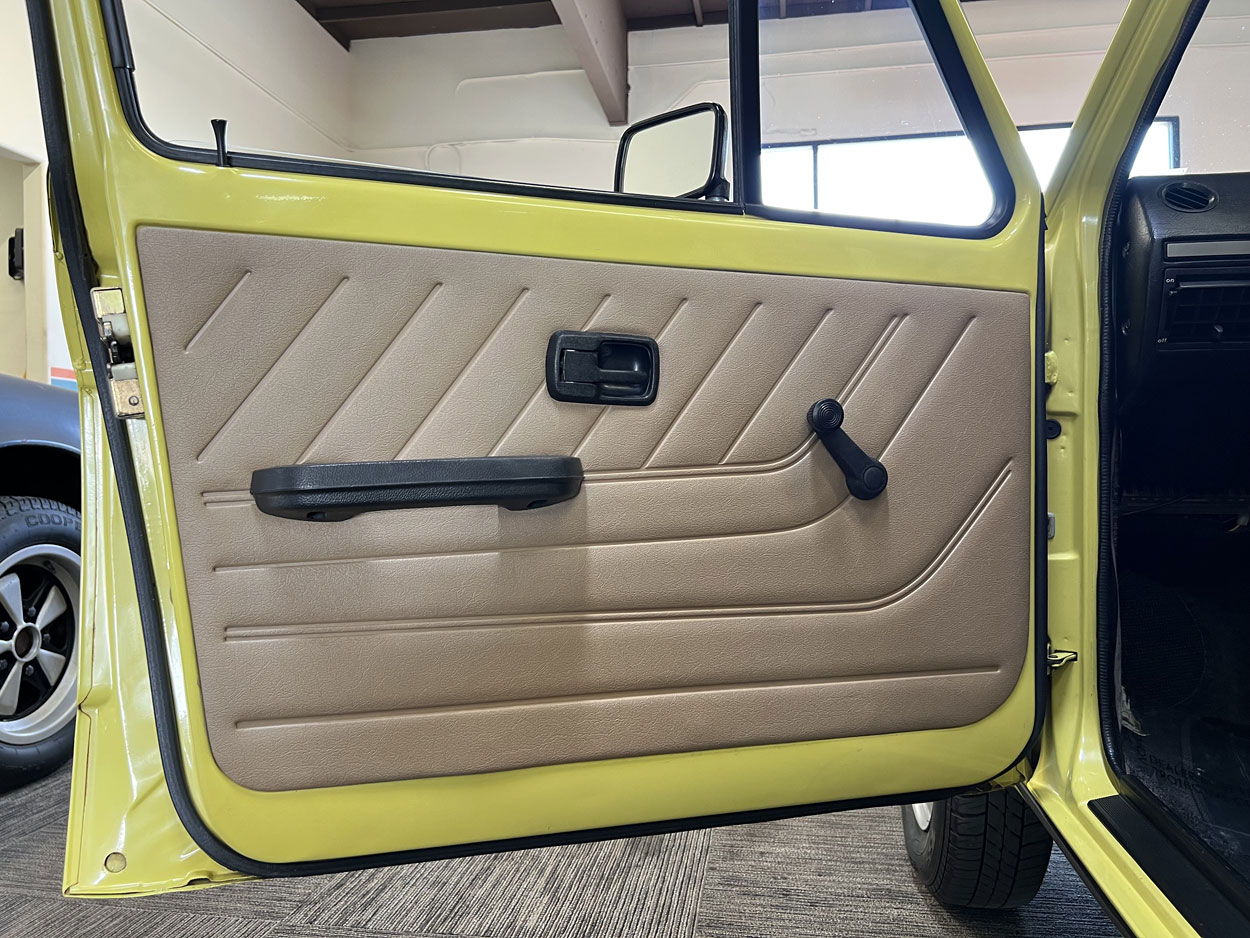
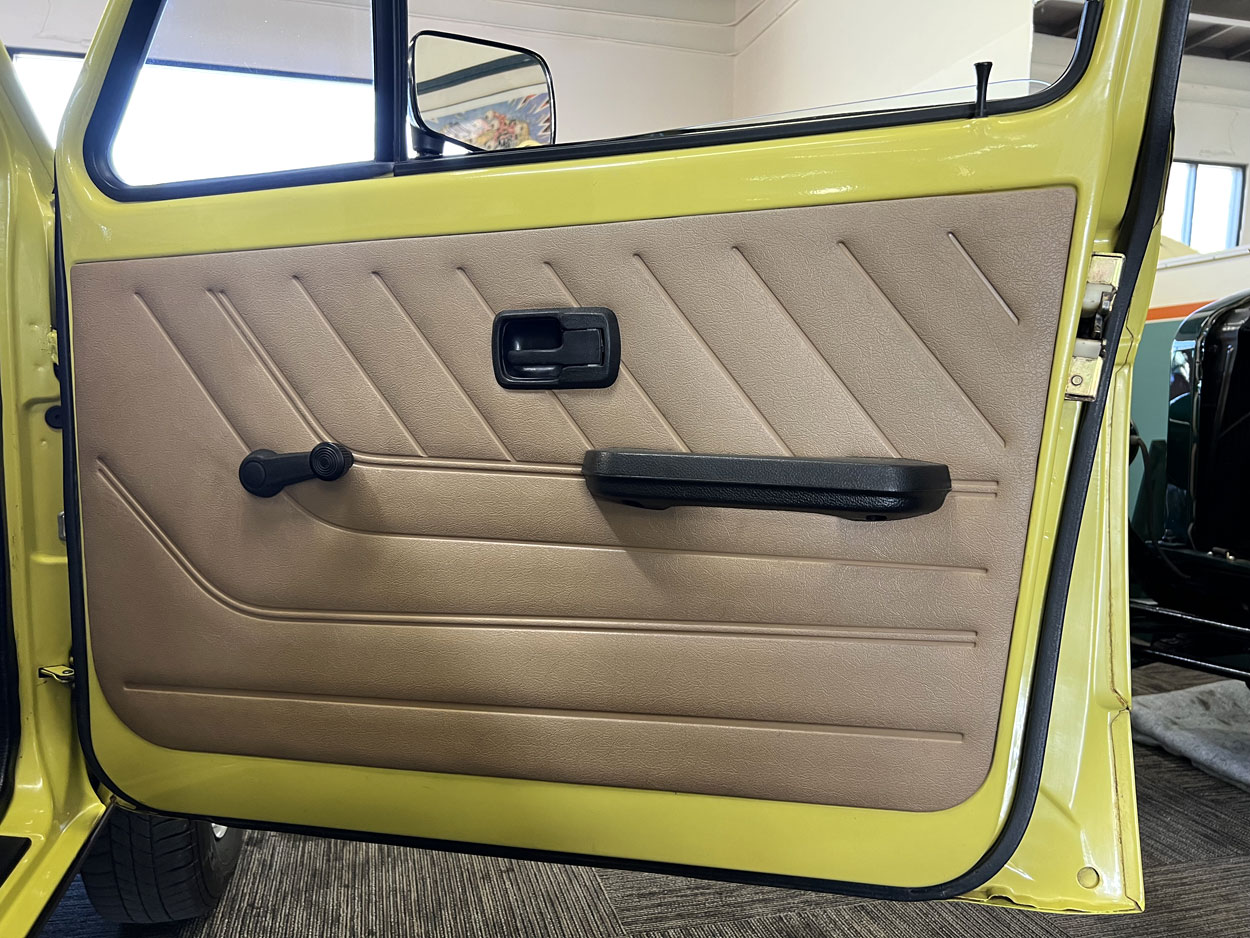
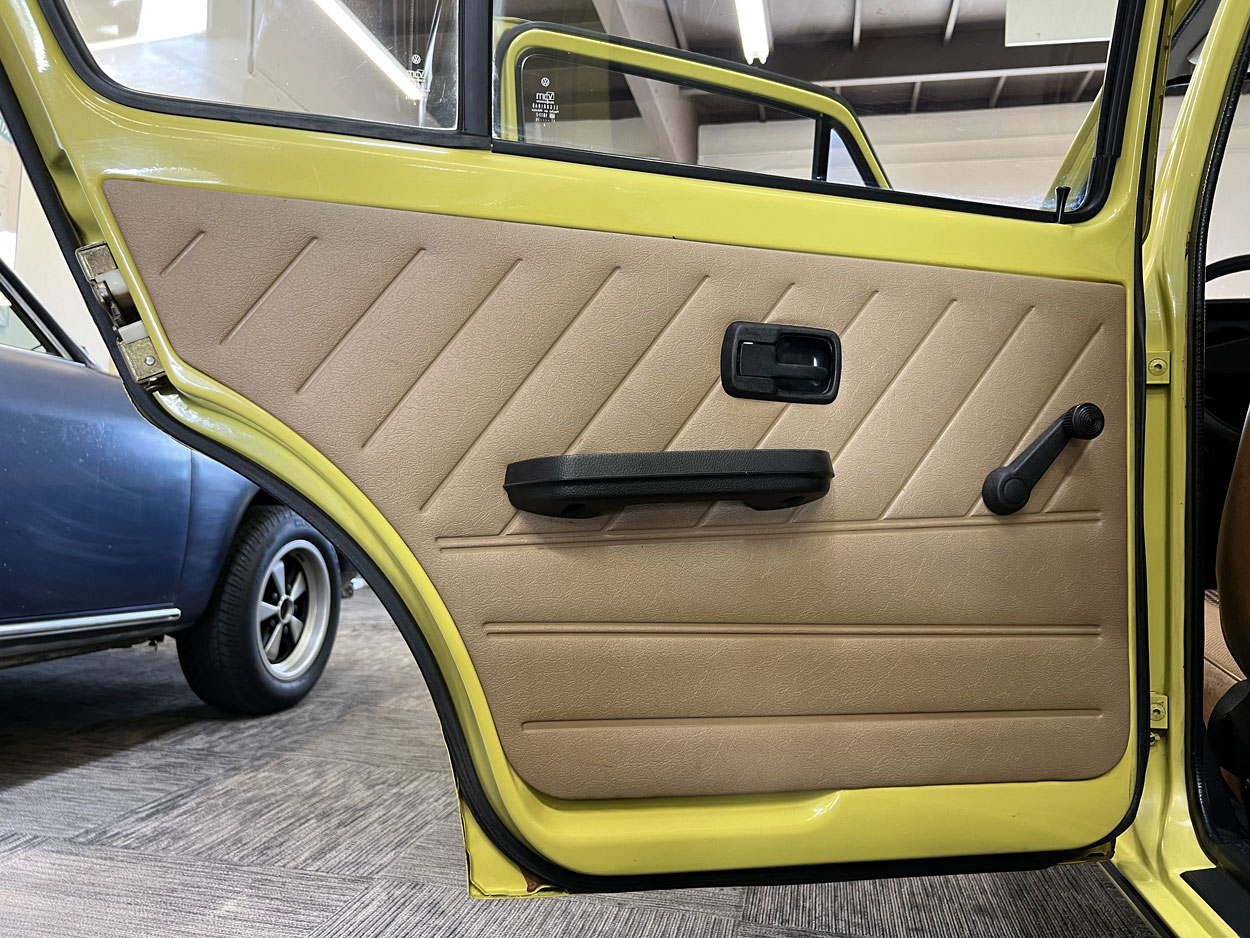
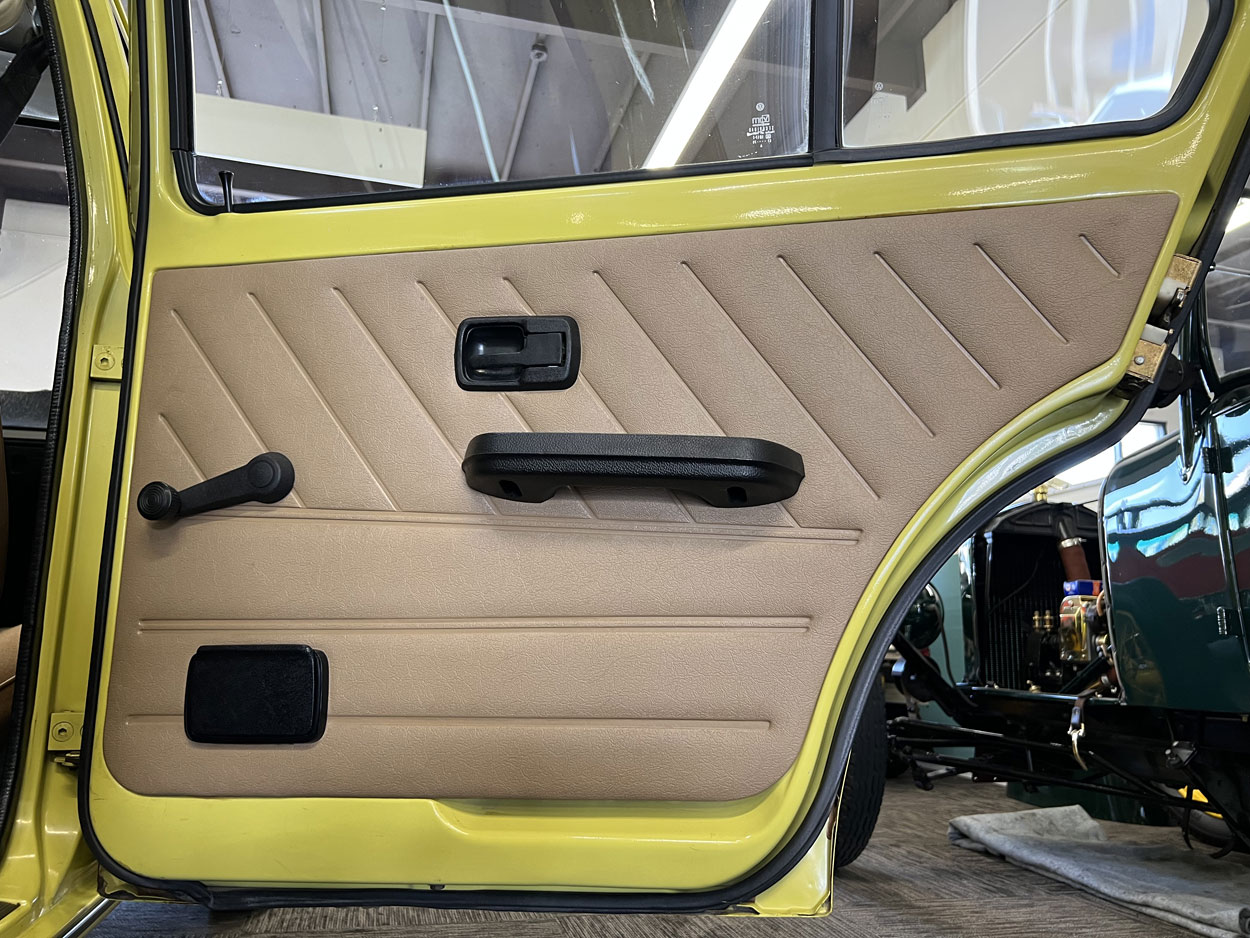
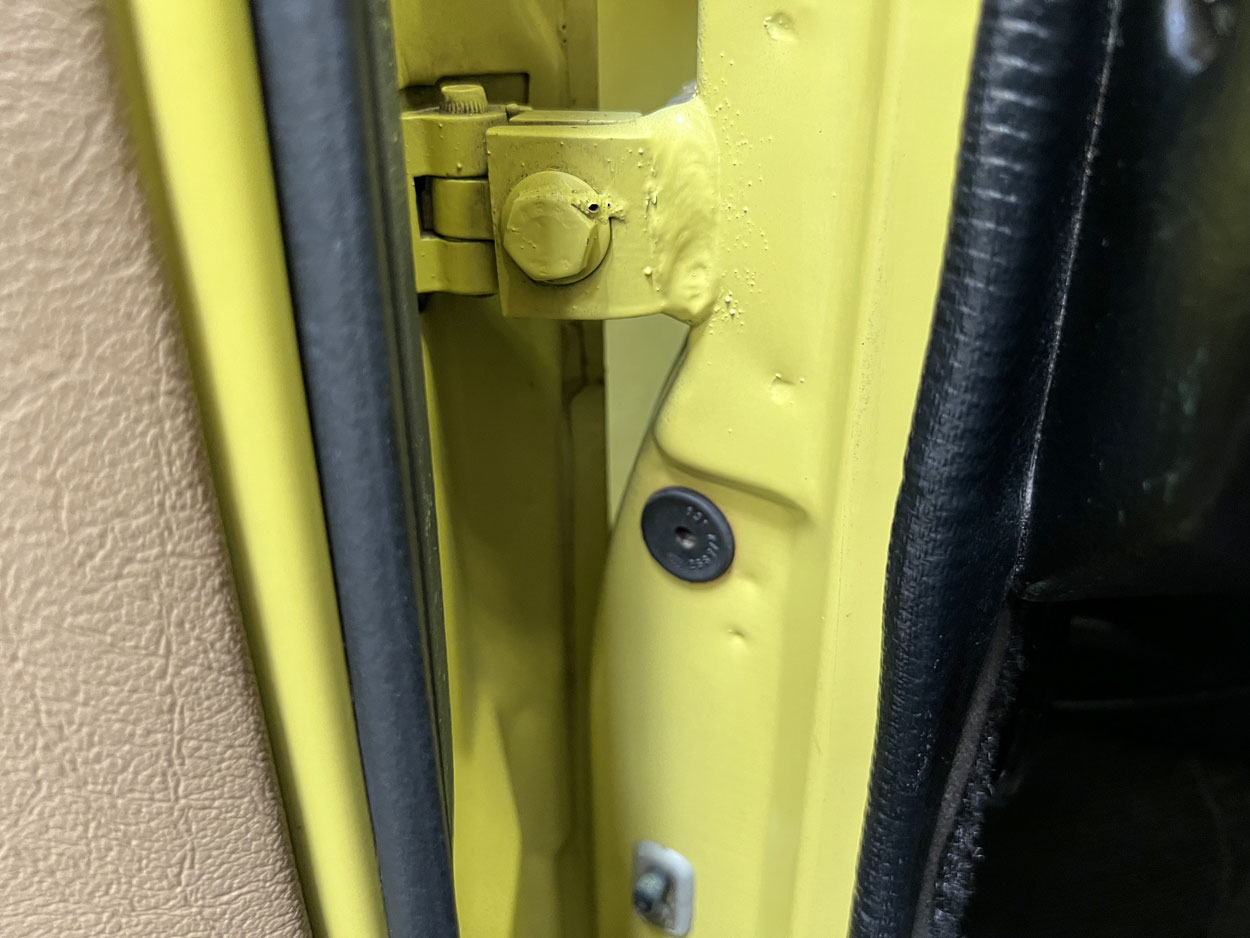
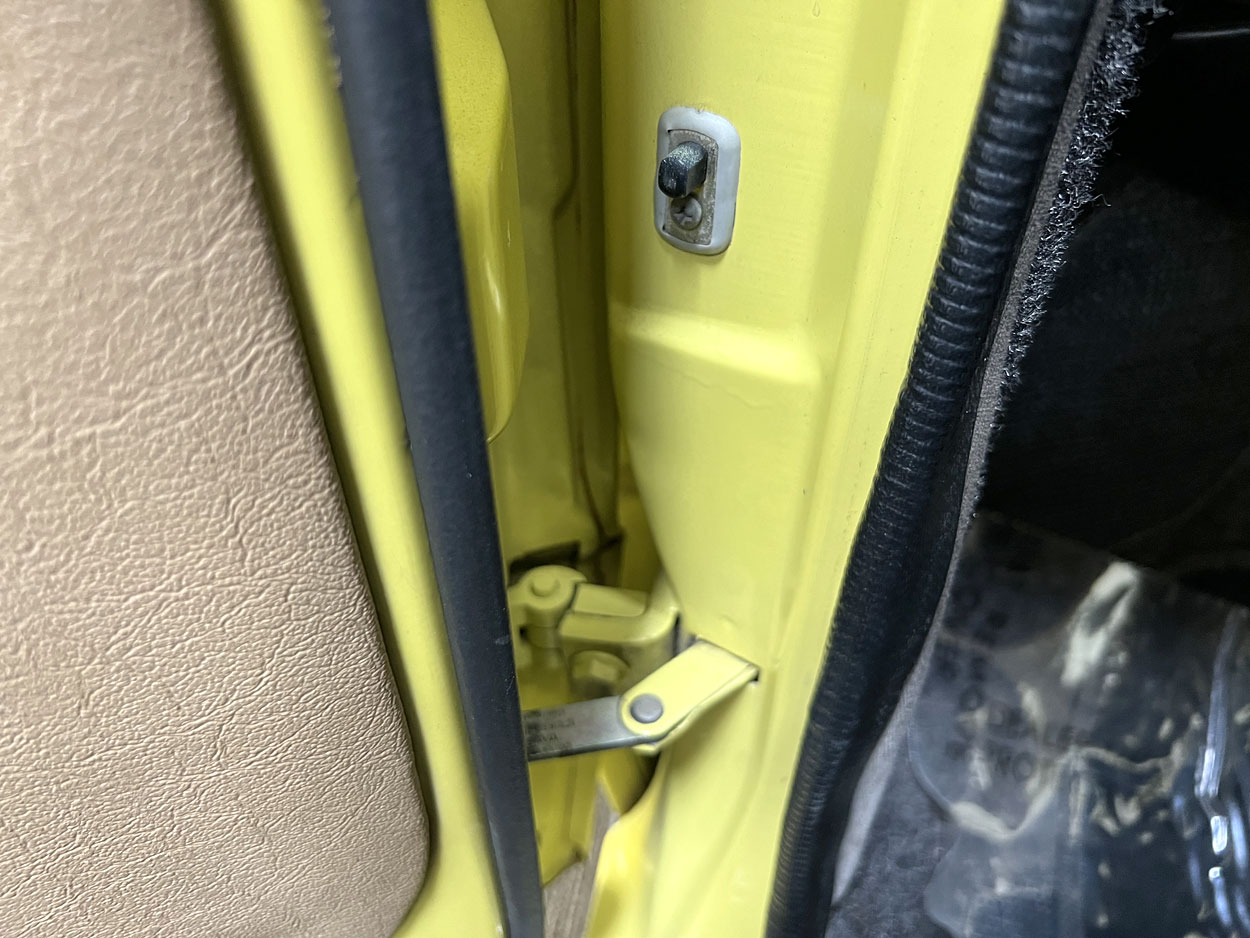
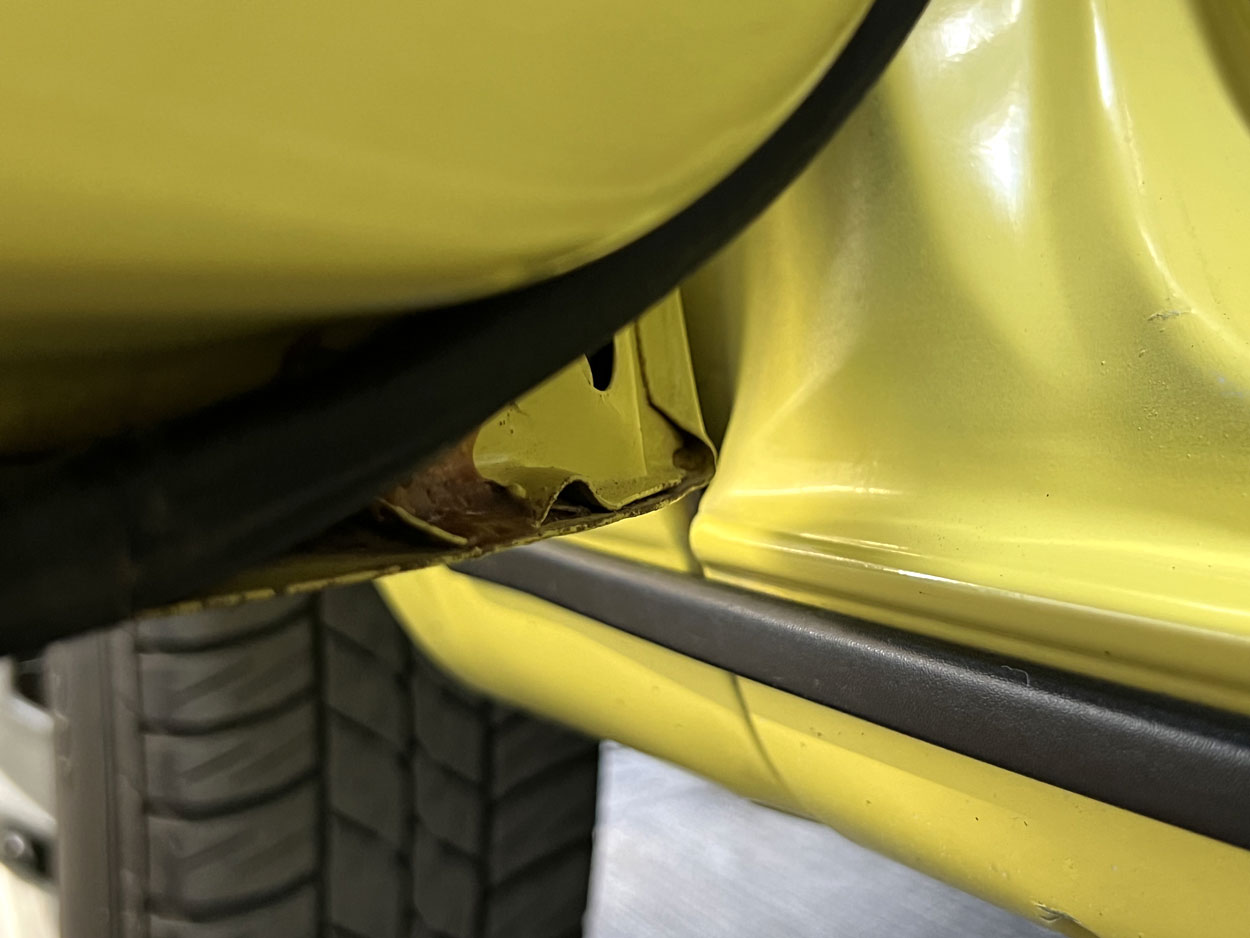
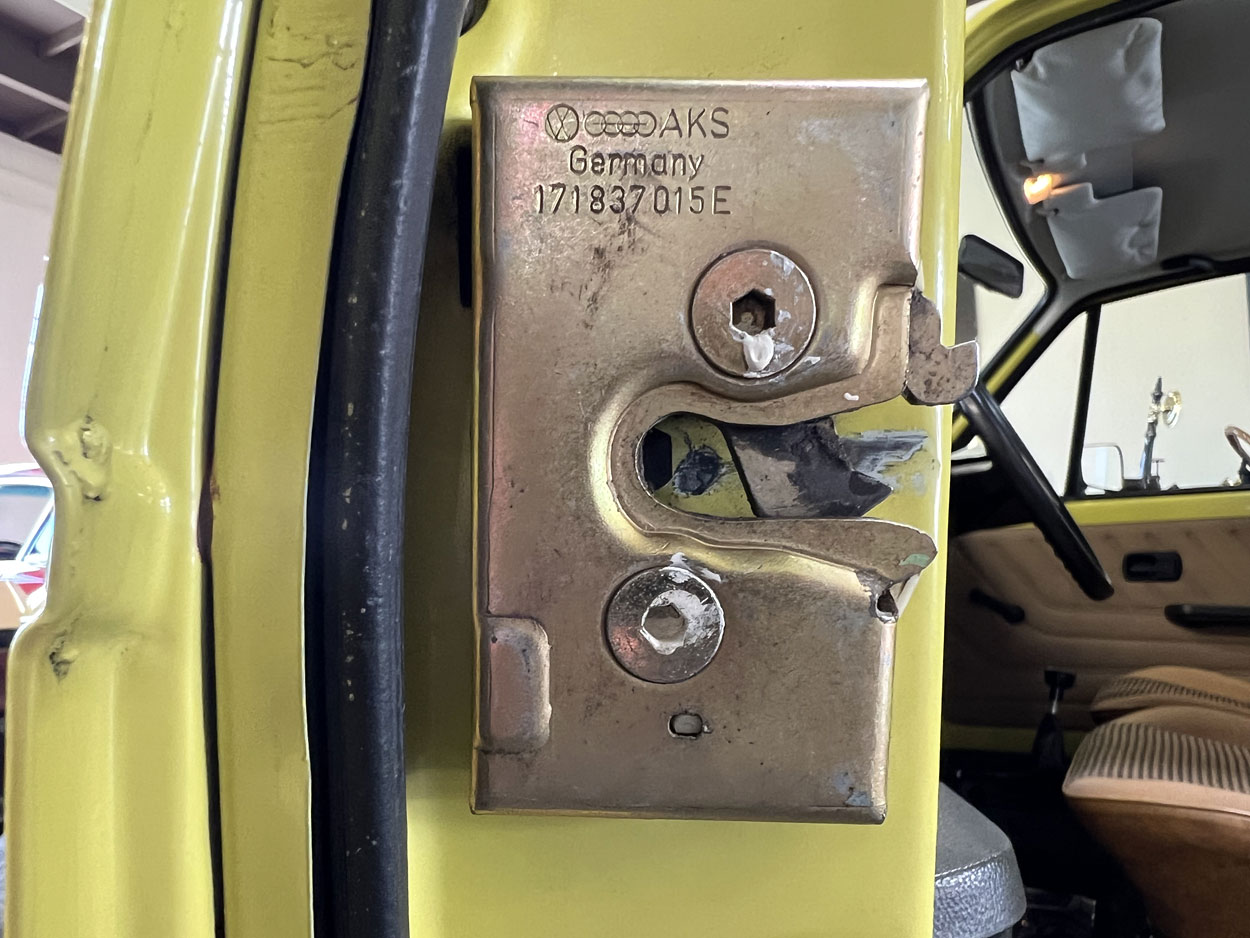
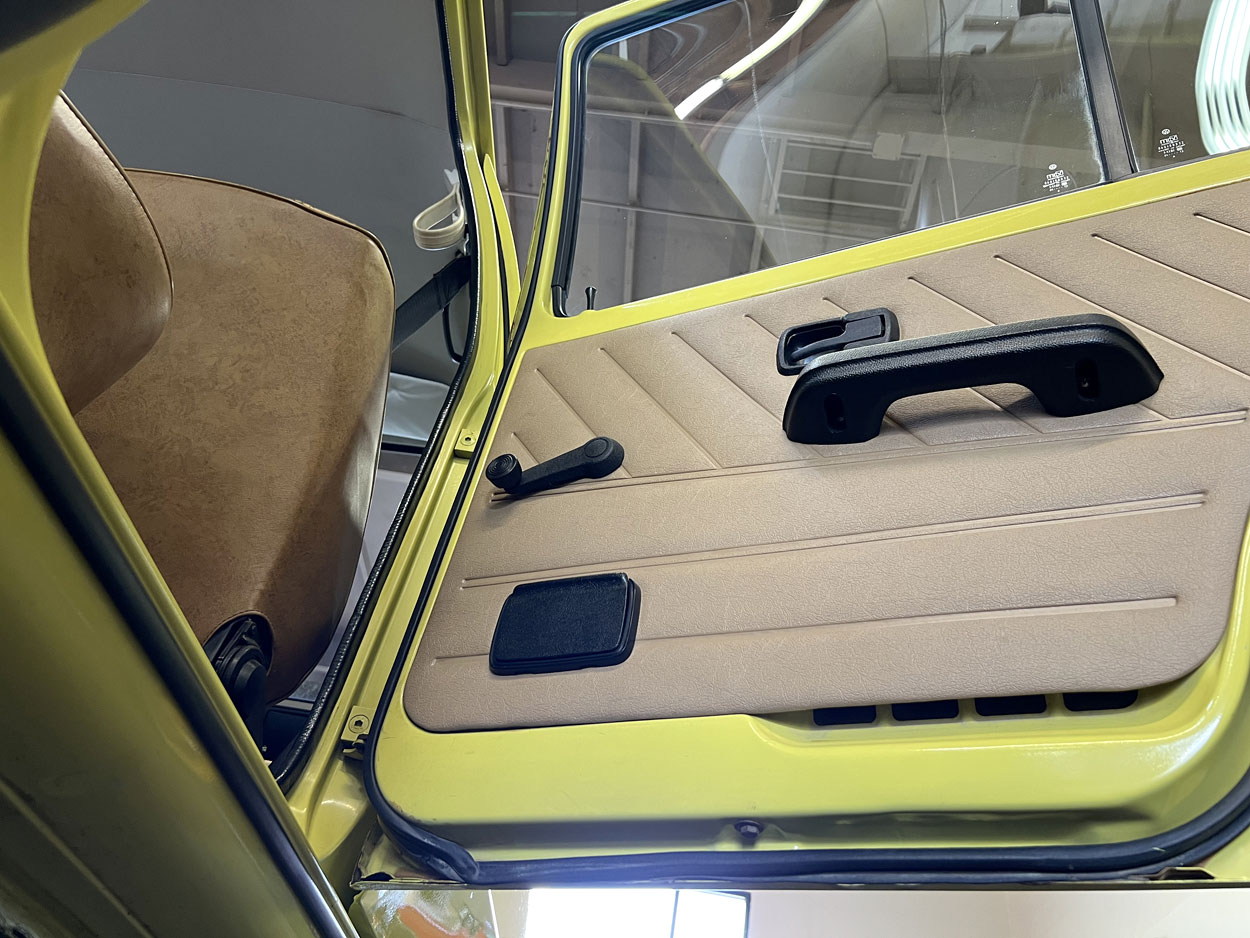
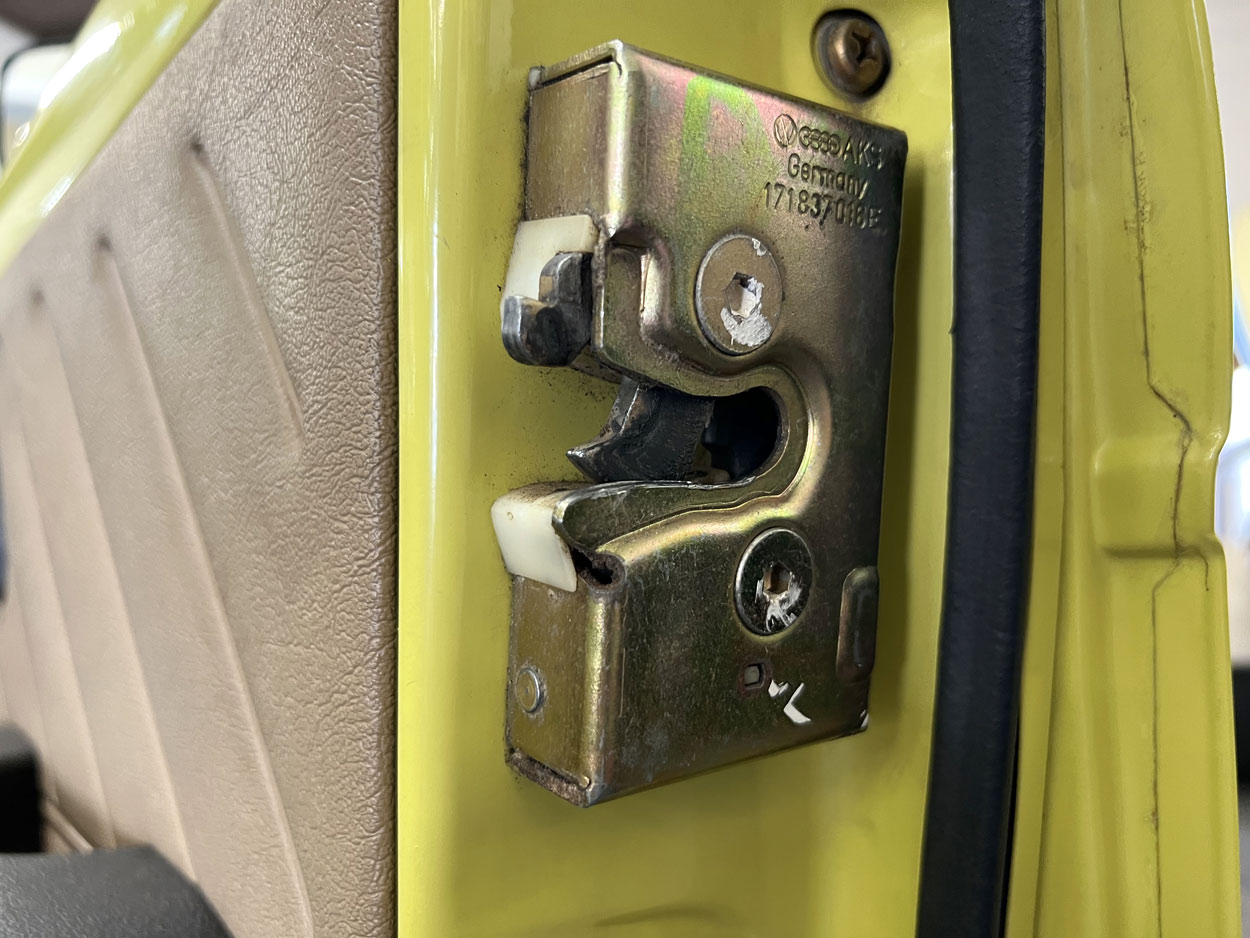
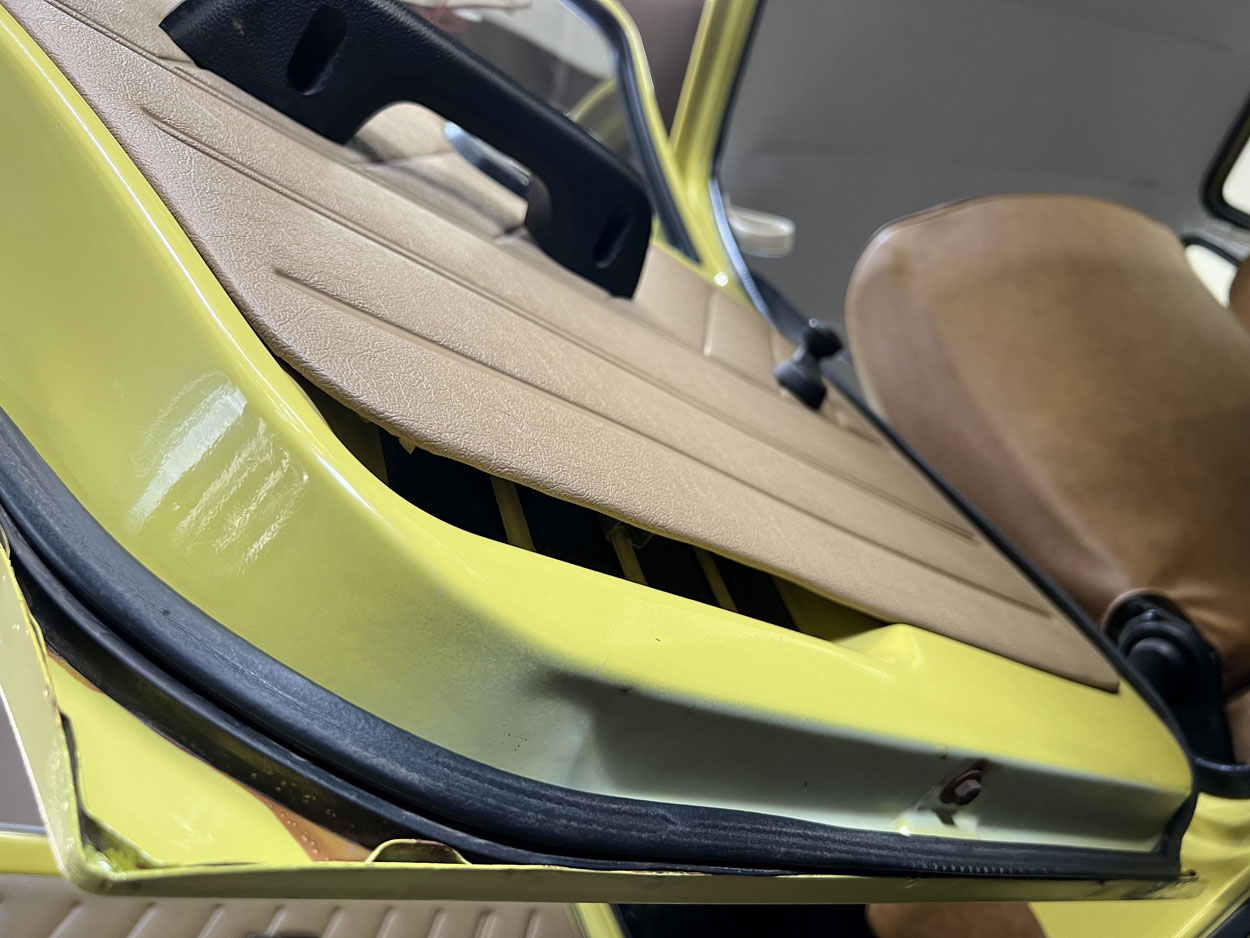
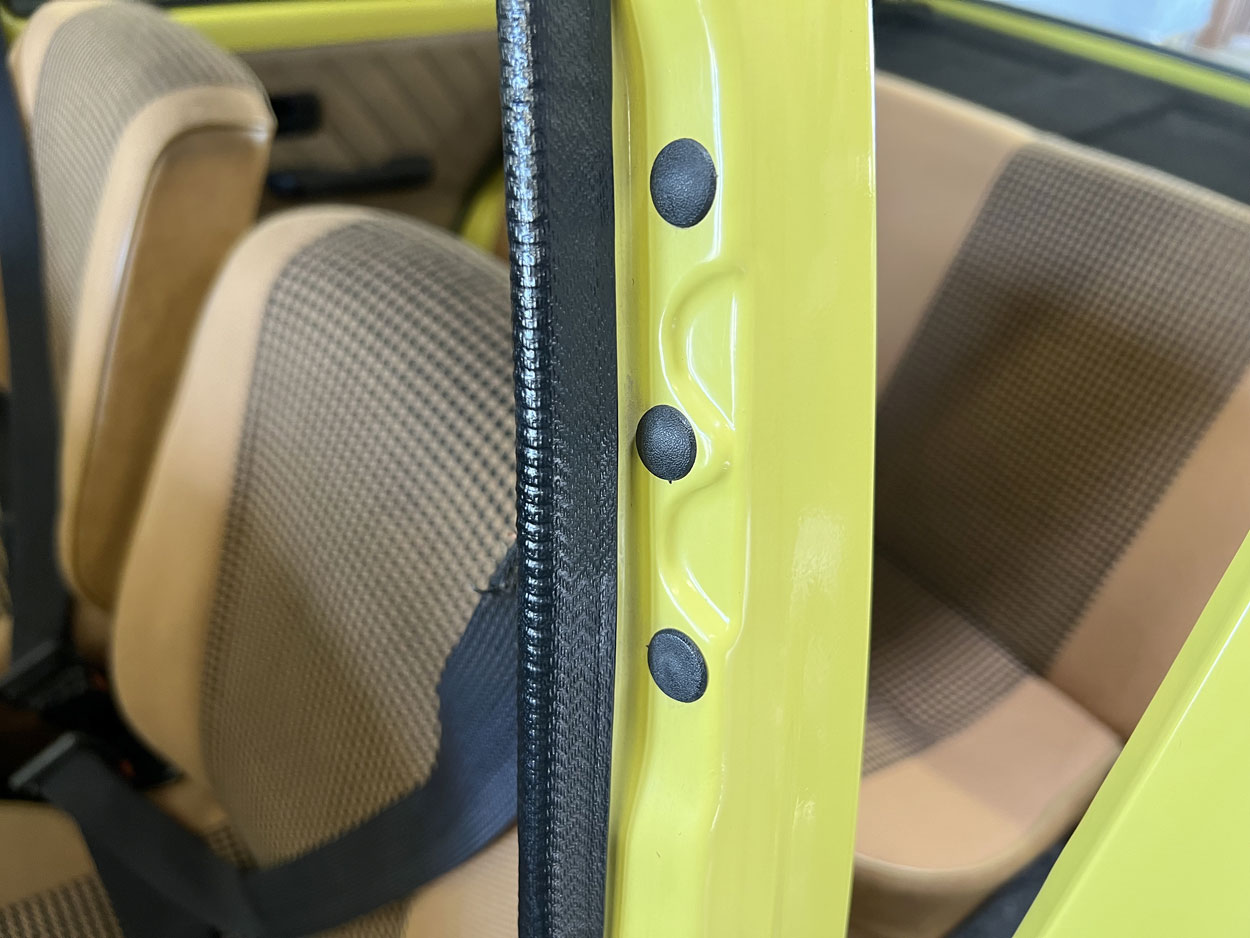
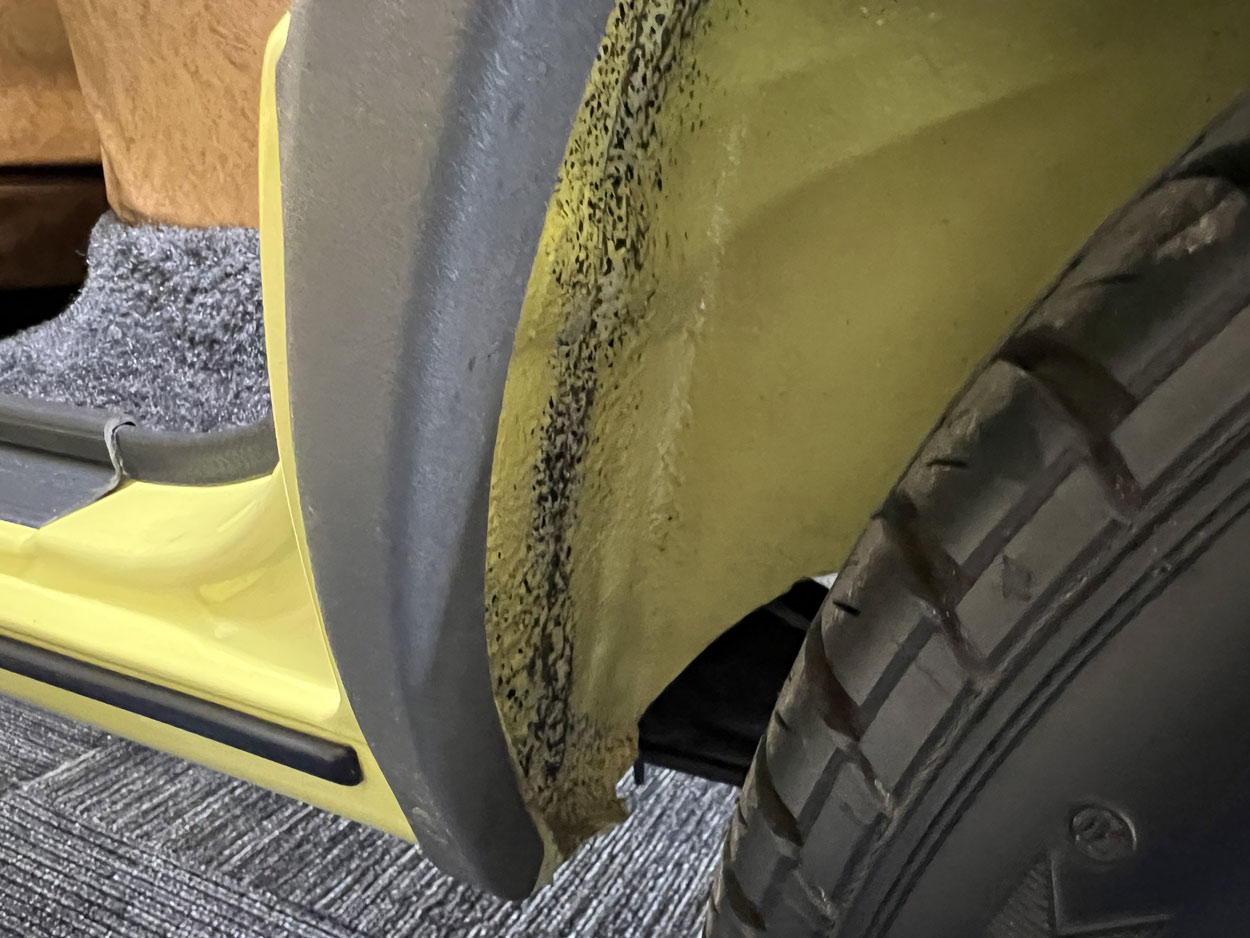
Door panels and all of the hidden hard-to-see spots are flawless. There's no corrosion anywhere.
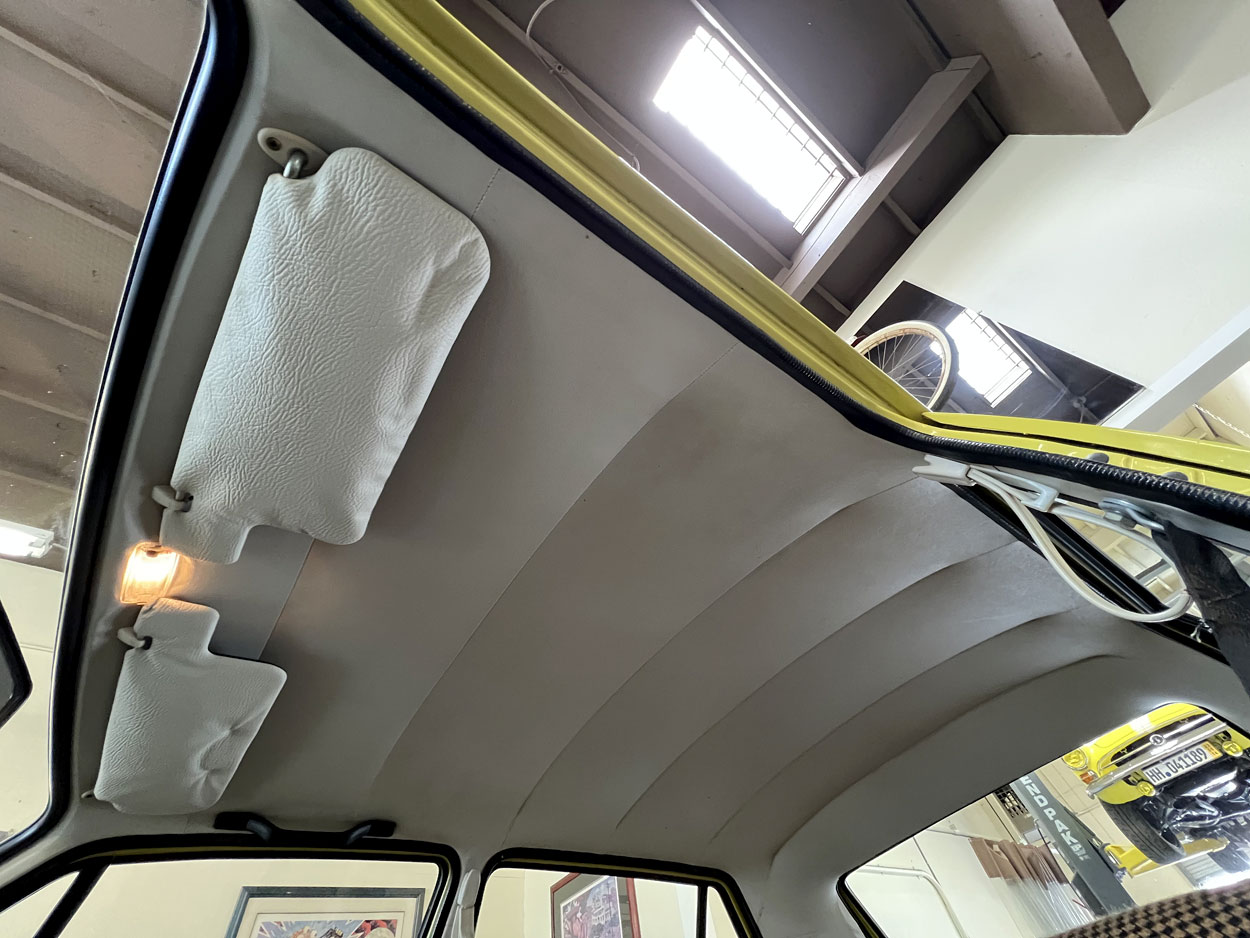
Original white headliner and sun visors are flawless as well.


Simple, black hard-plastic dash is crack free!
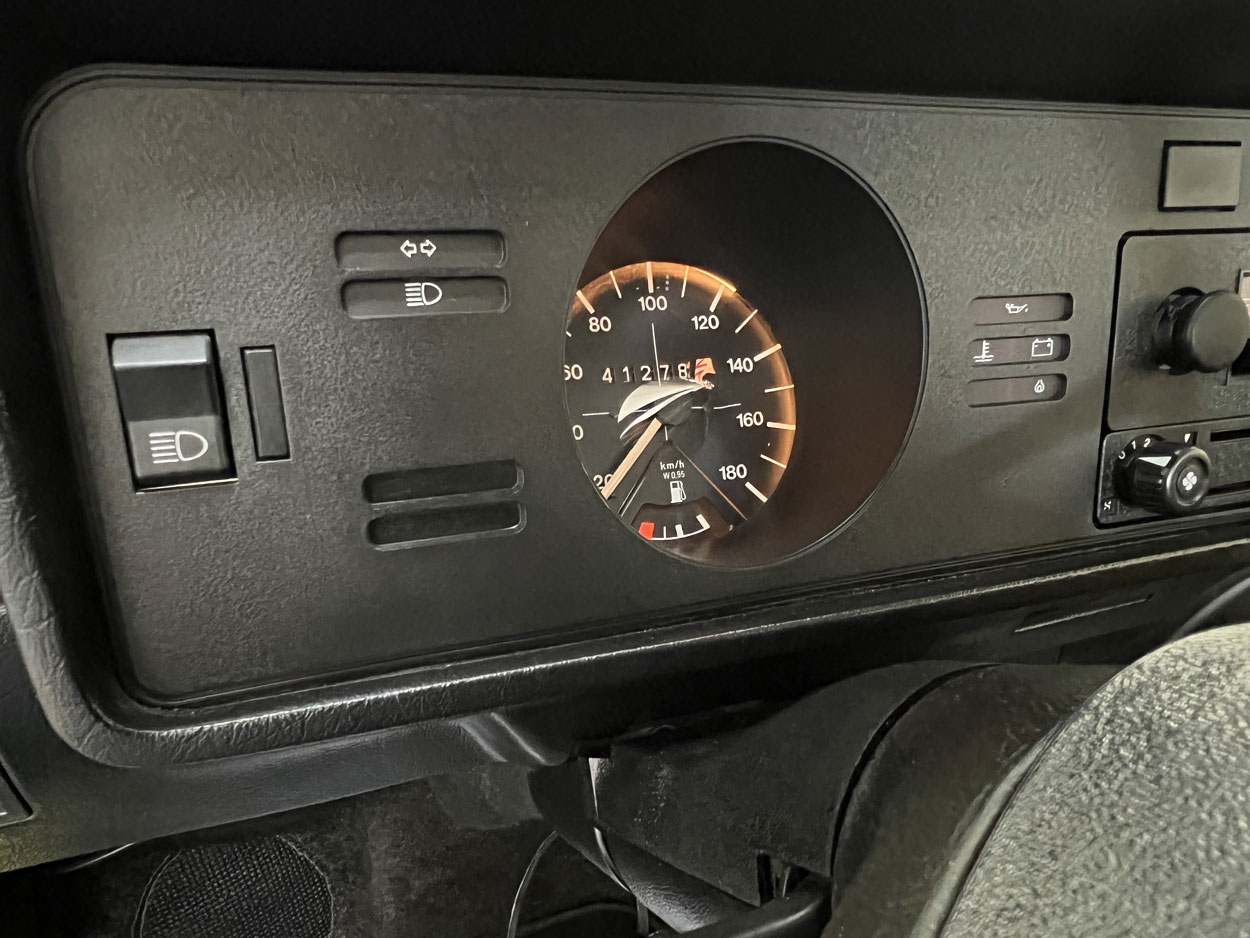
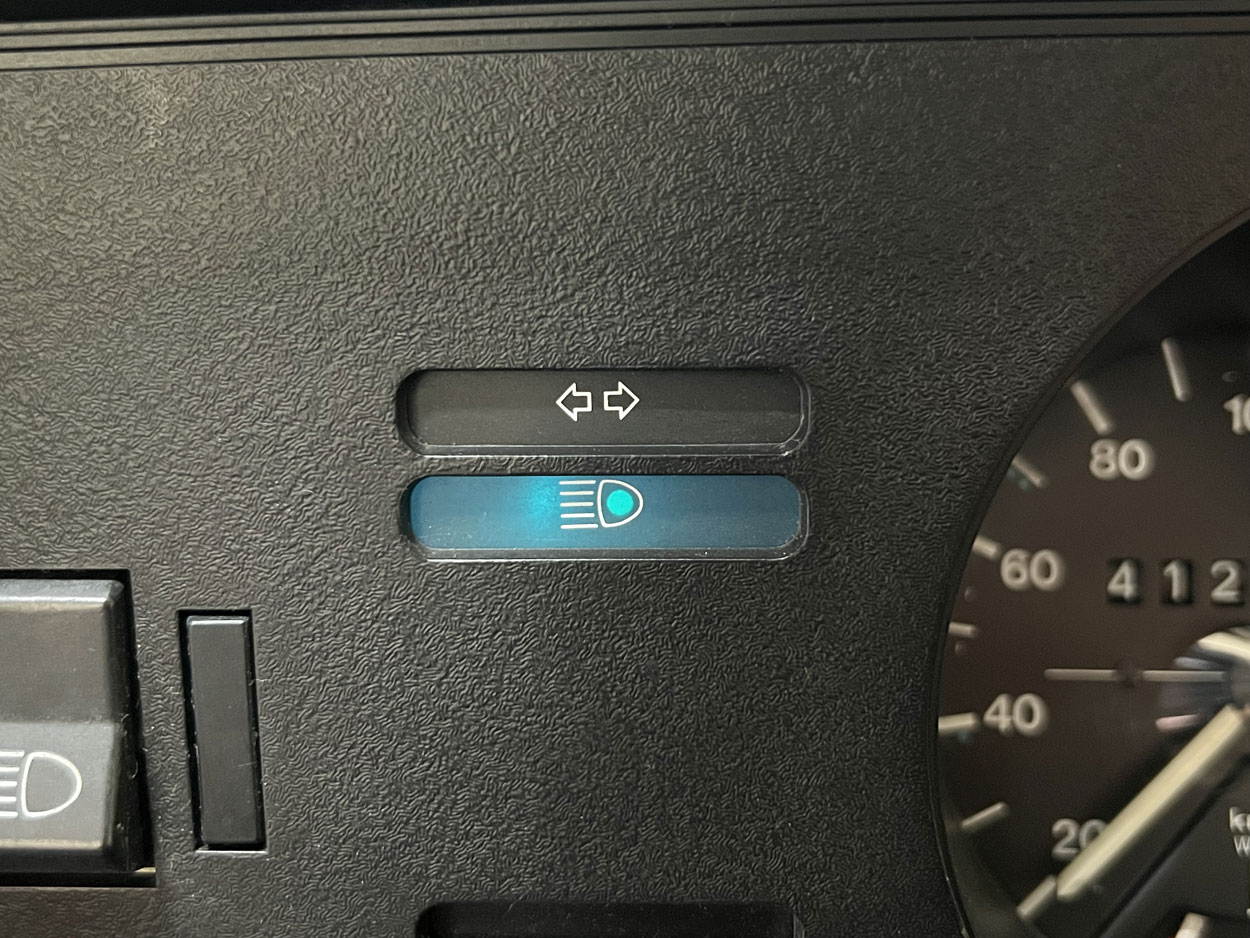
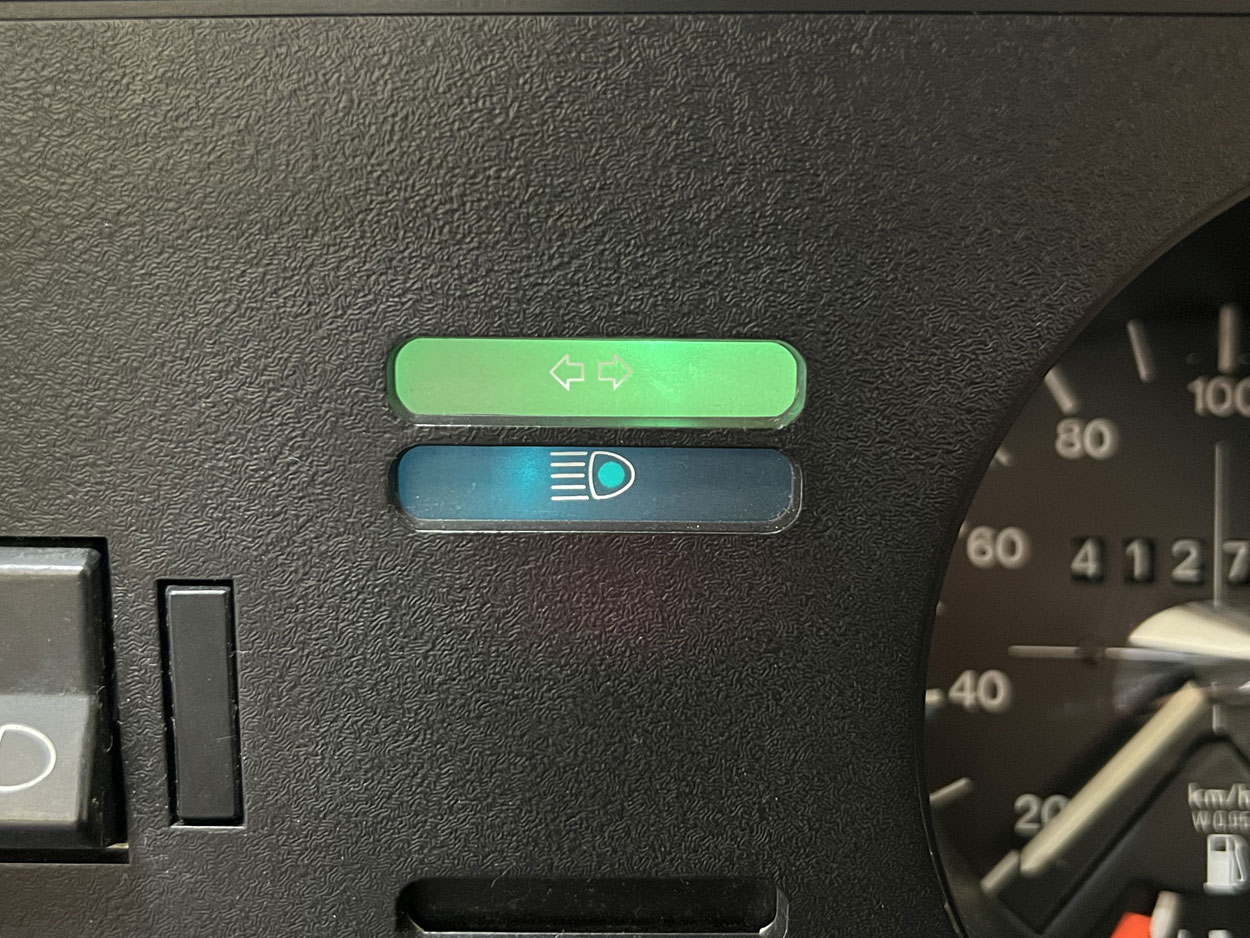

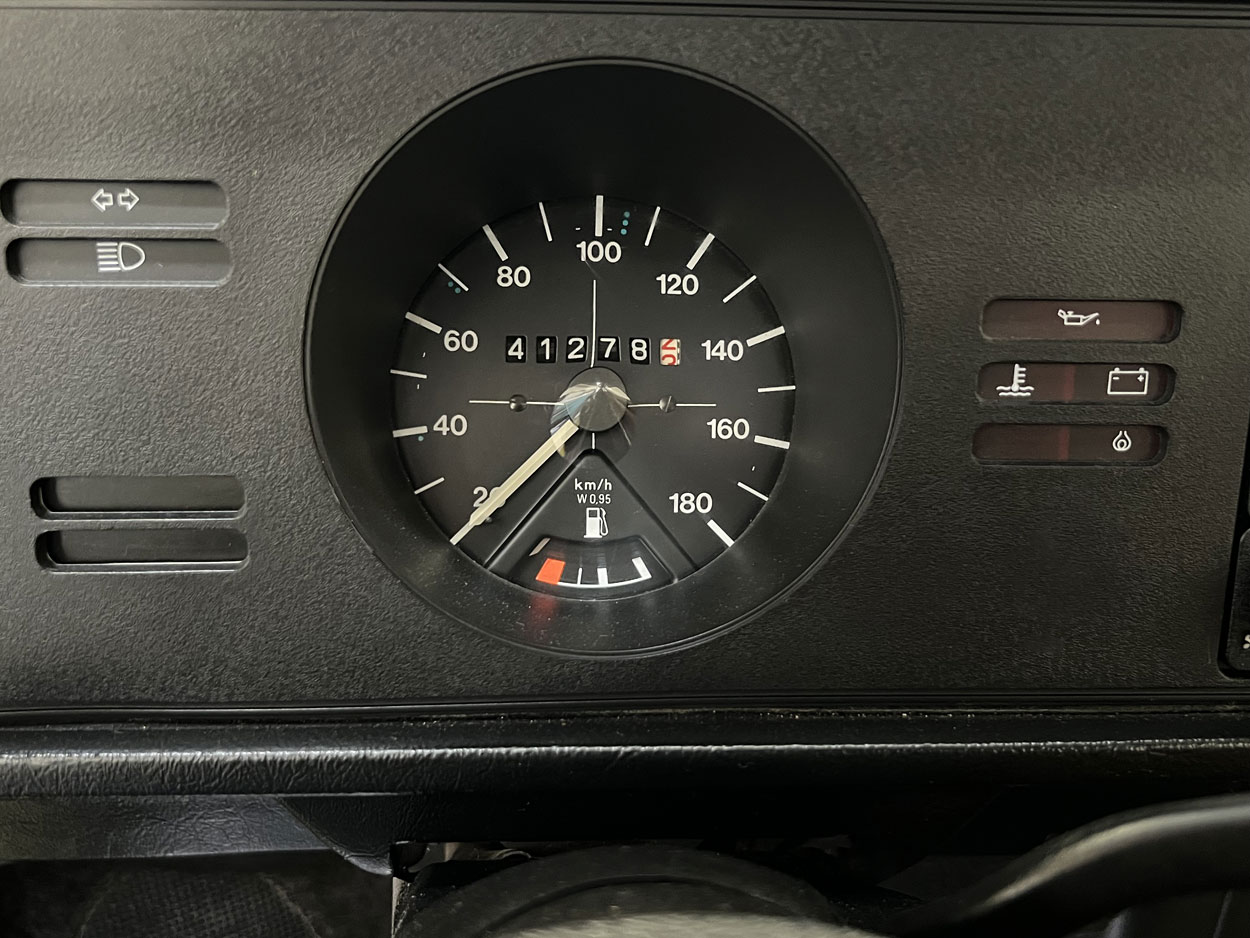
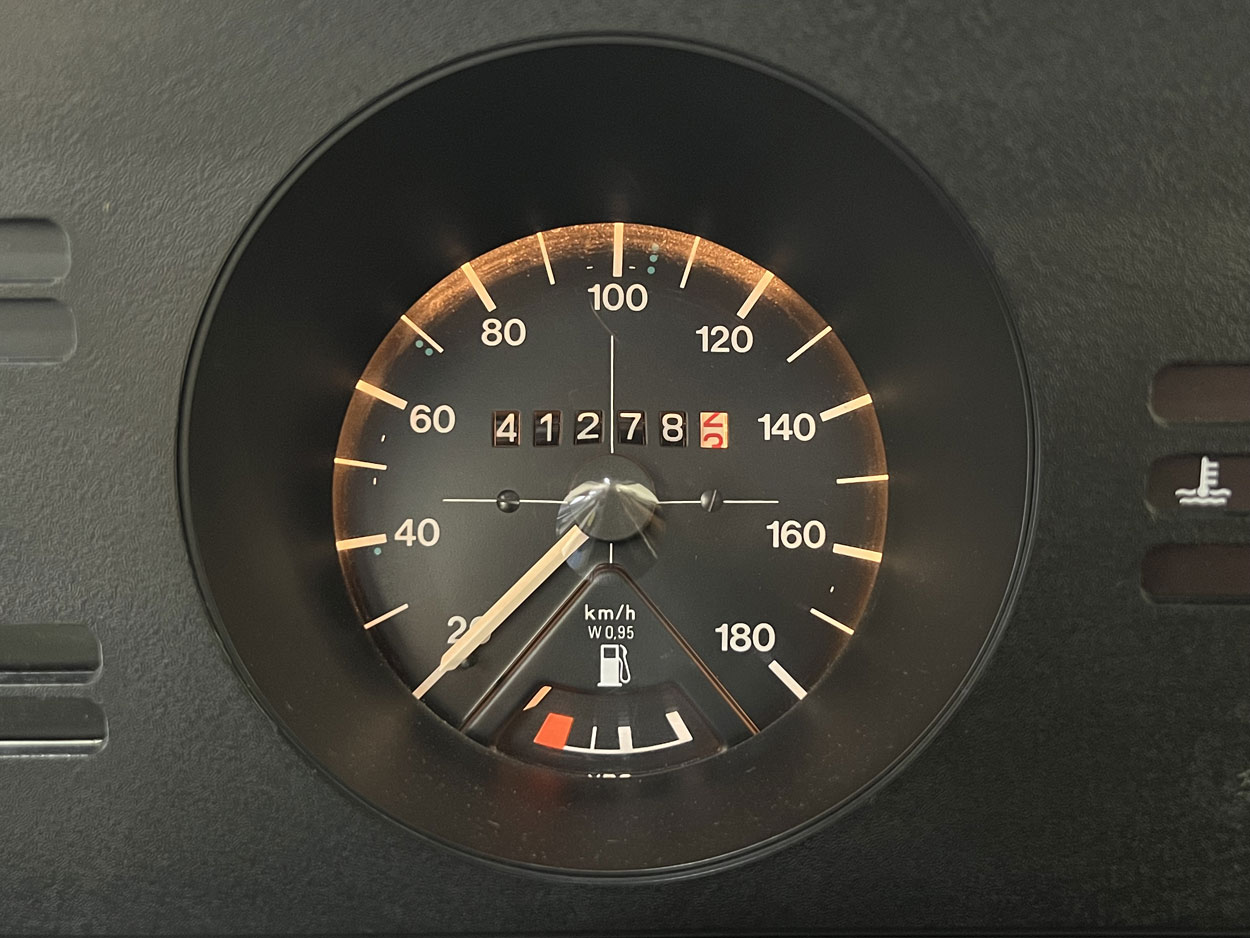
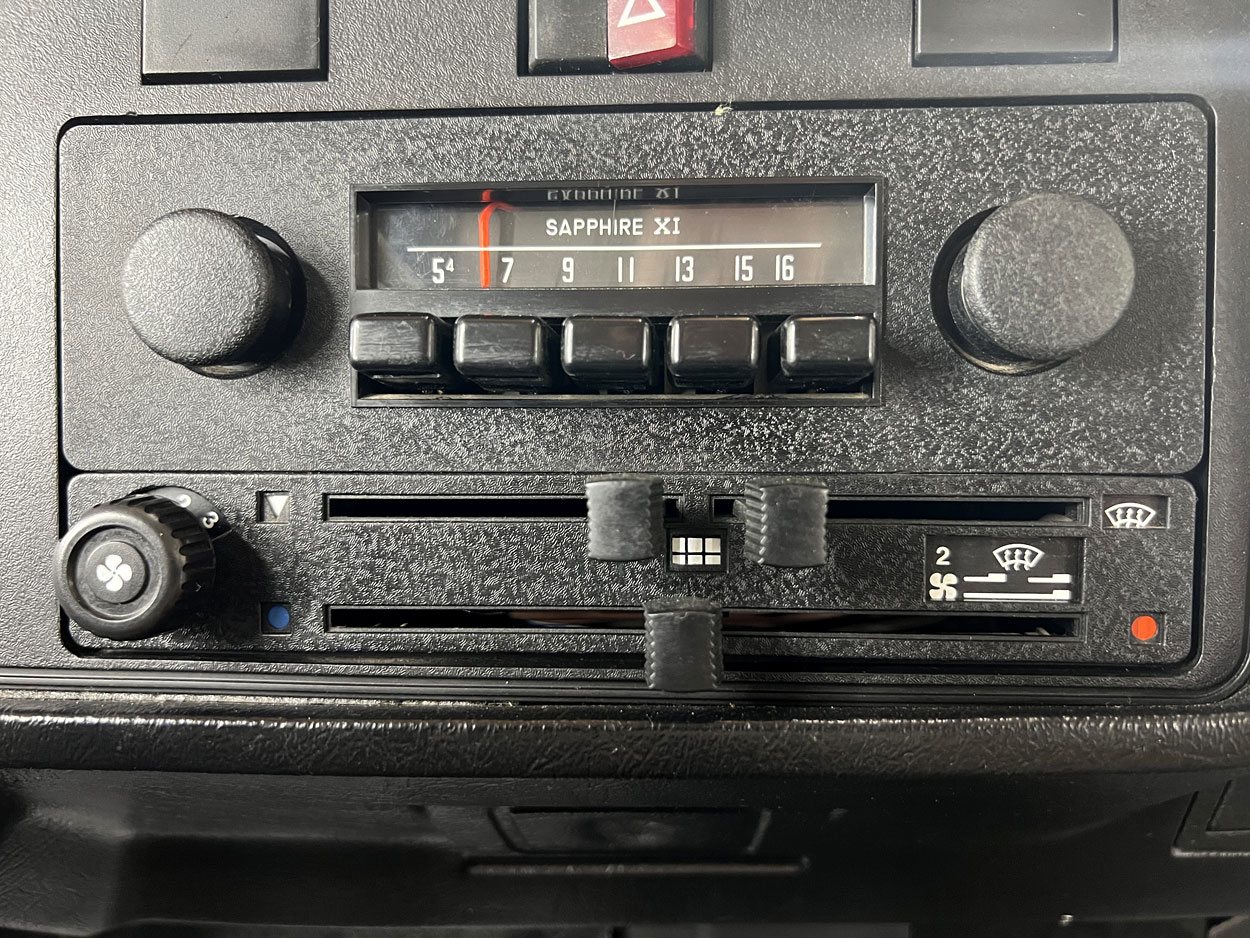
All of the gauges and lights work as they should and so does the original Saphire XI AM radio.
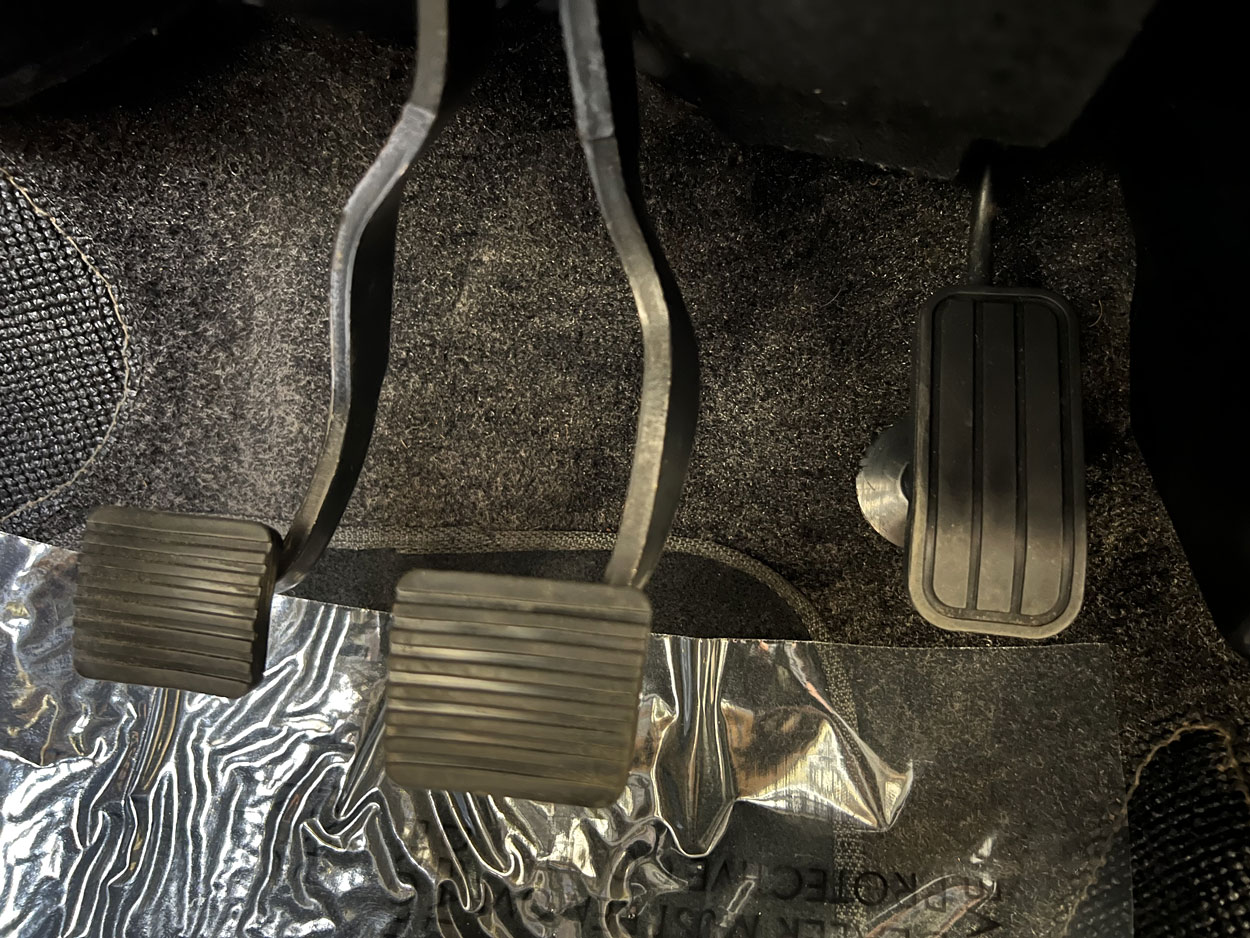
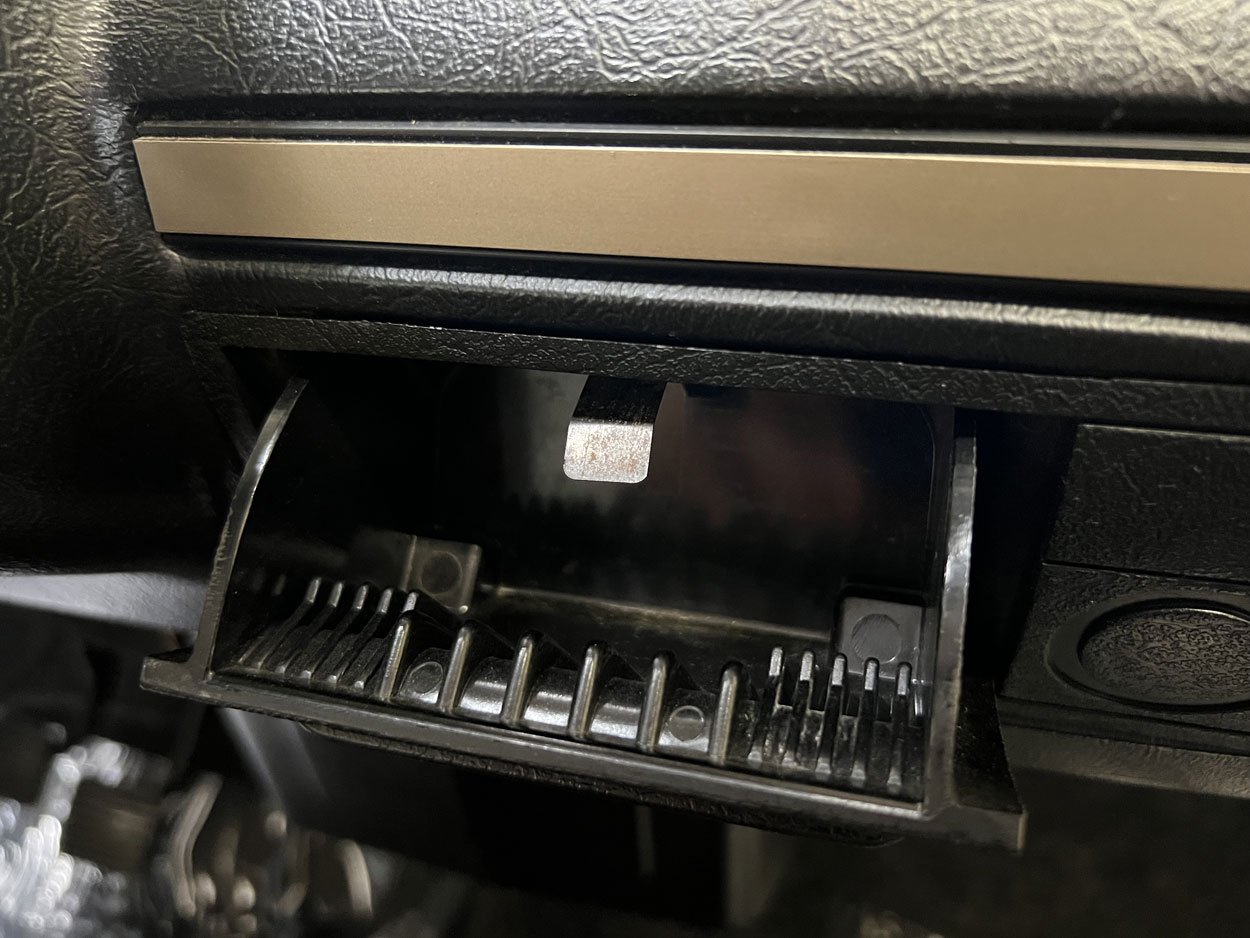
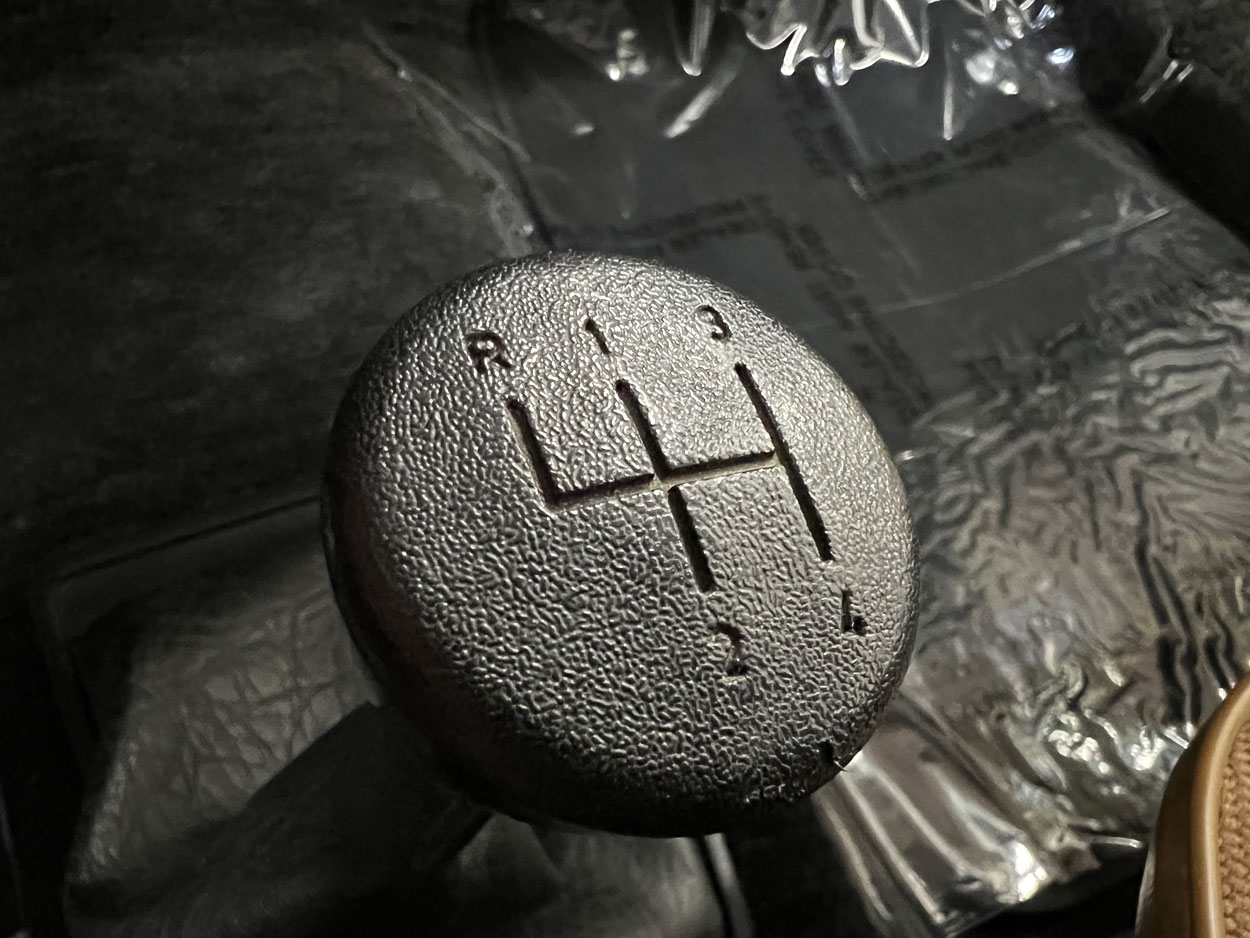
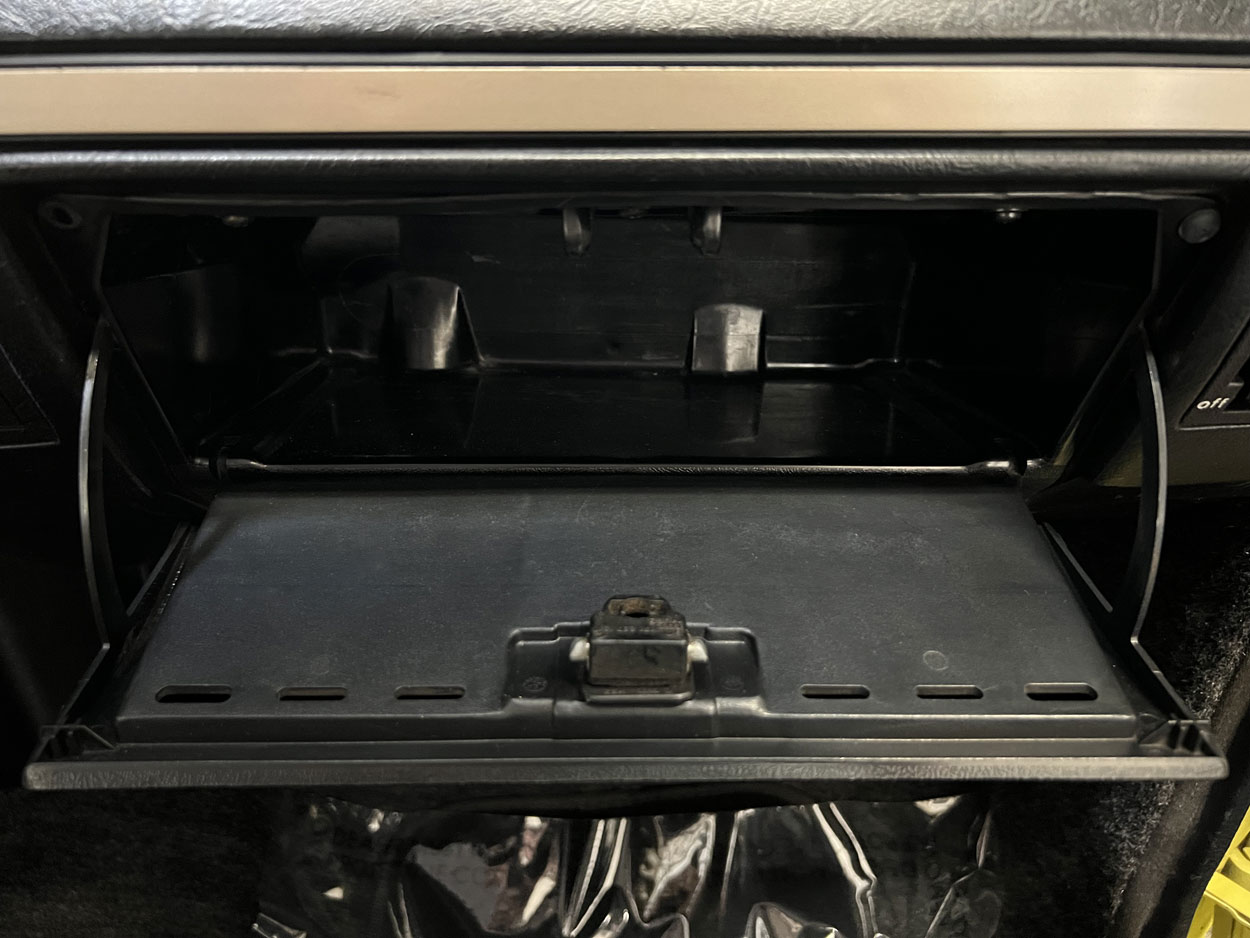
Above: details of the interior. Rubber pedal pads speak volume; ashtray is unused.
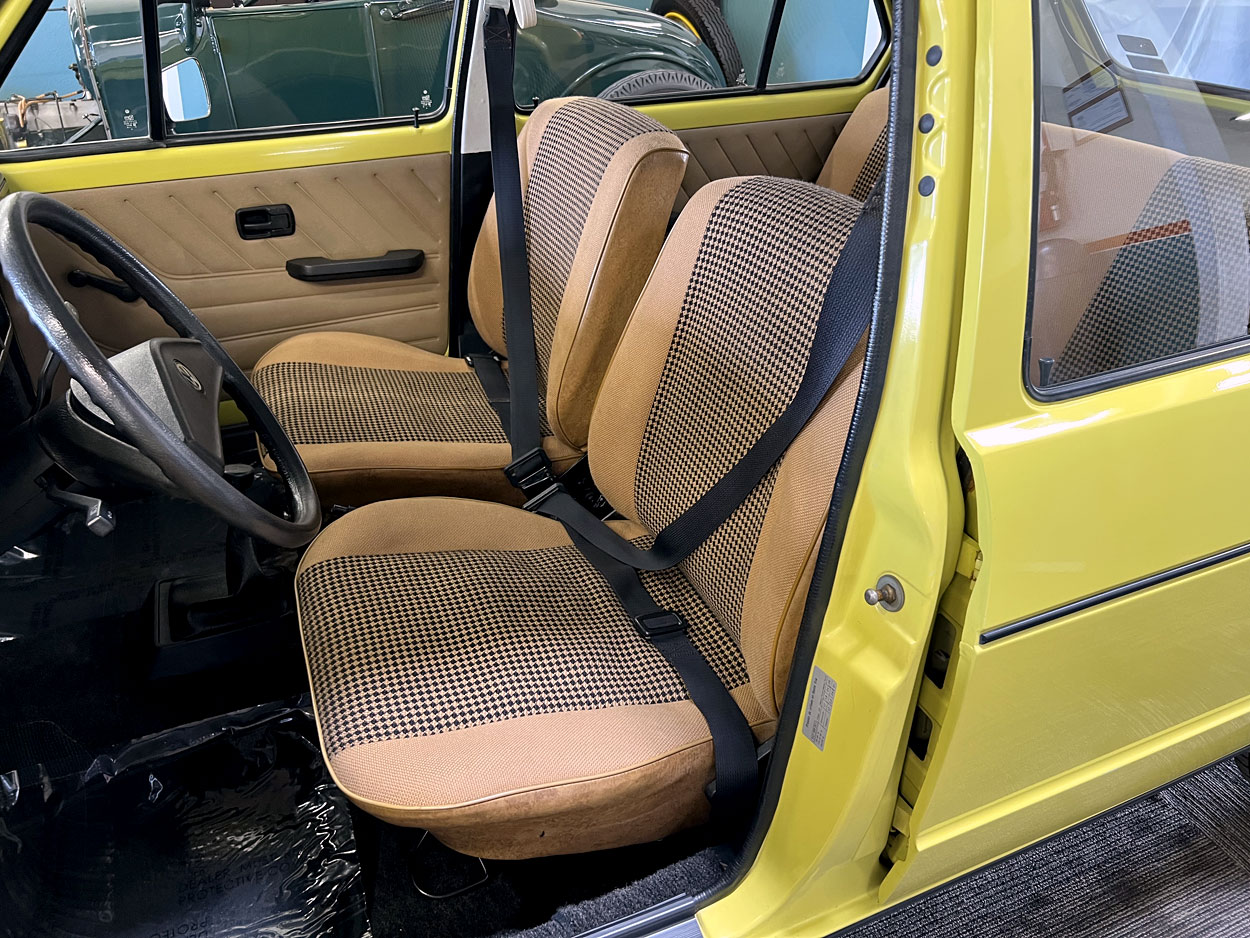
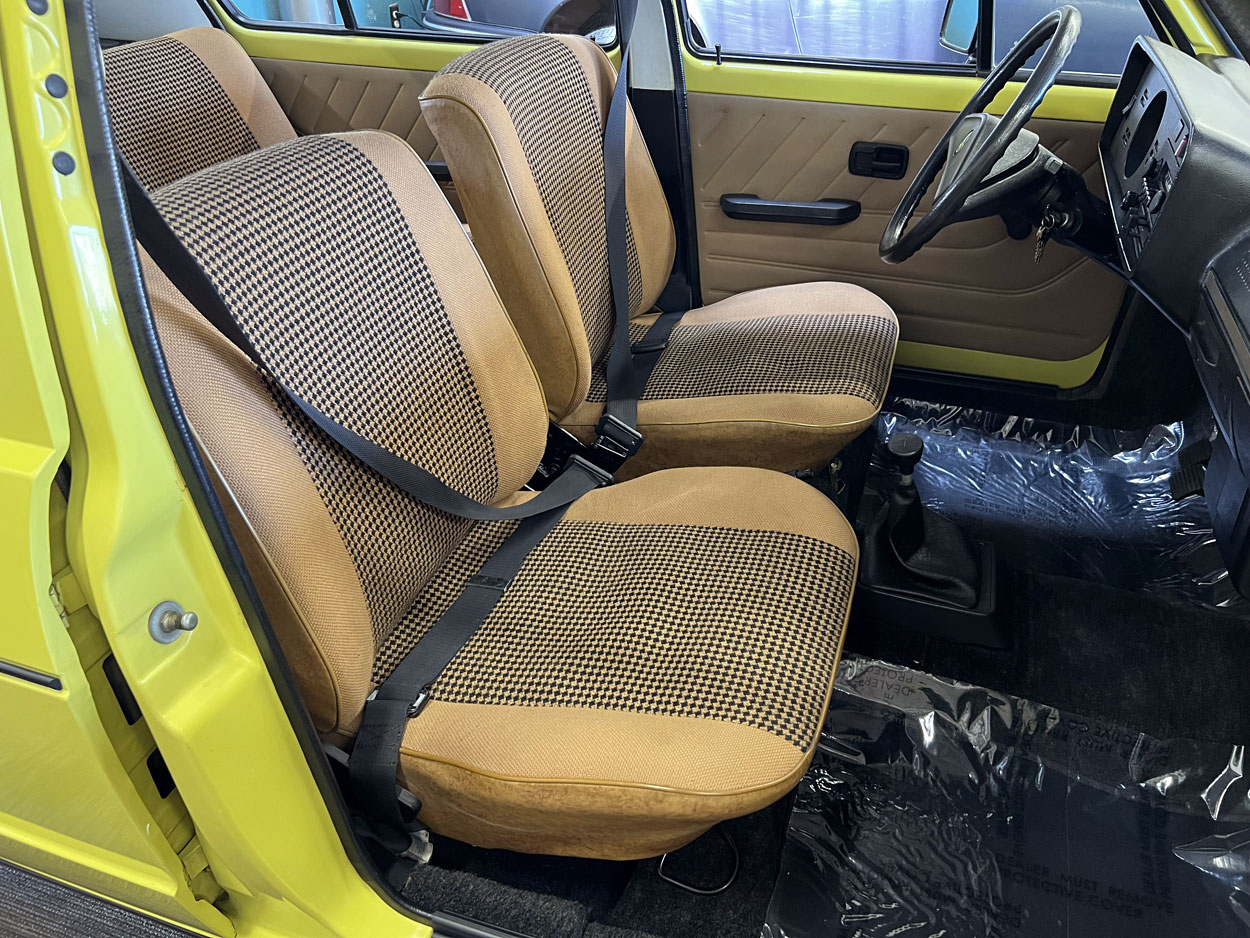
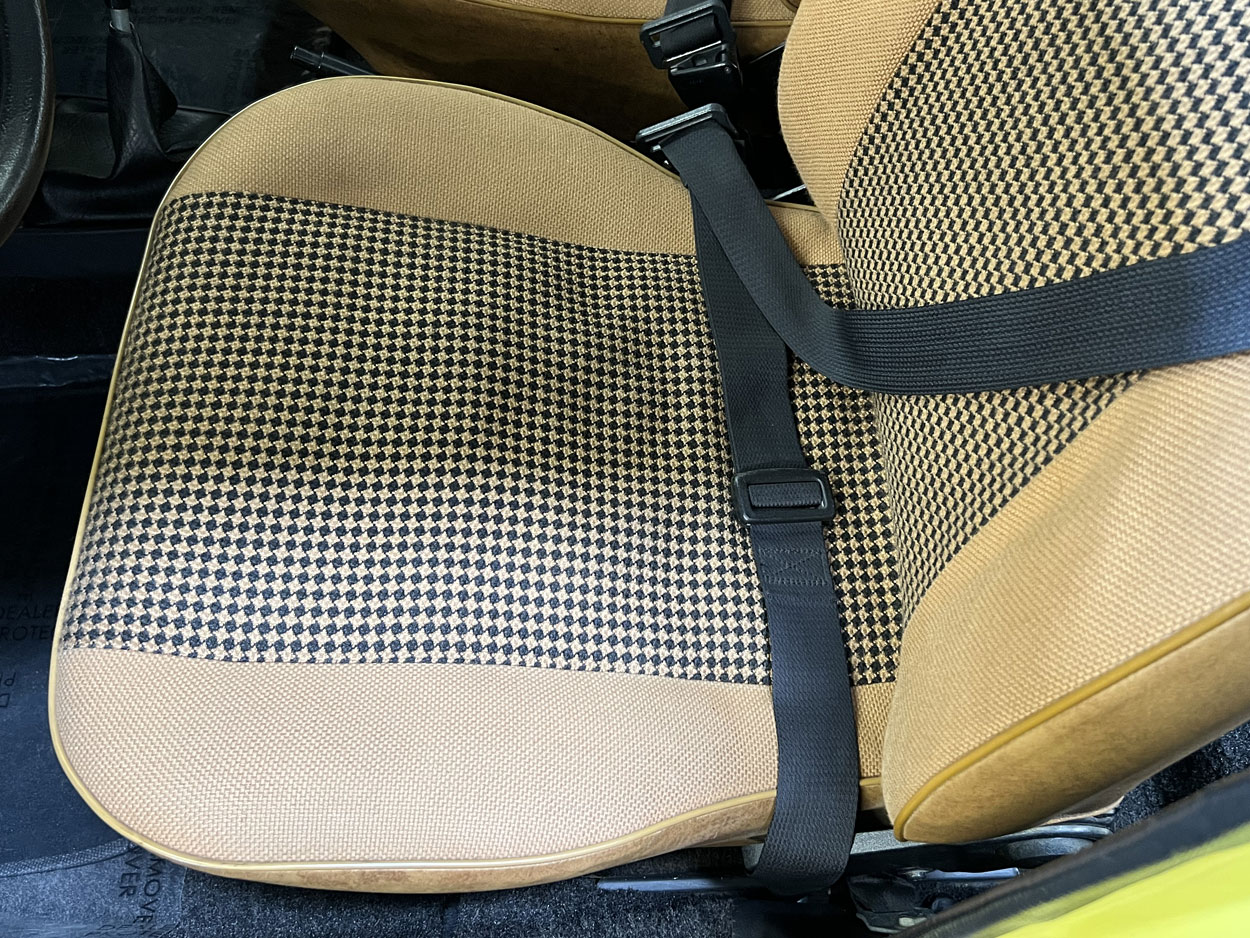
Front seats are flawless. Note the original 3-point seat belts, to be adjusted manually!
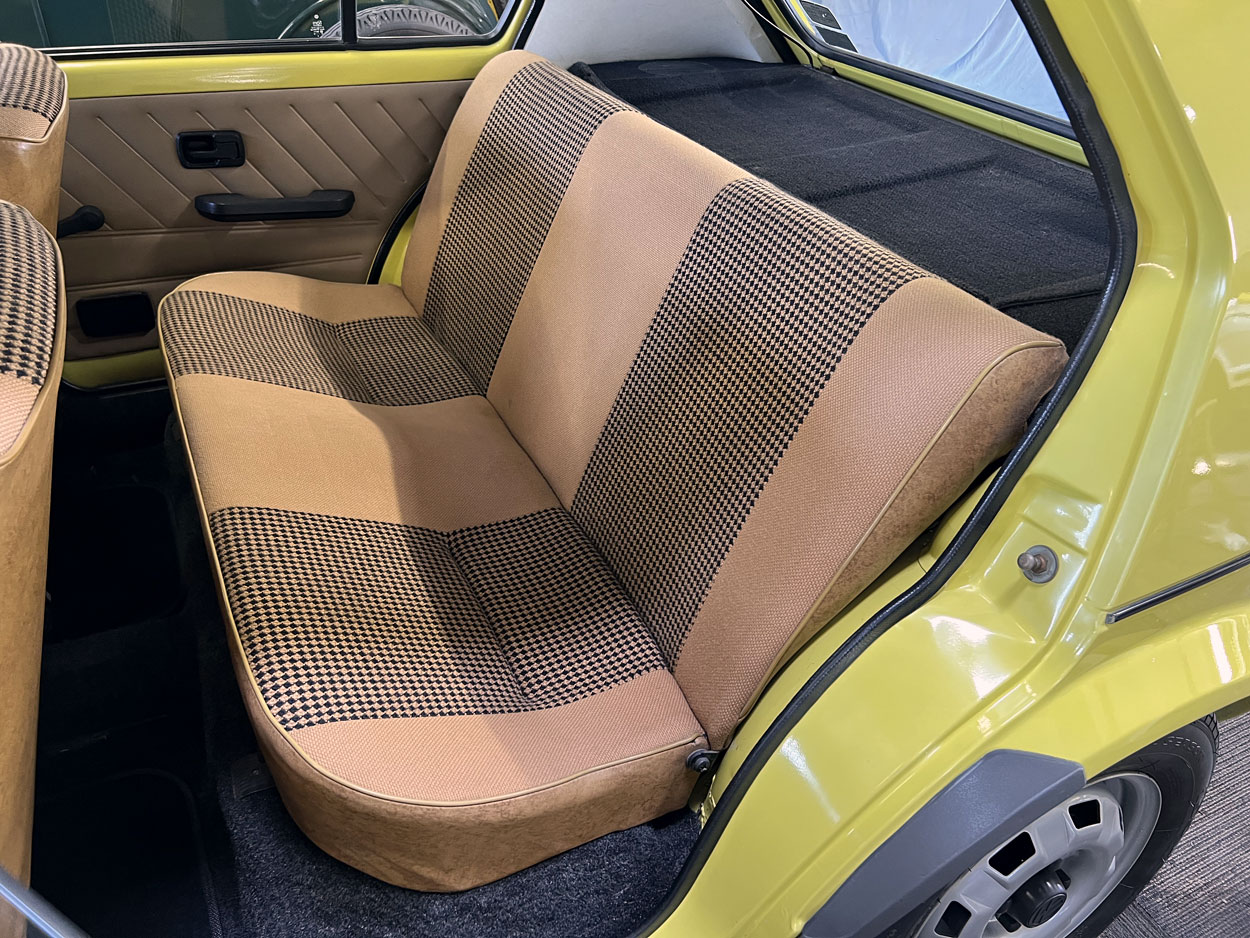
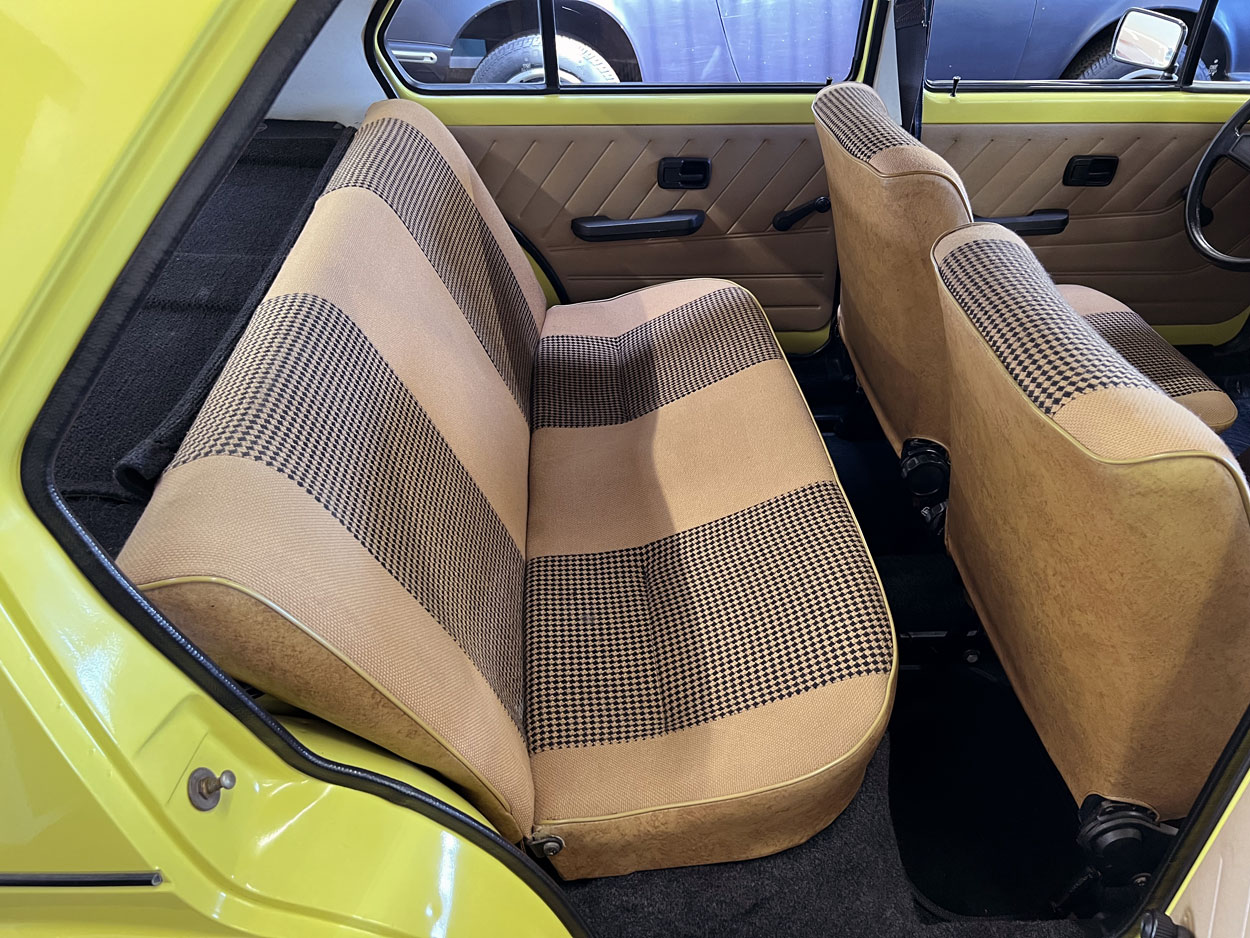
Rear seats look like they have never been used.
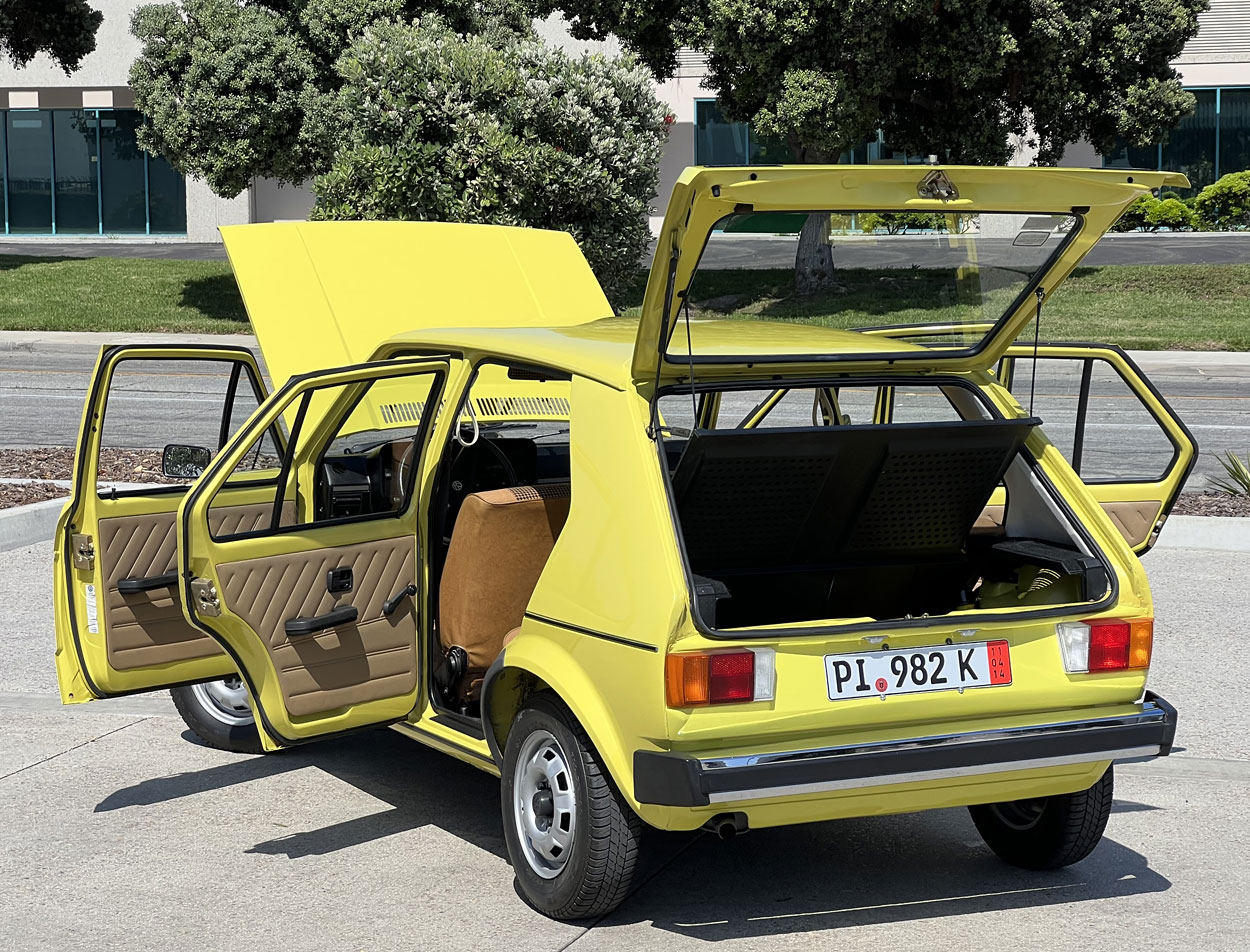
A marvel of 1970s engineering, the small hatchback provided incredible usable space.,
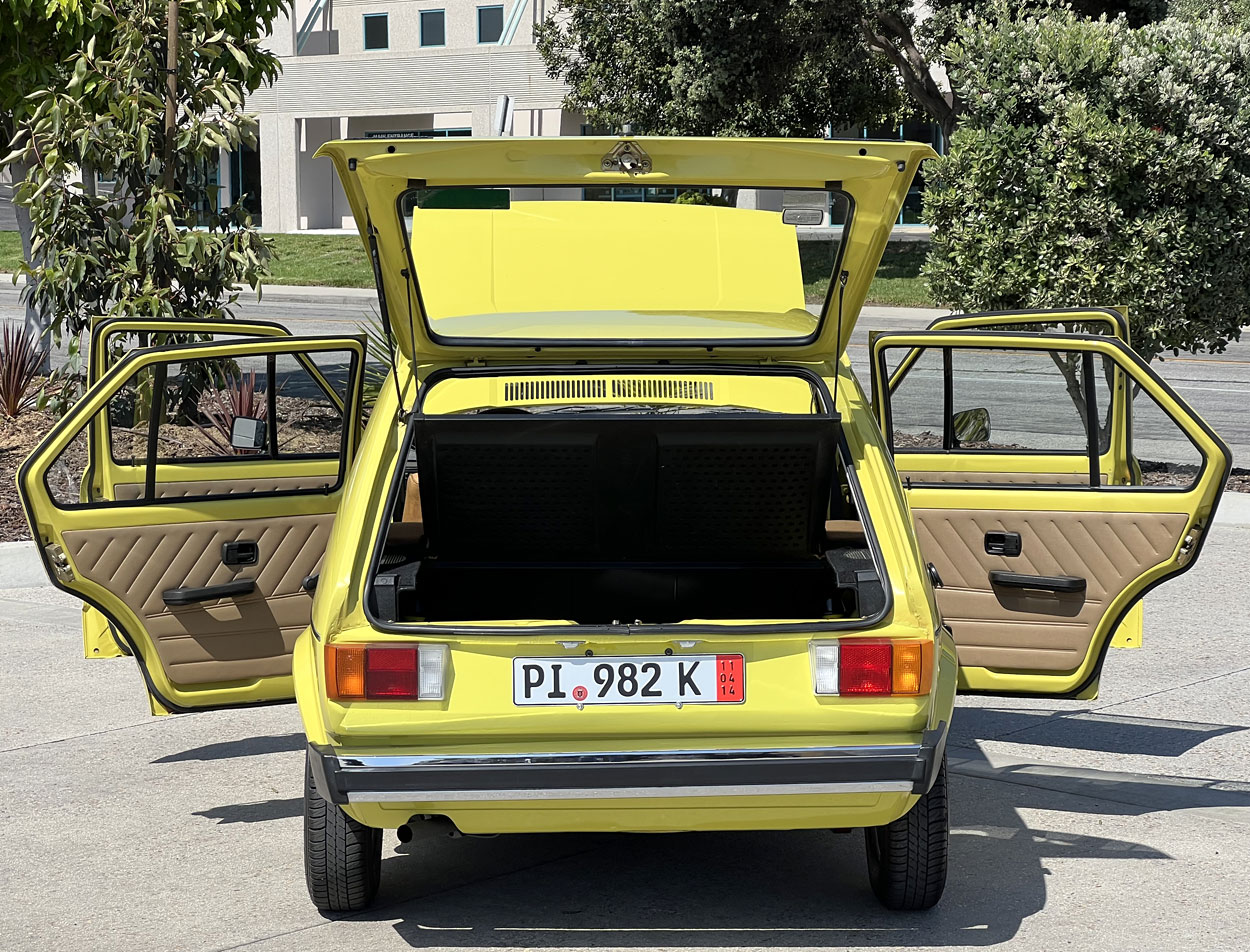
Thanks to liberate use of glass, visibility is excellent all around. No "park assist" and backup cameras needed!

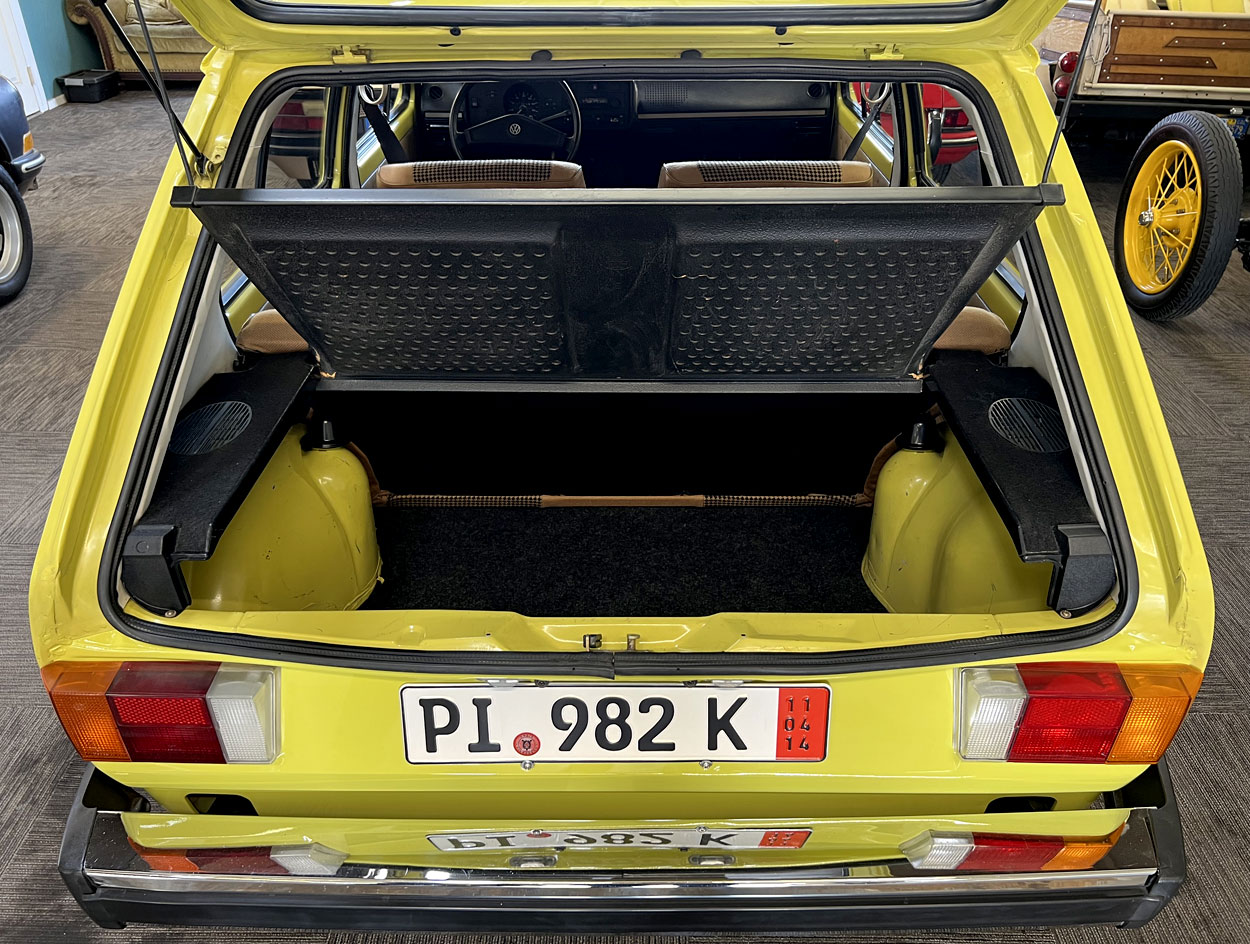
Rear bench seat back folds forward . . .

. . . allowing for a large cargo space.
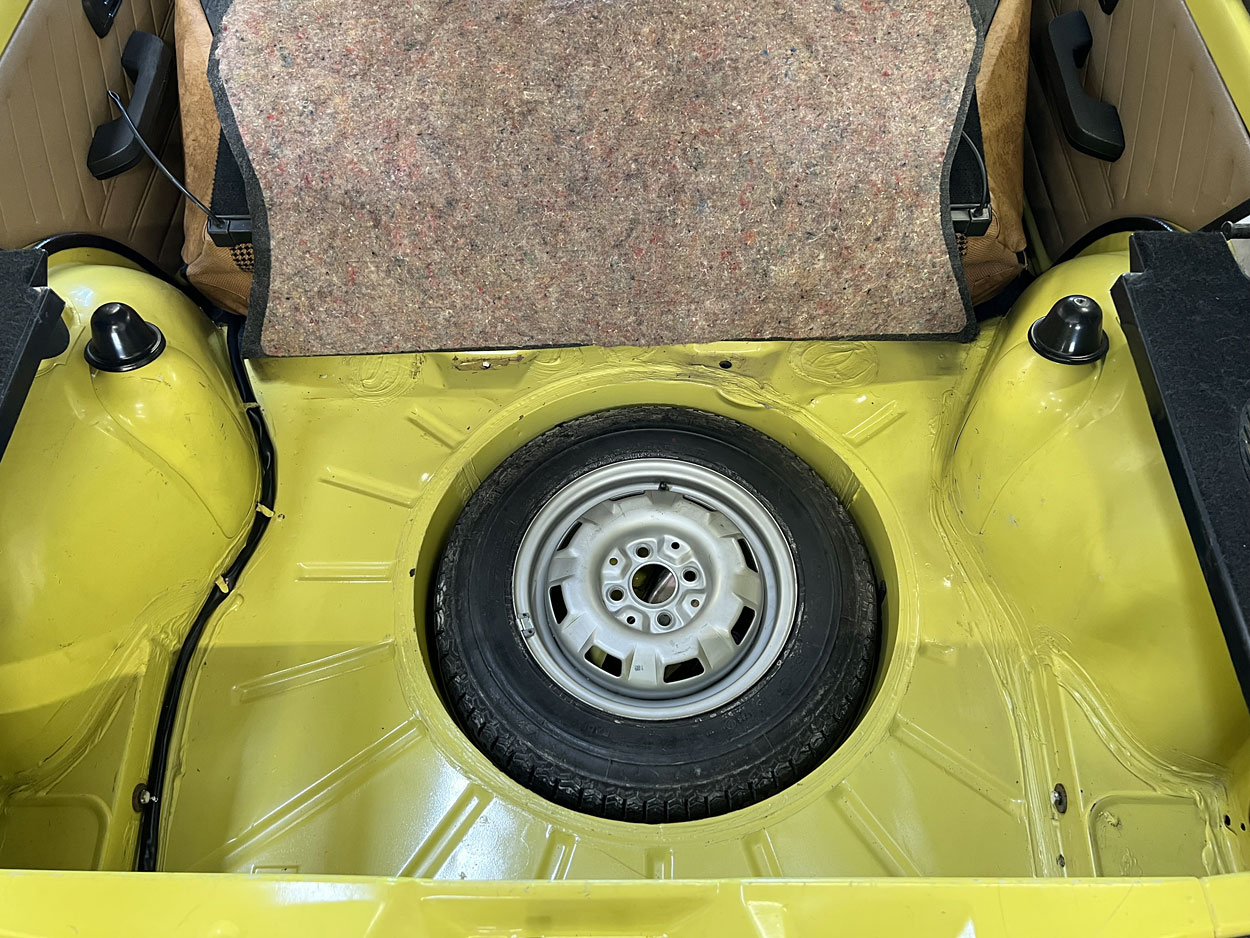
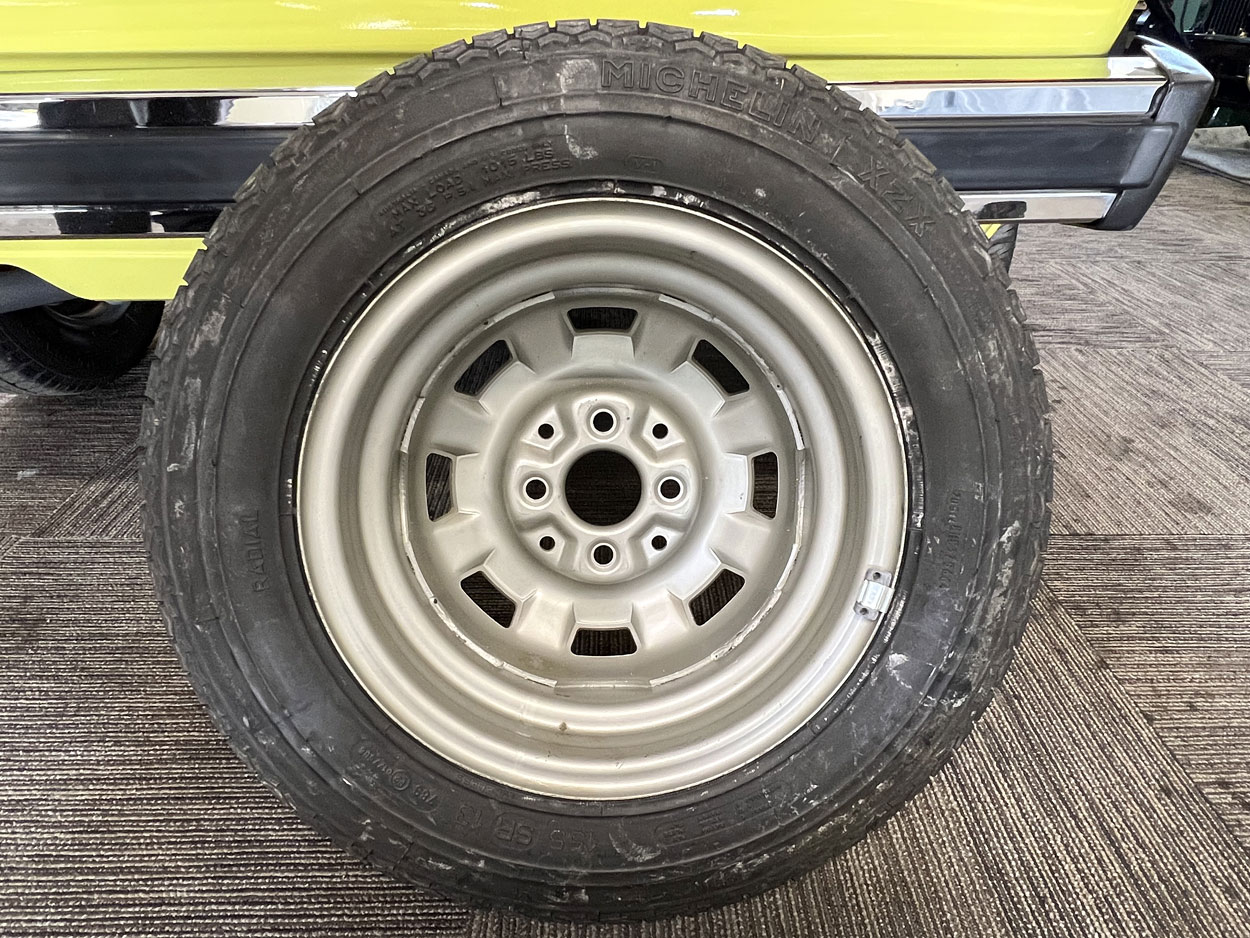
Origina --, date-coded -- spare, still with white chalk on the rubber!
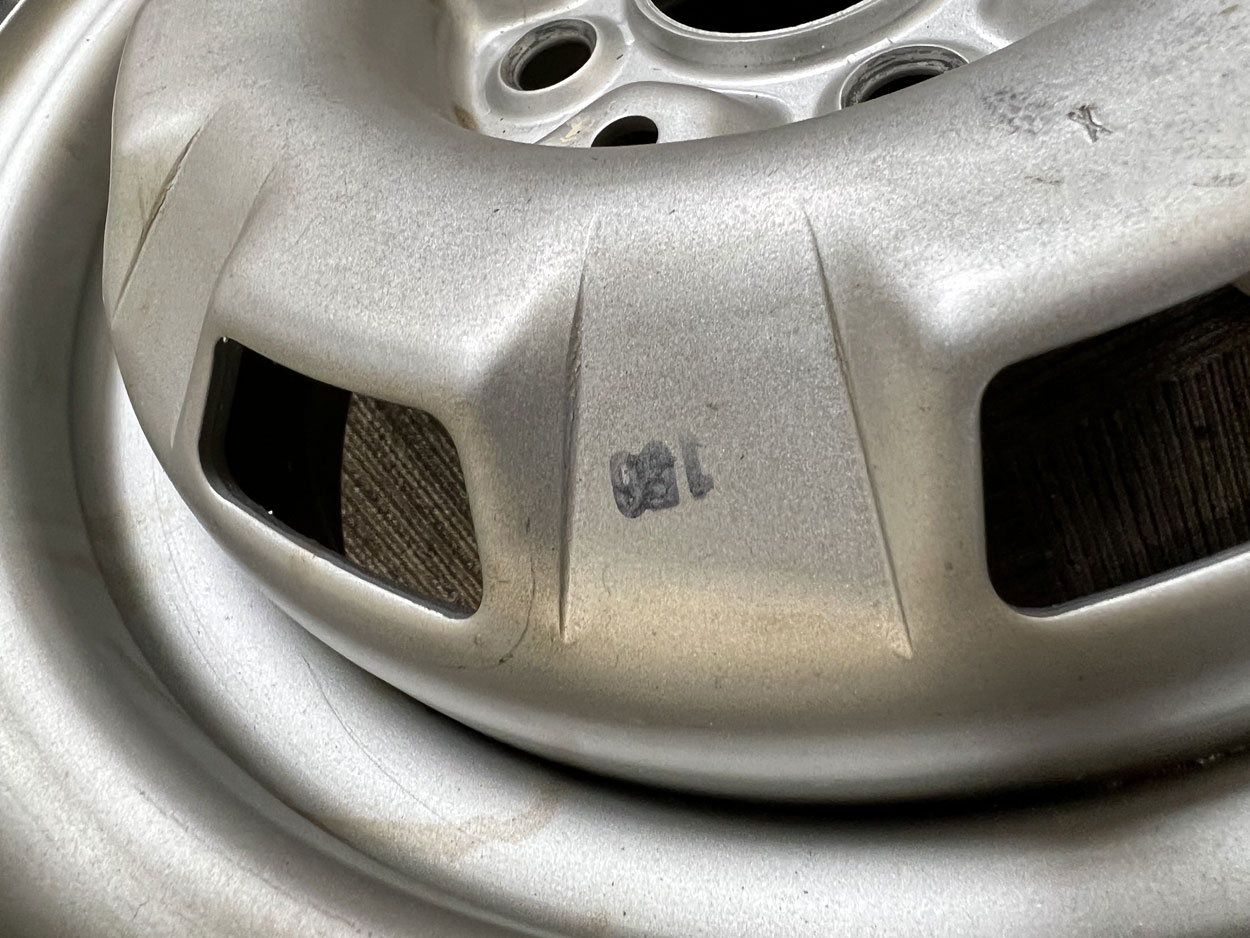
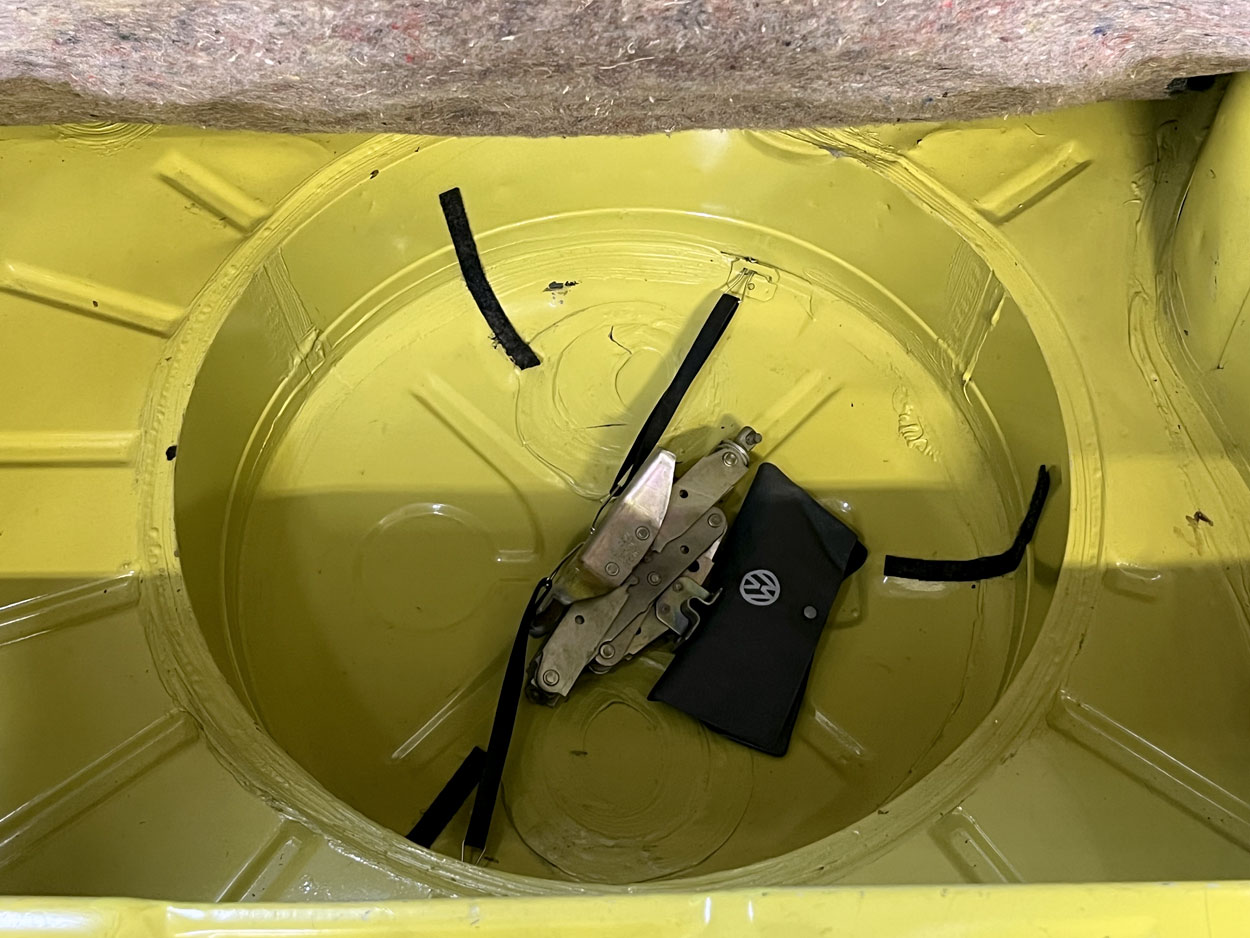
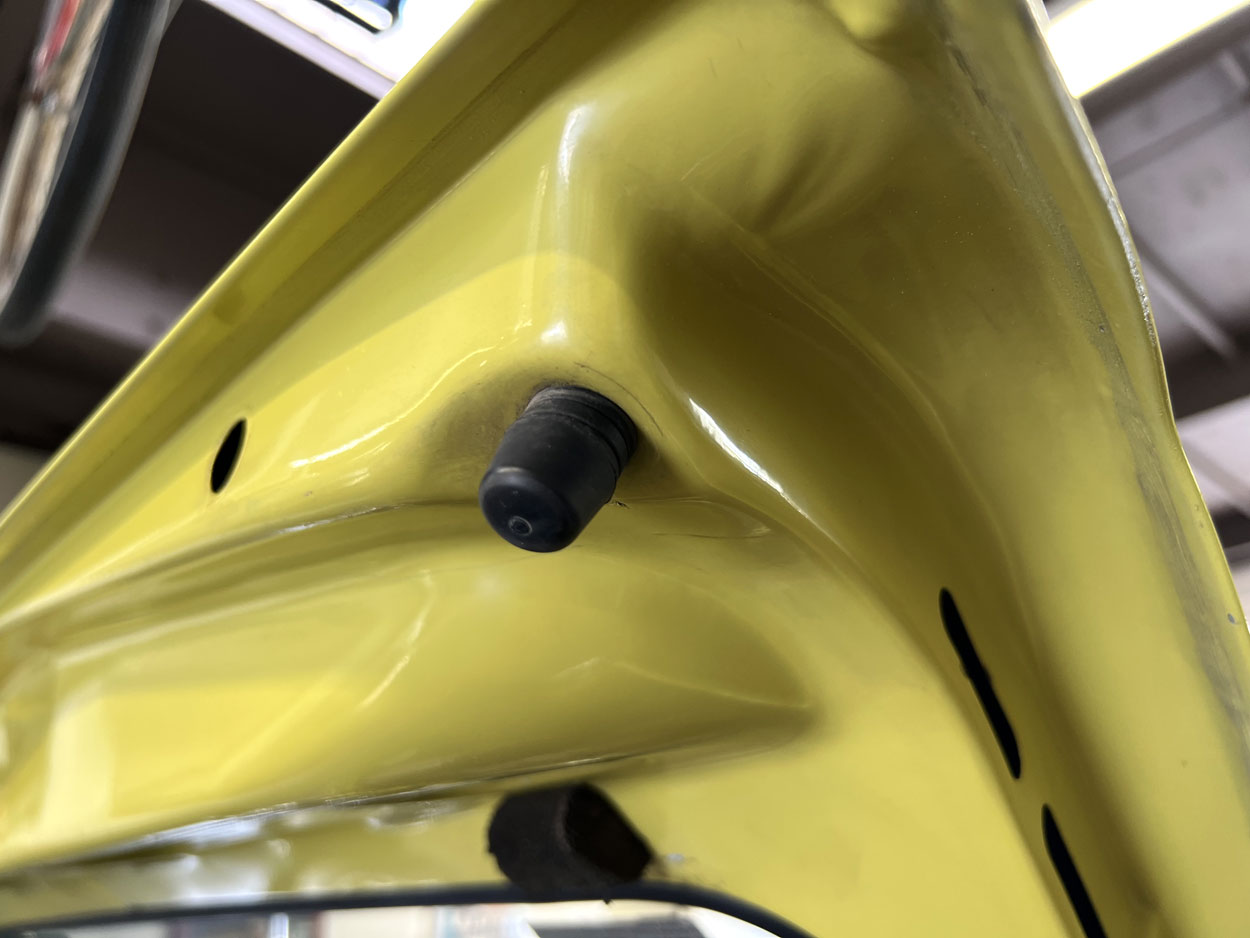
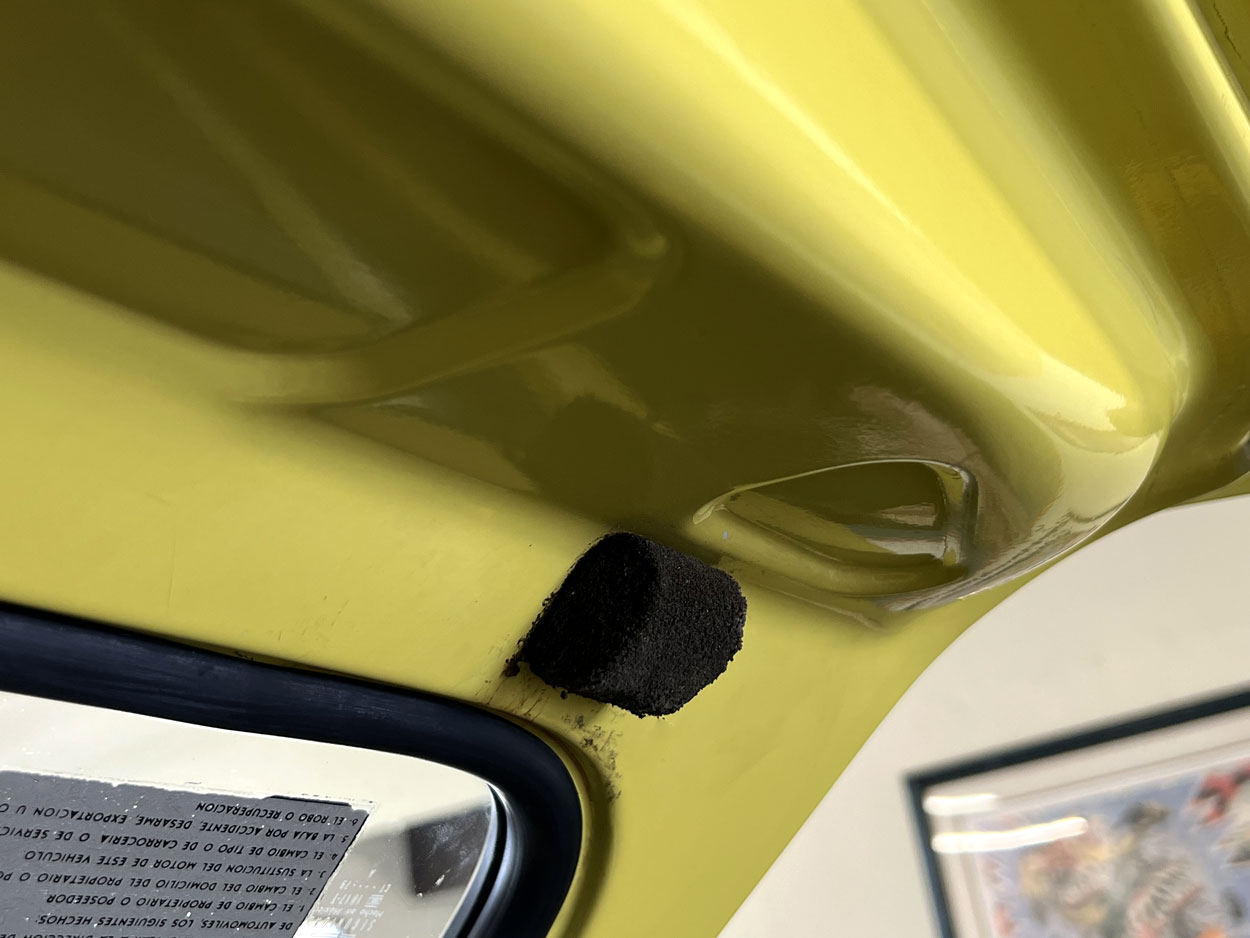
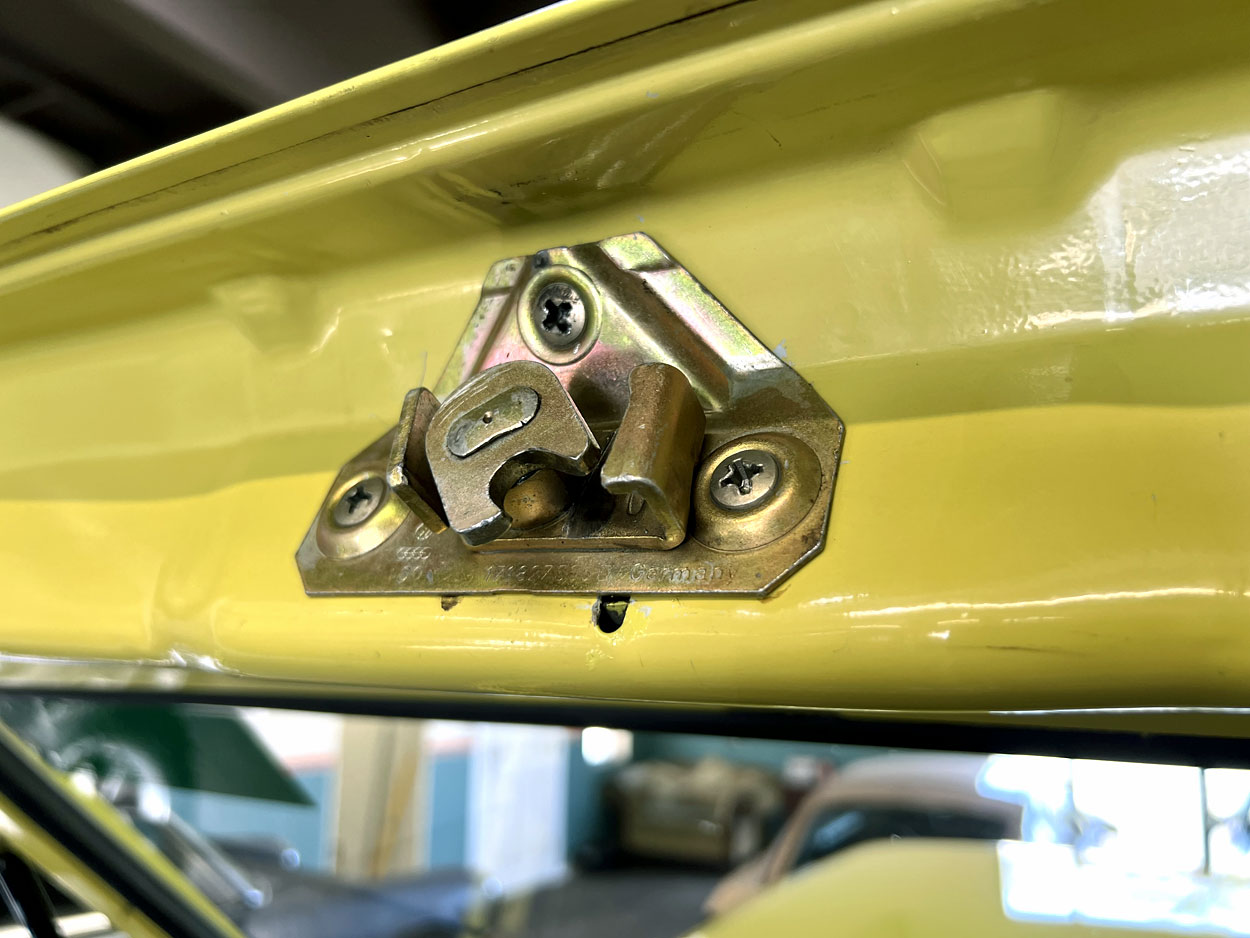
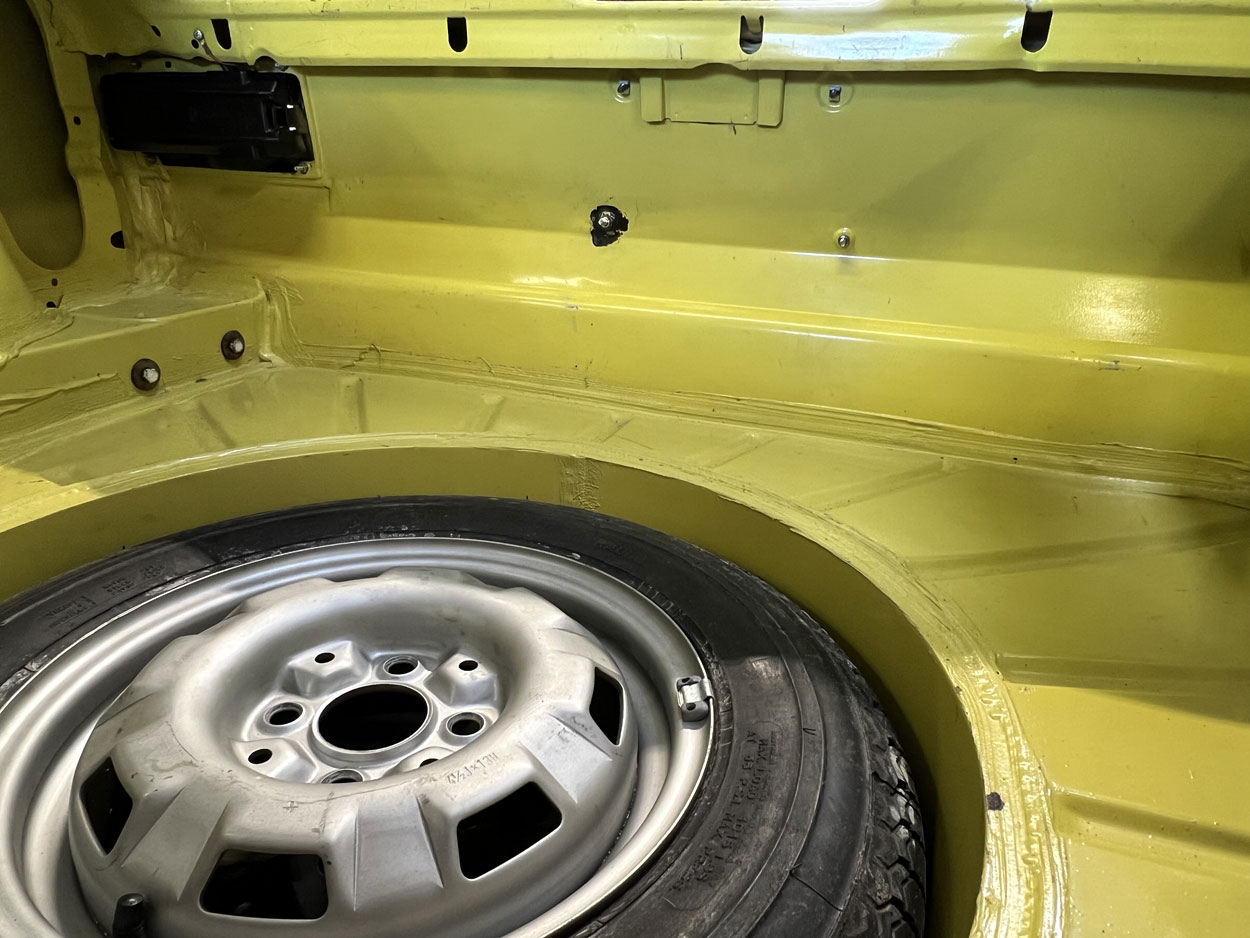
Above: details of the trunk area.
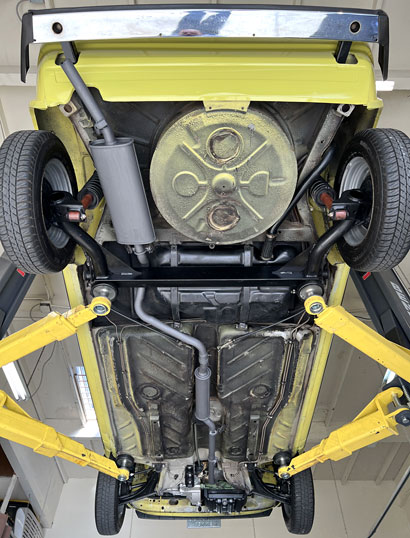
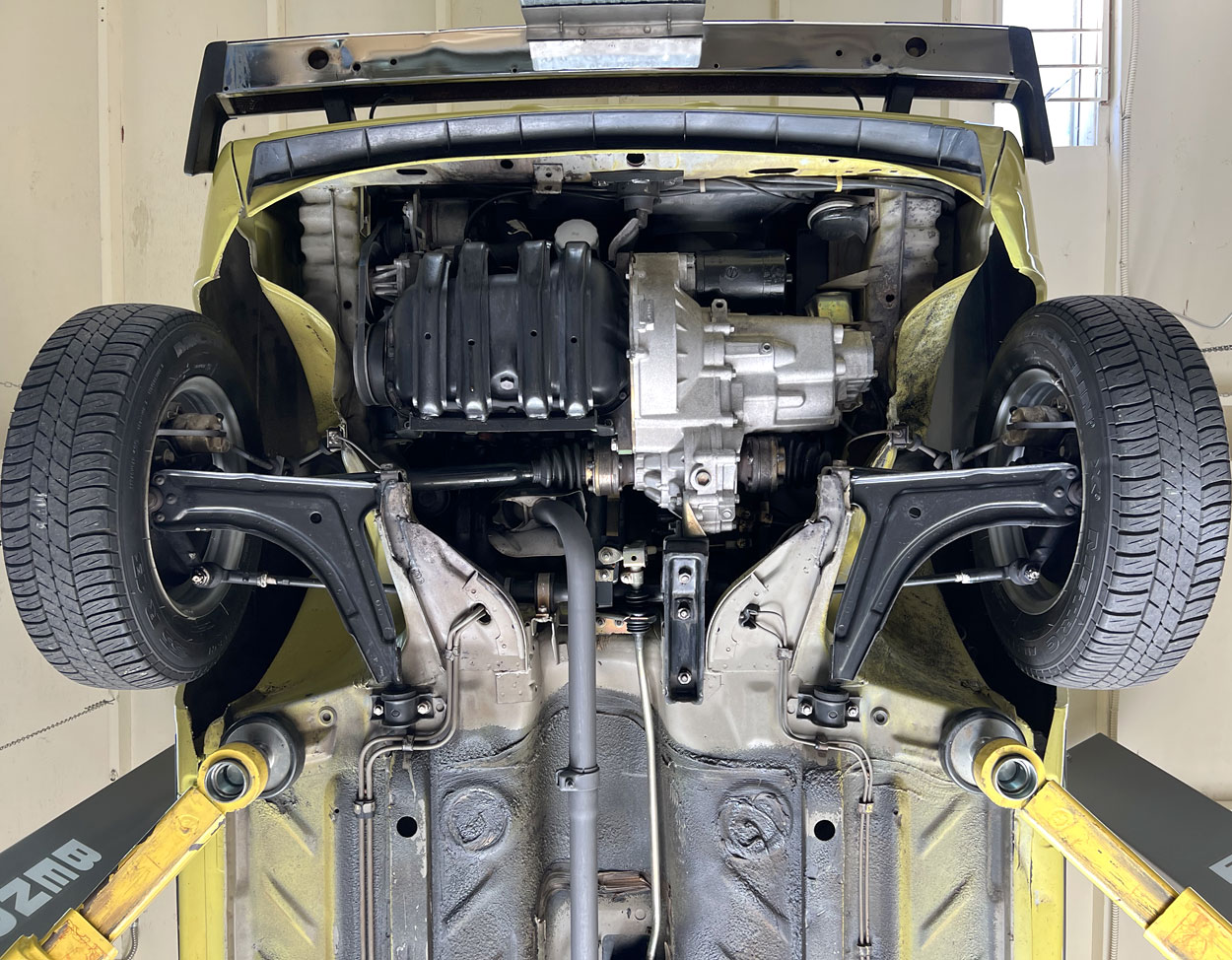

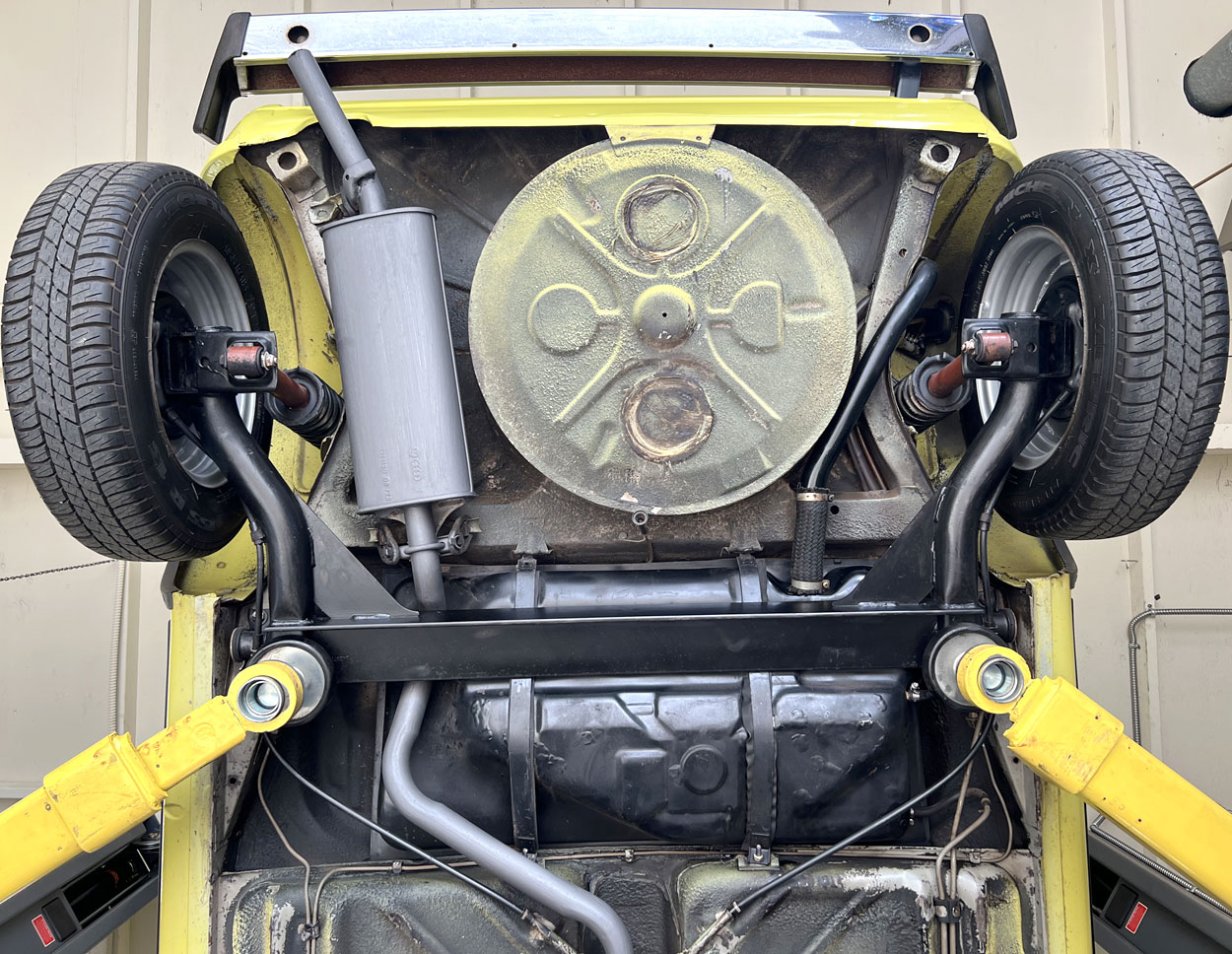
Undercarriage is of reference quality.
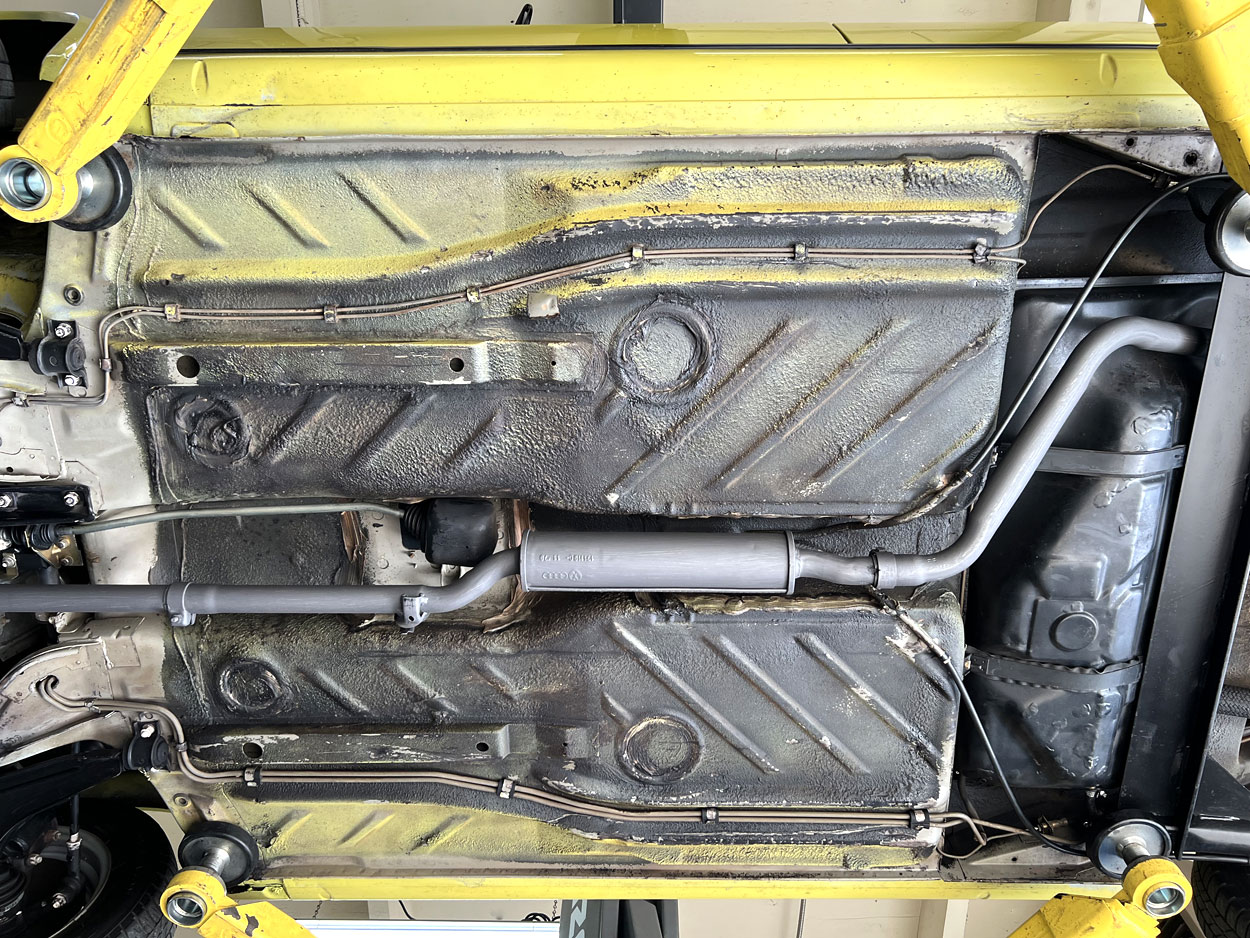
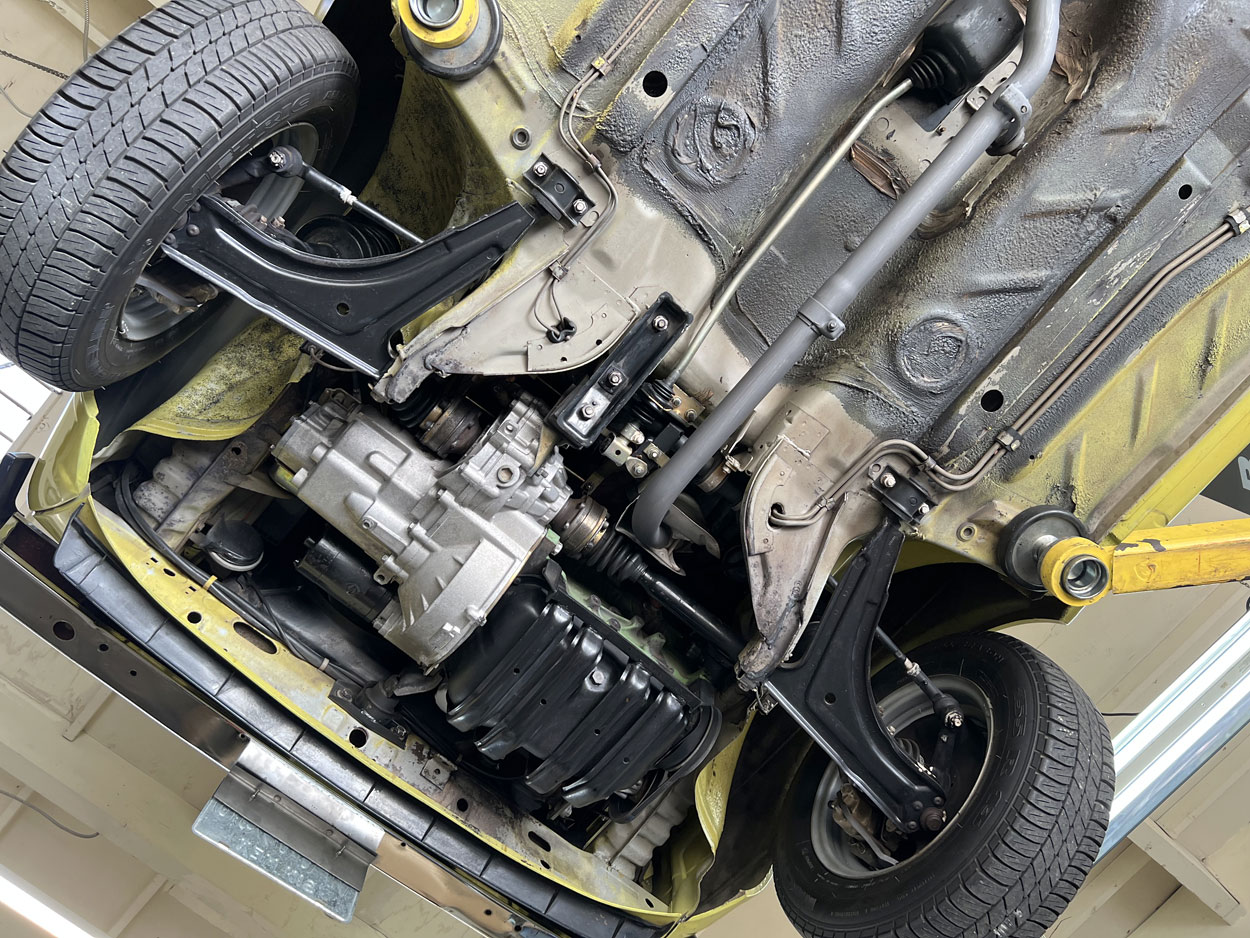
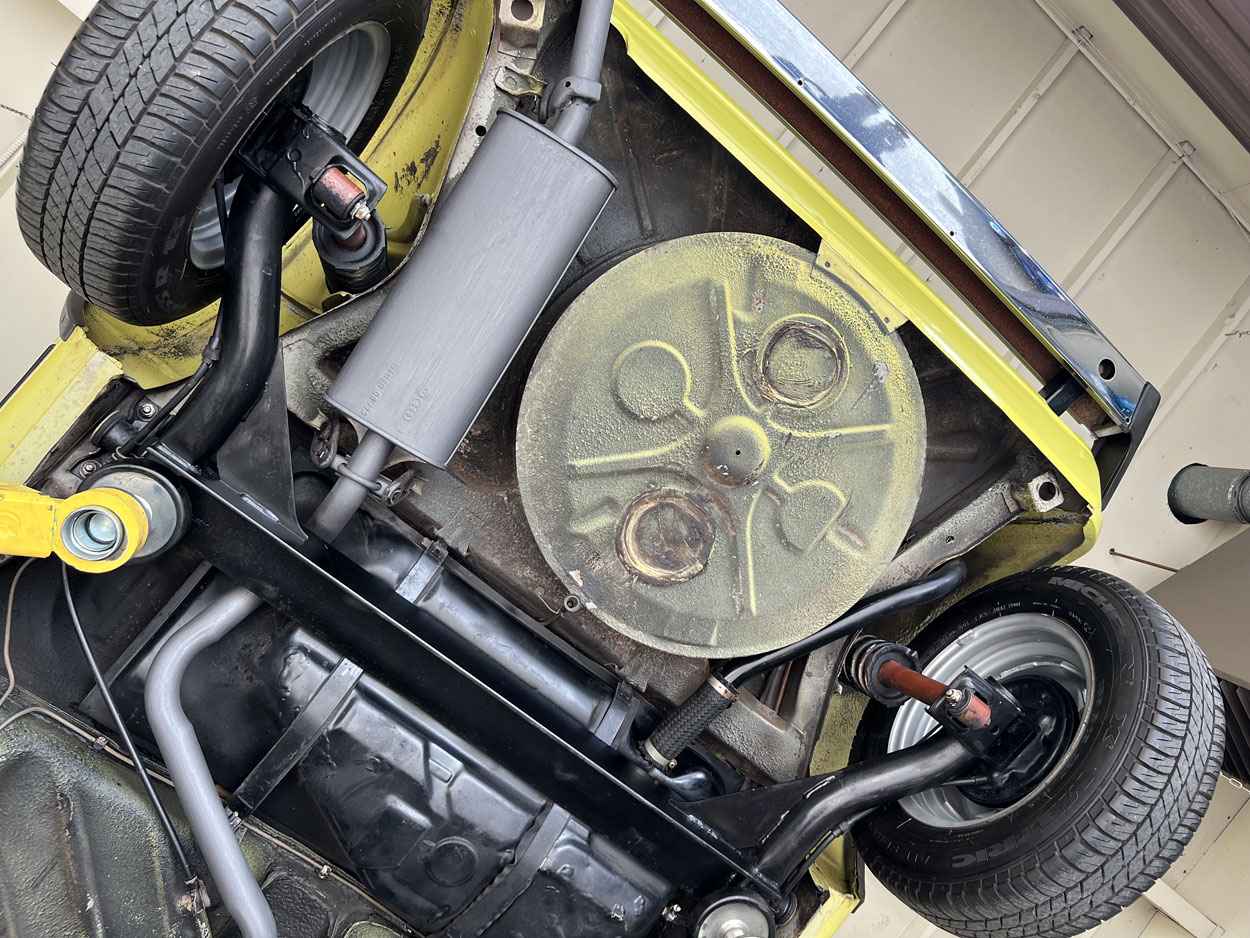
Everything you see here is exactly as delivered 43 years ago.
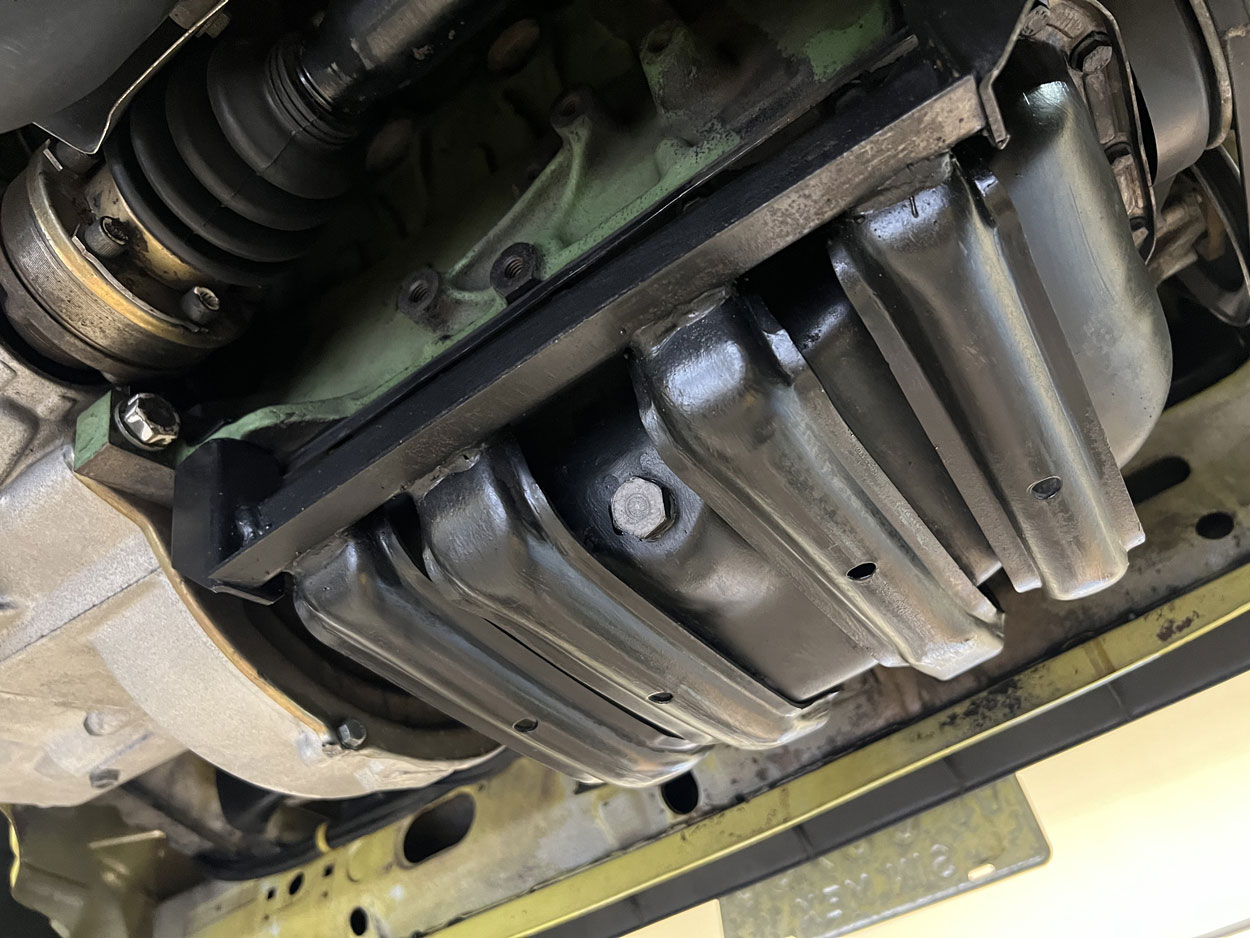
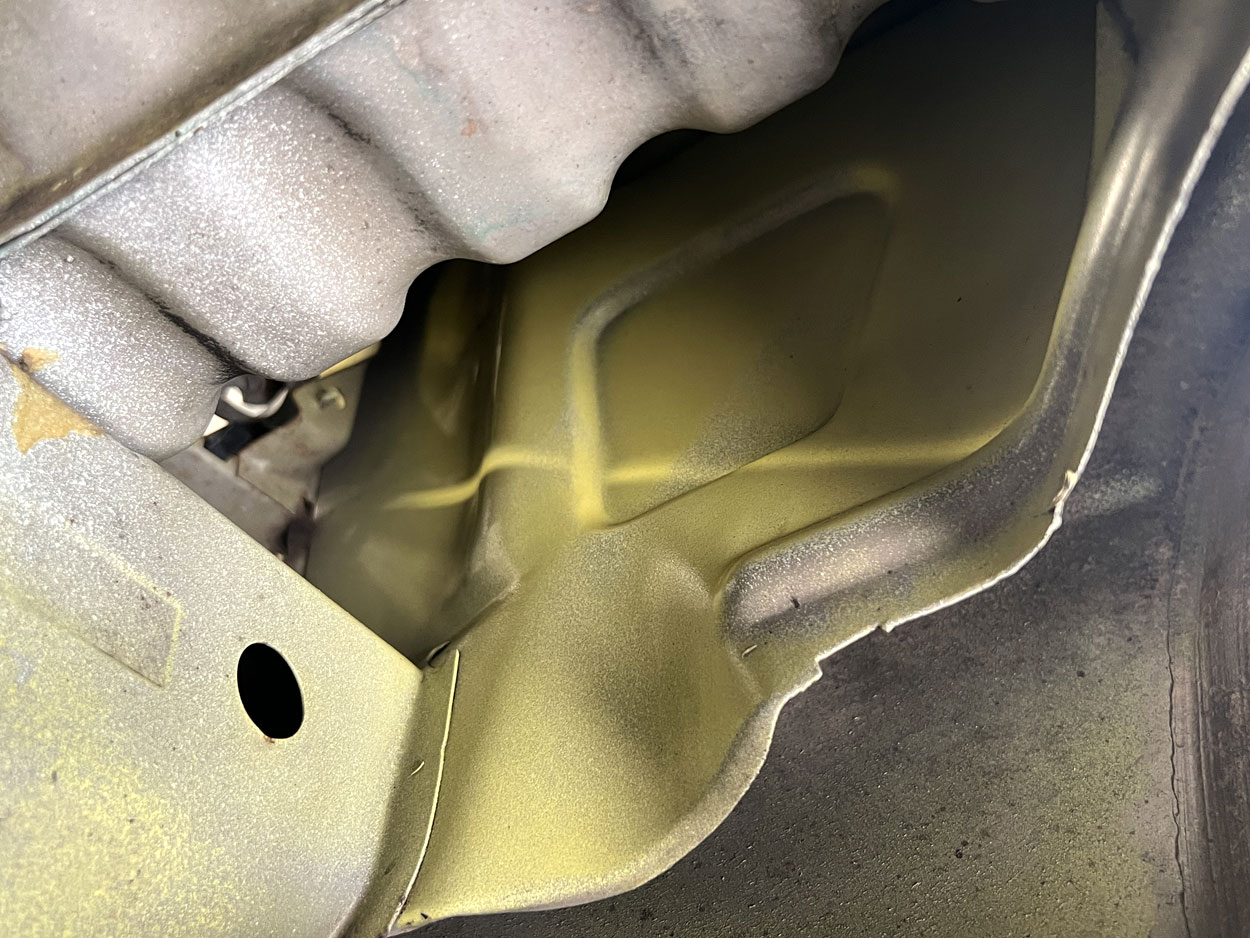
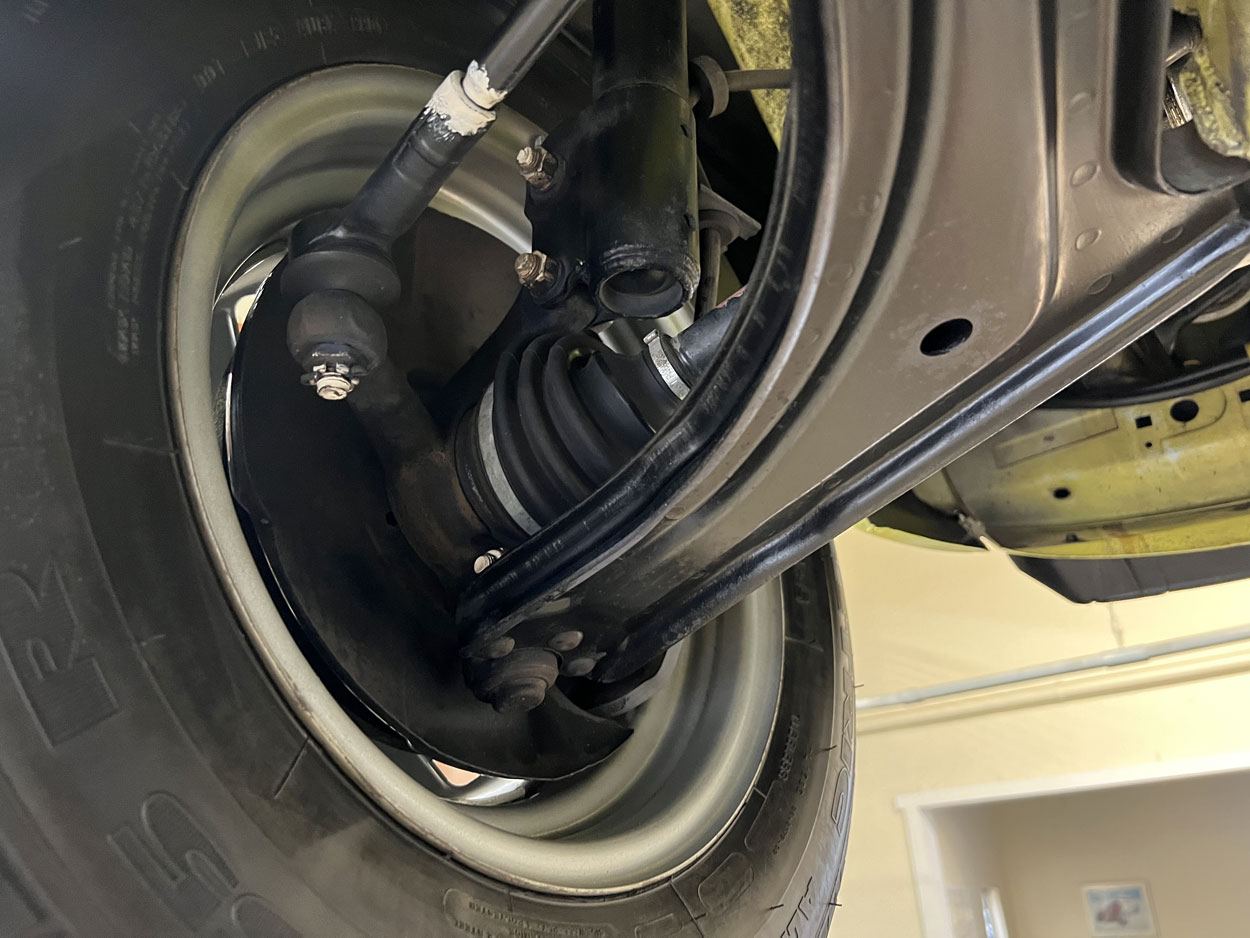
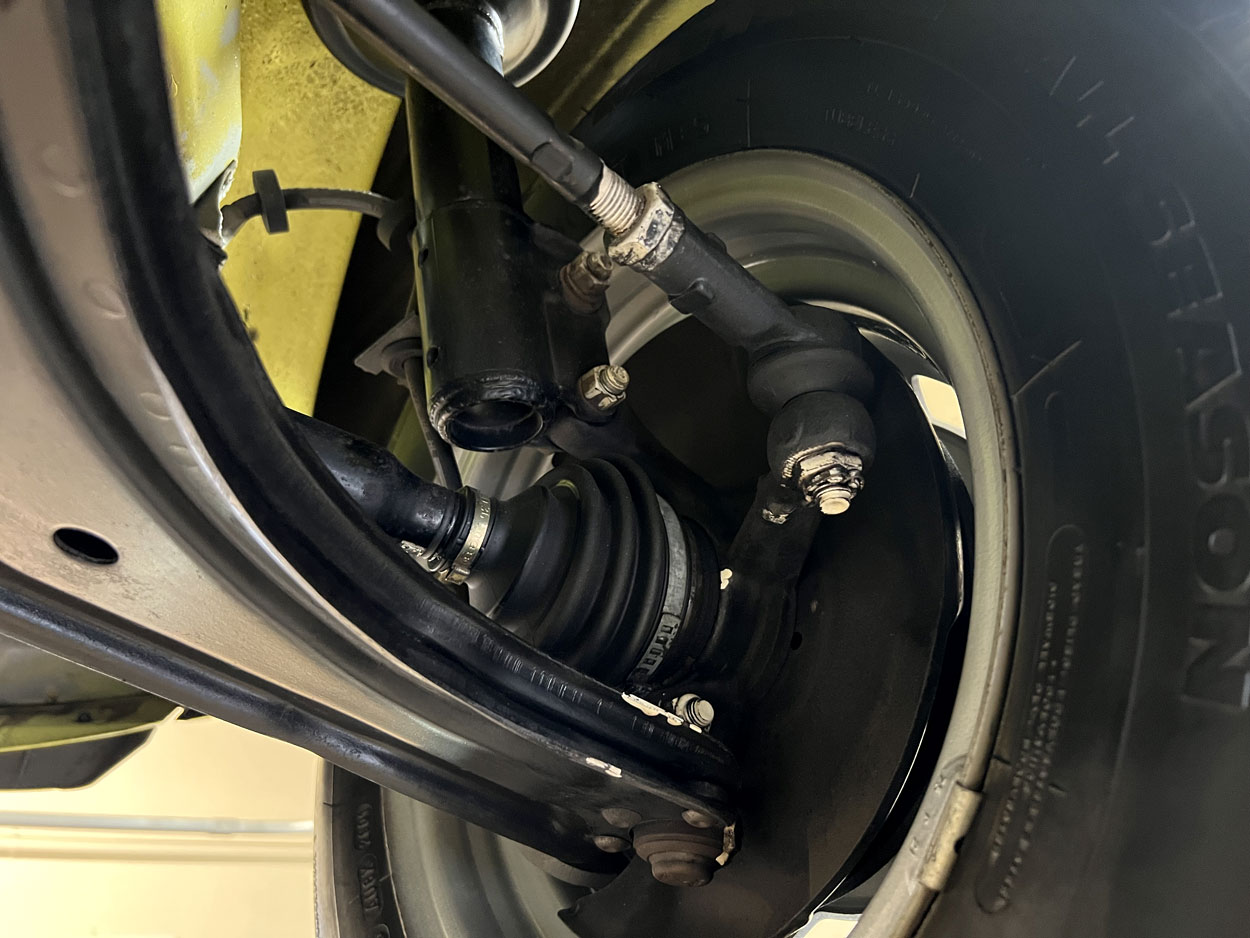
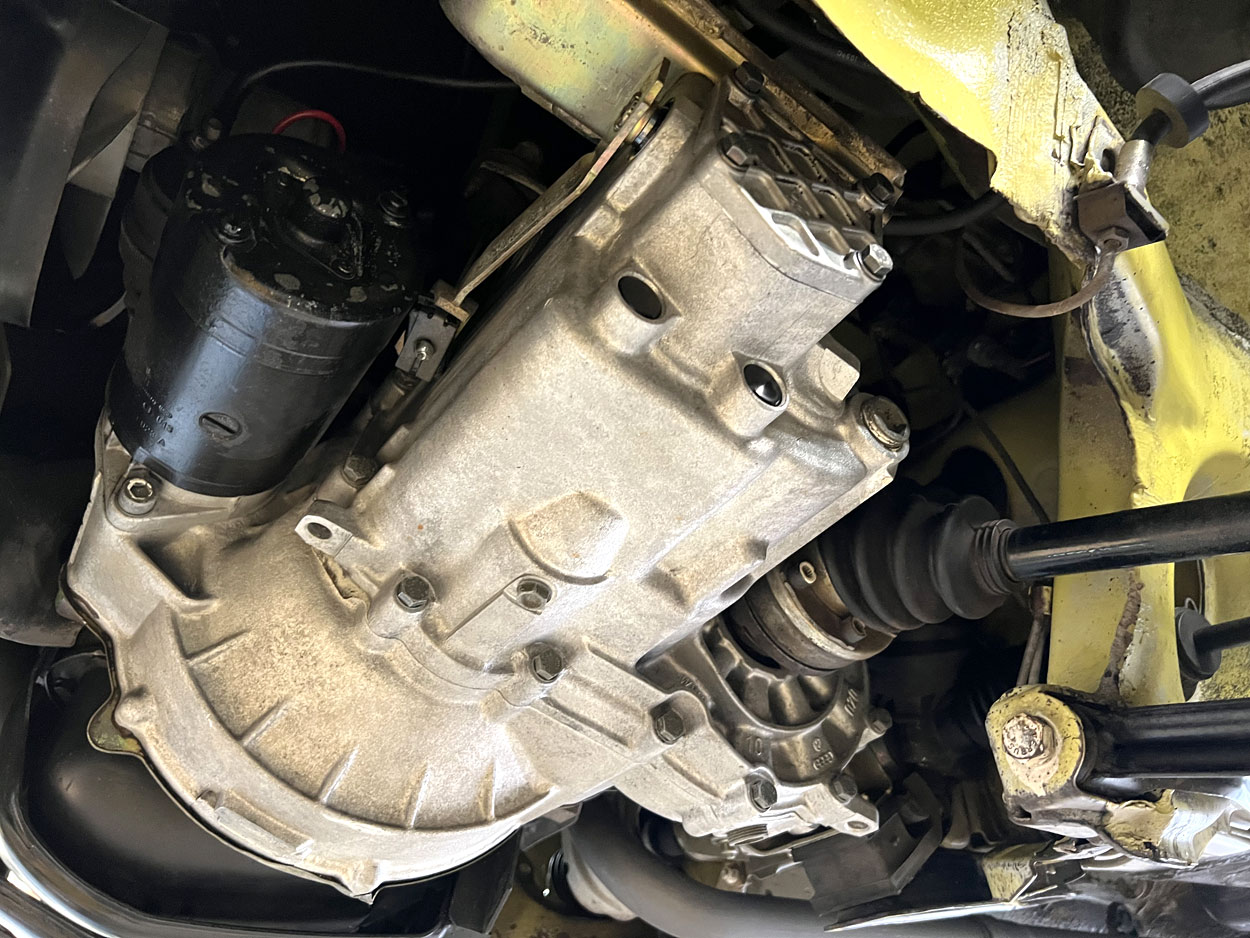
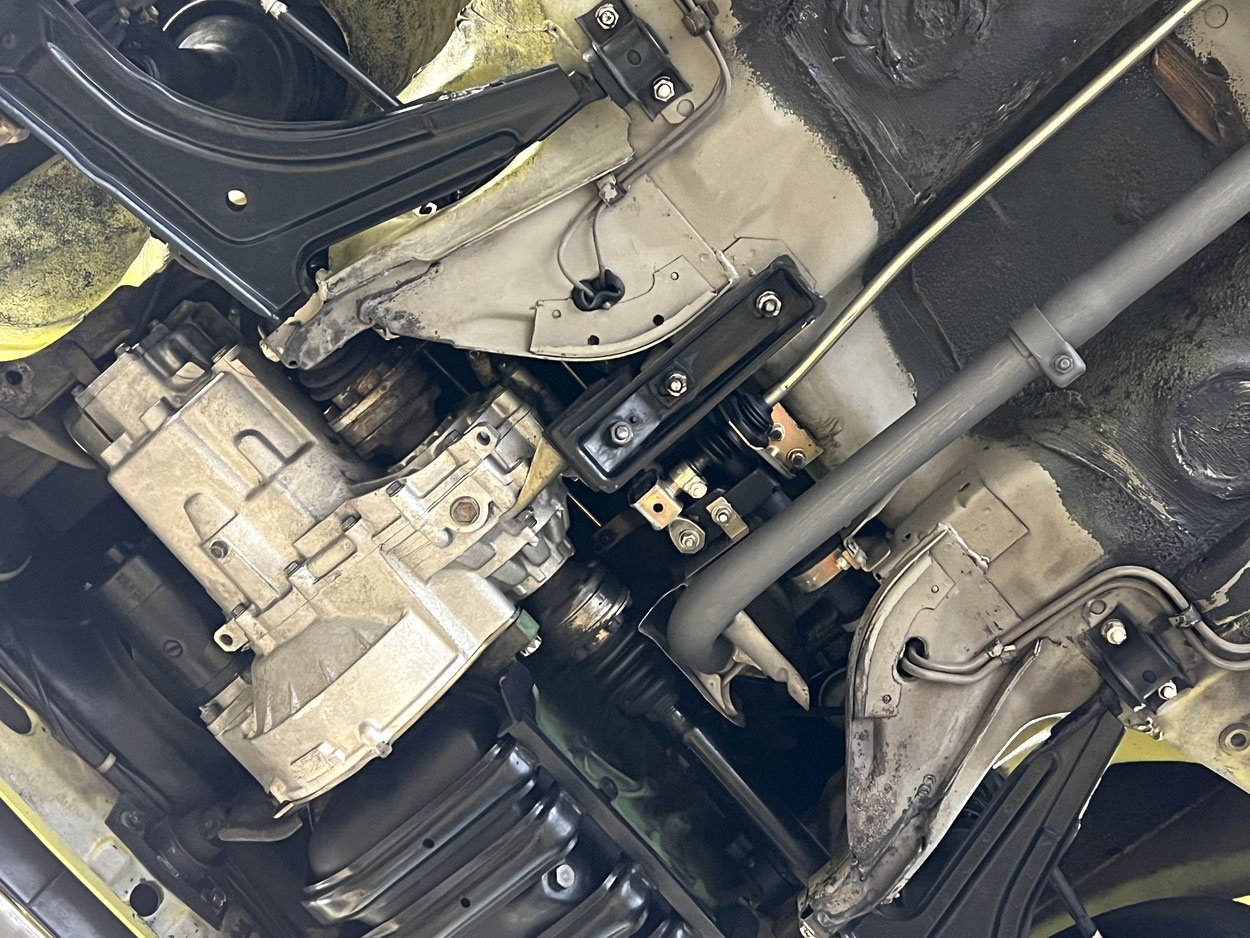
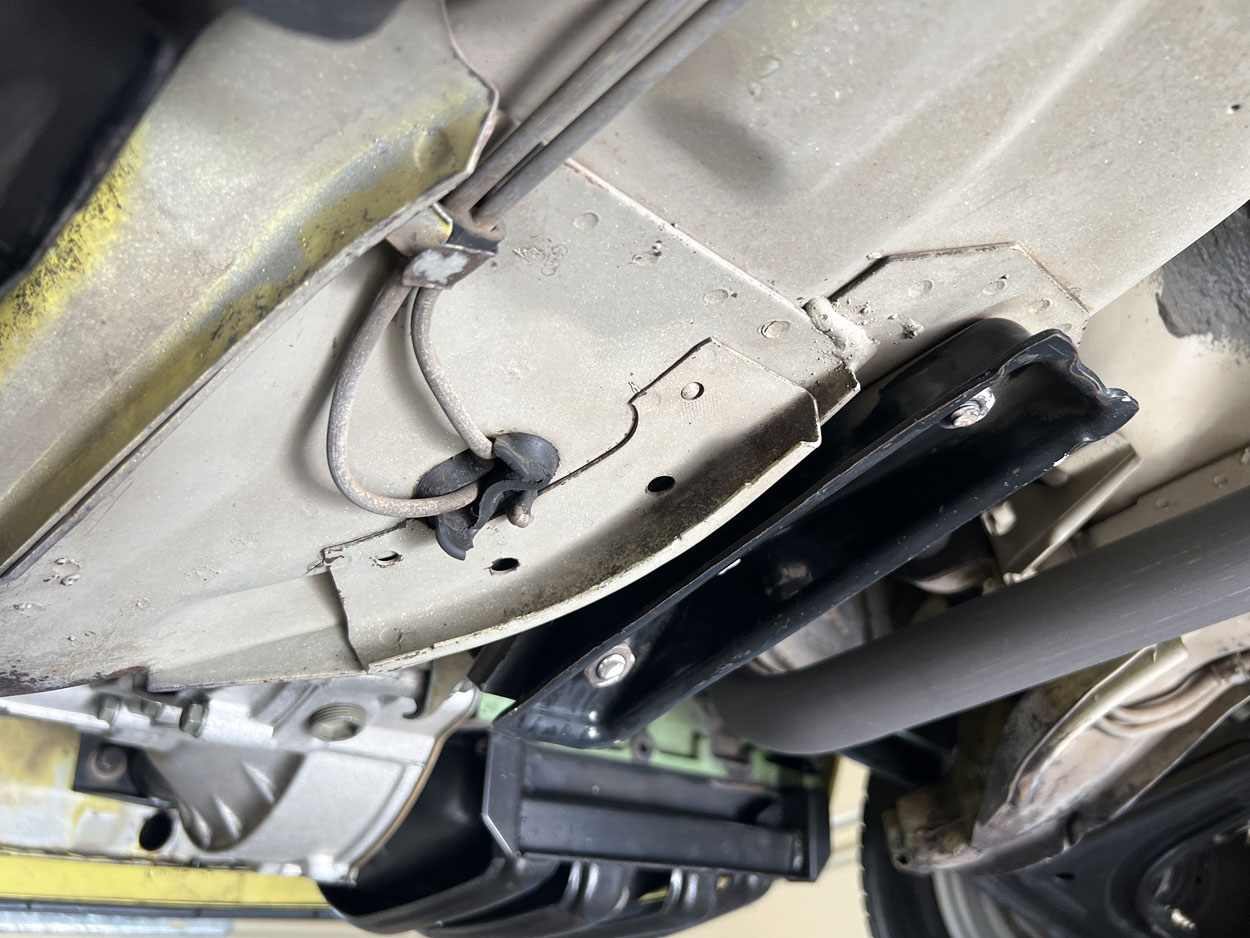
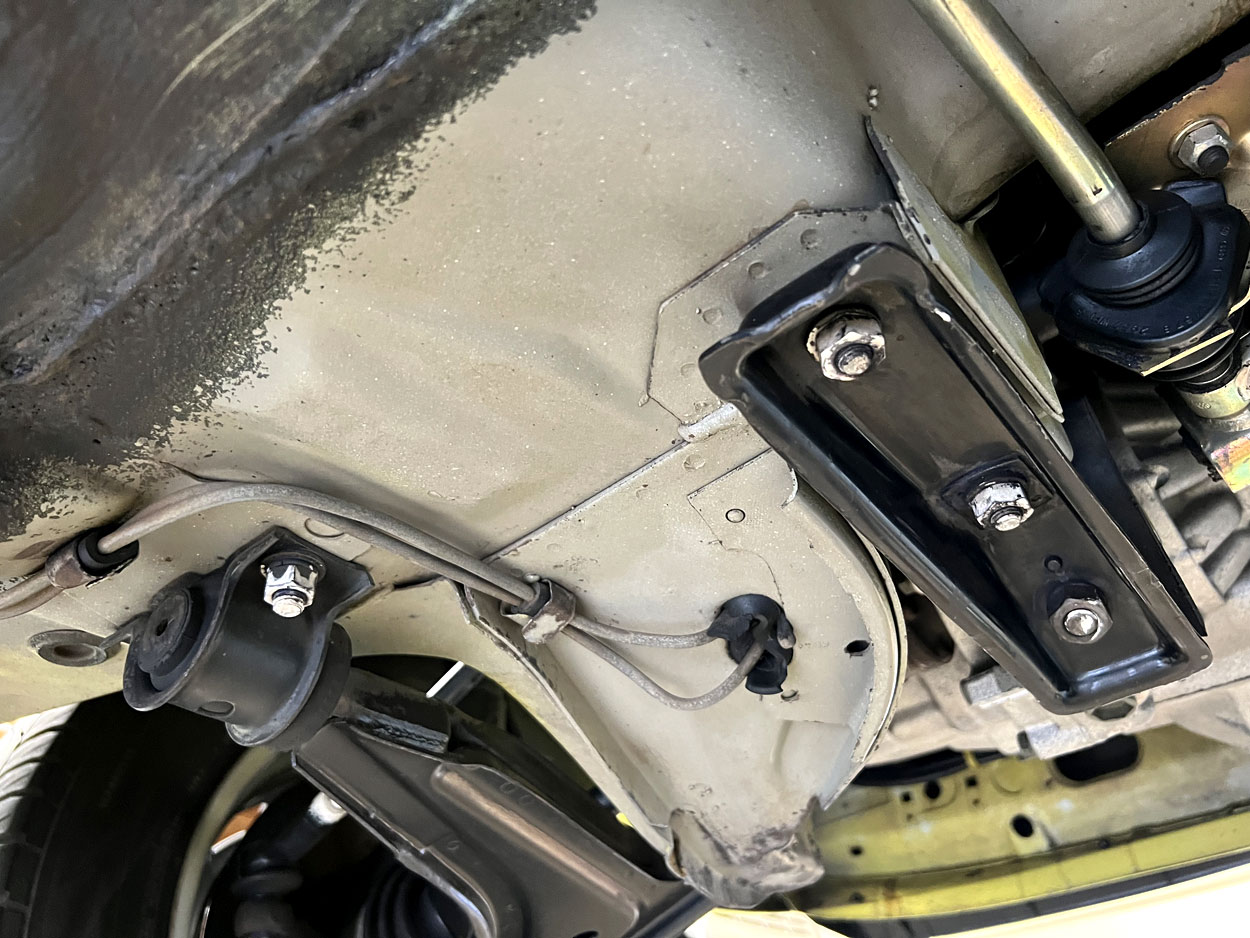


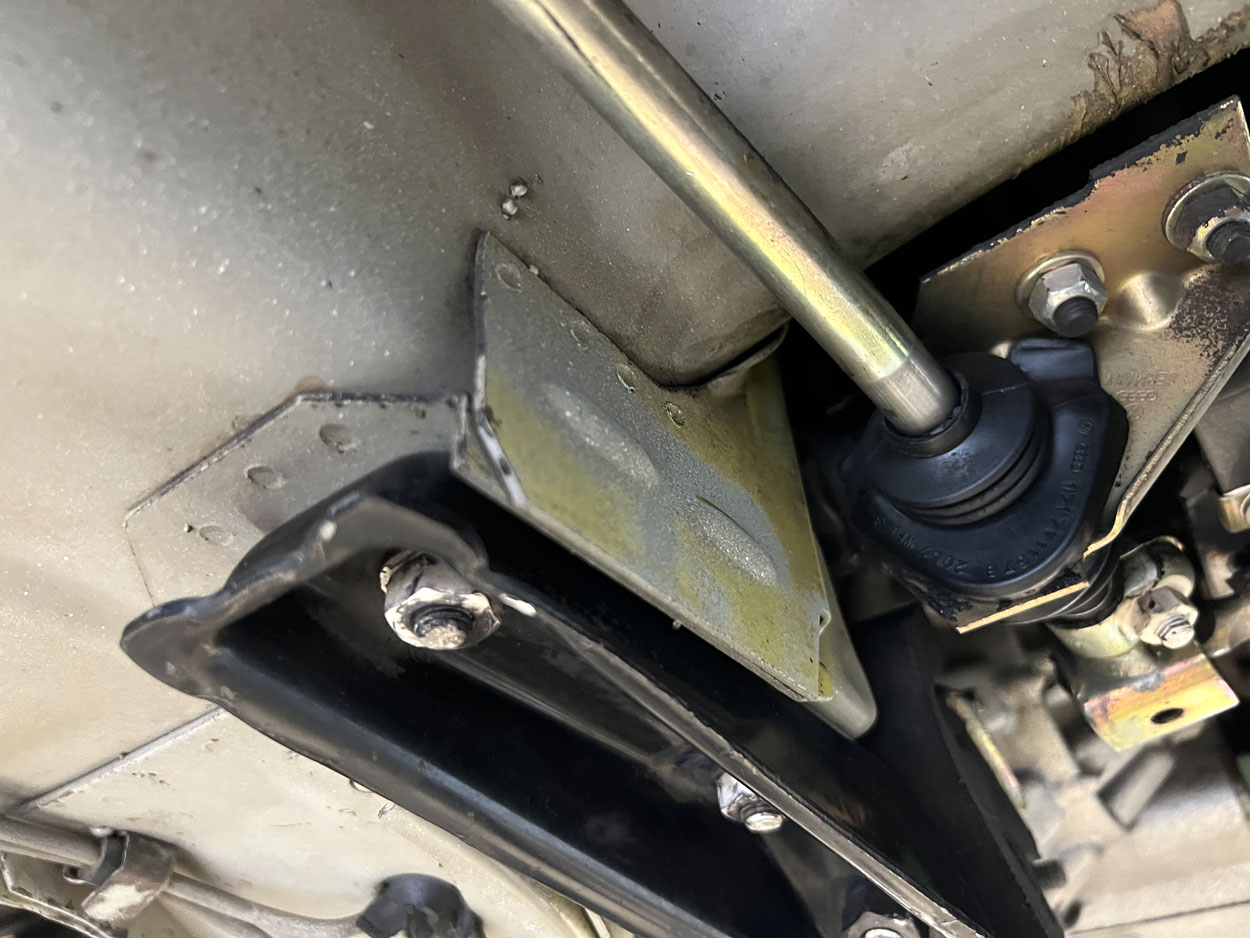
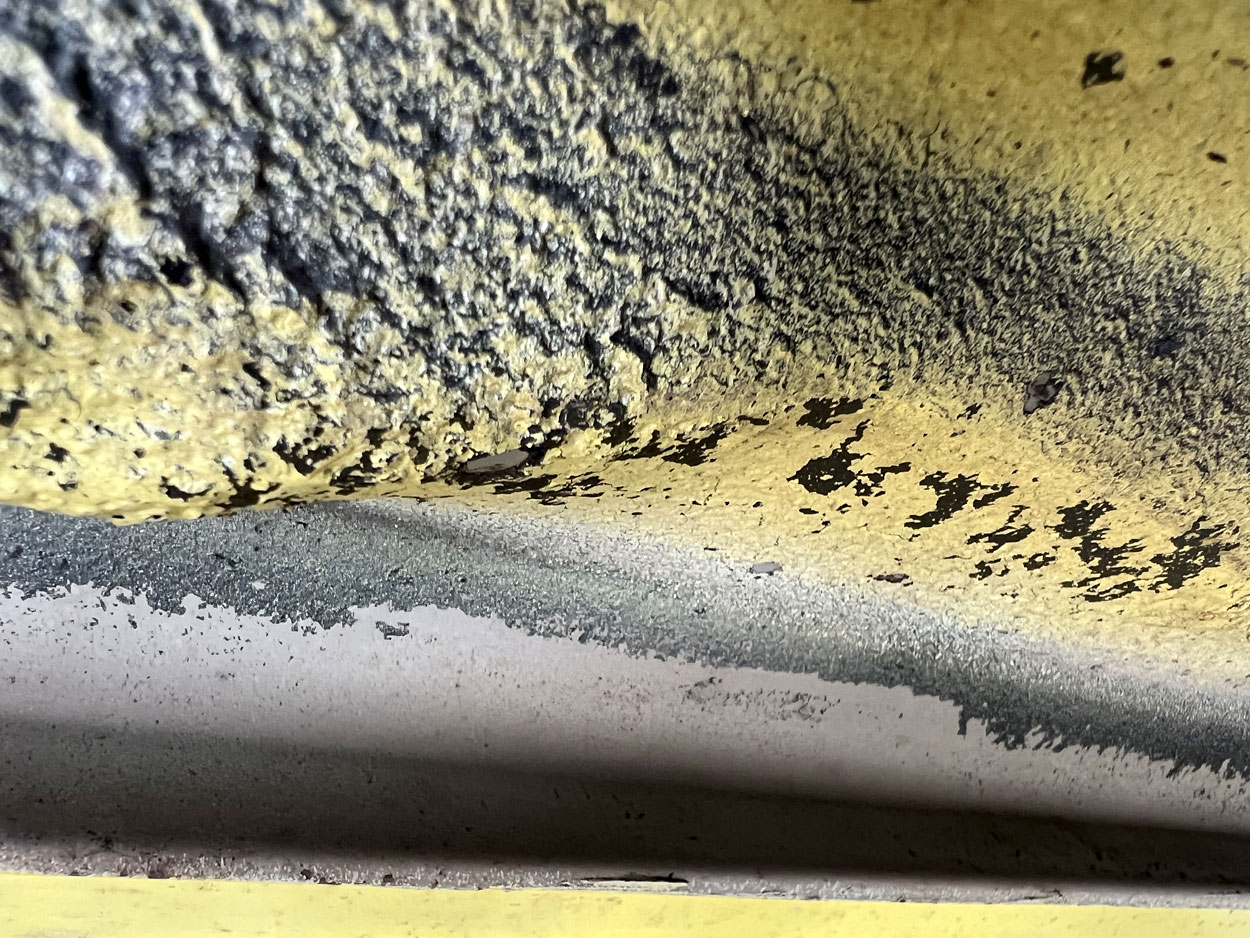
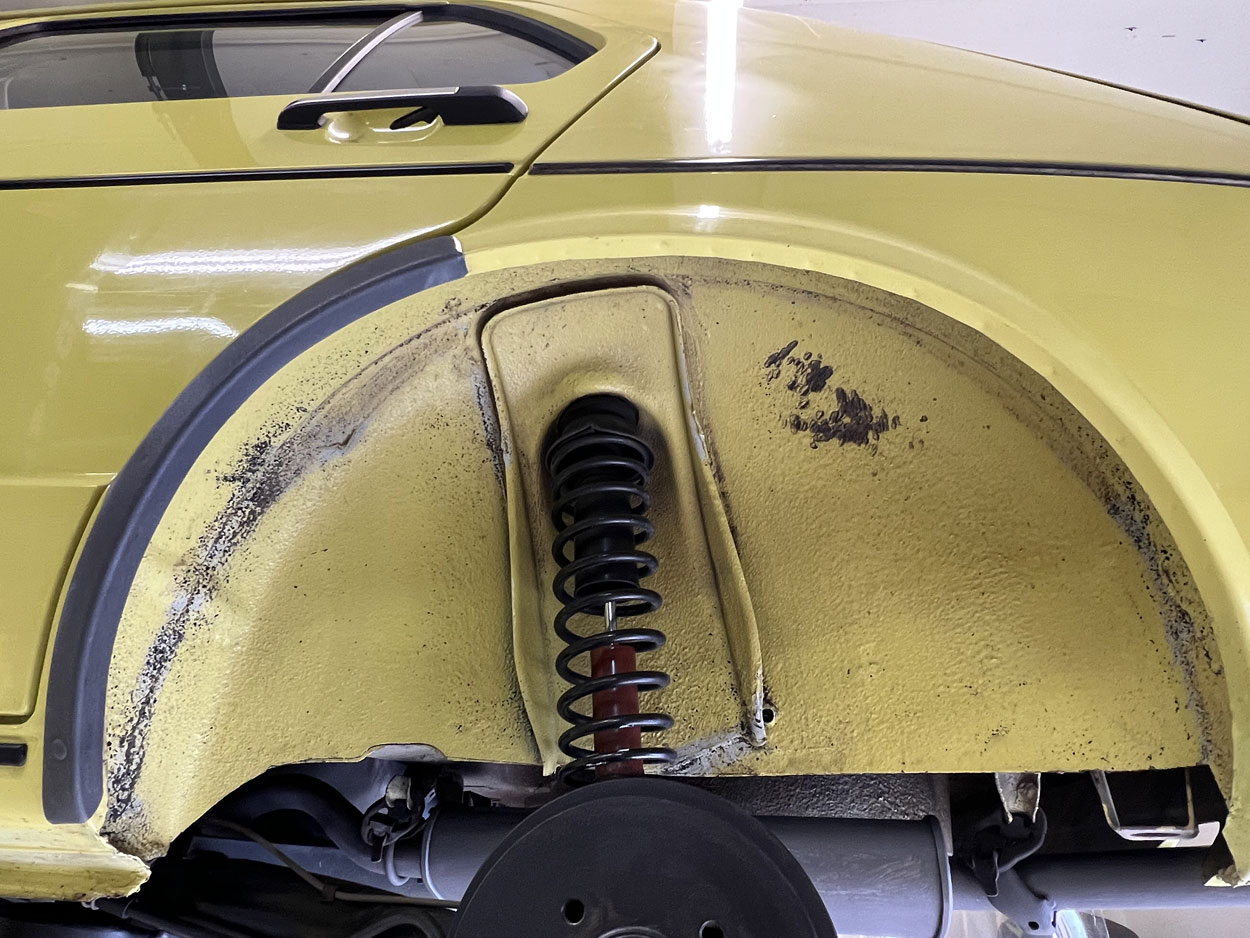
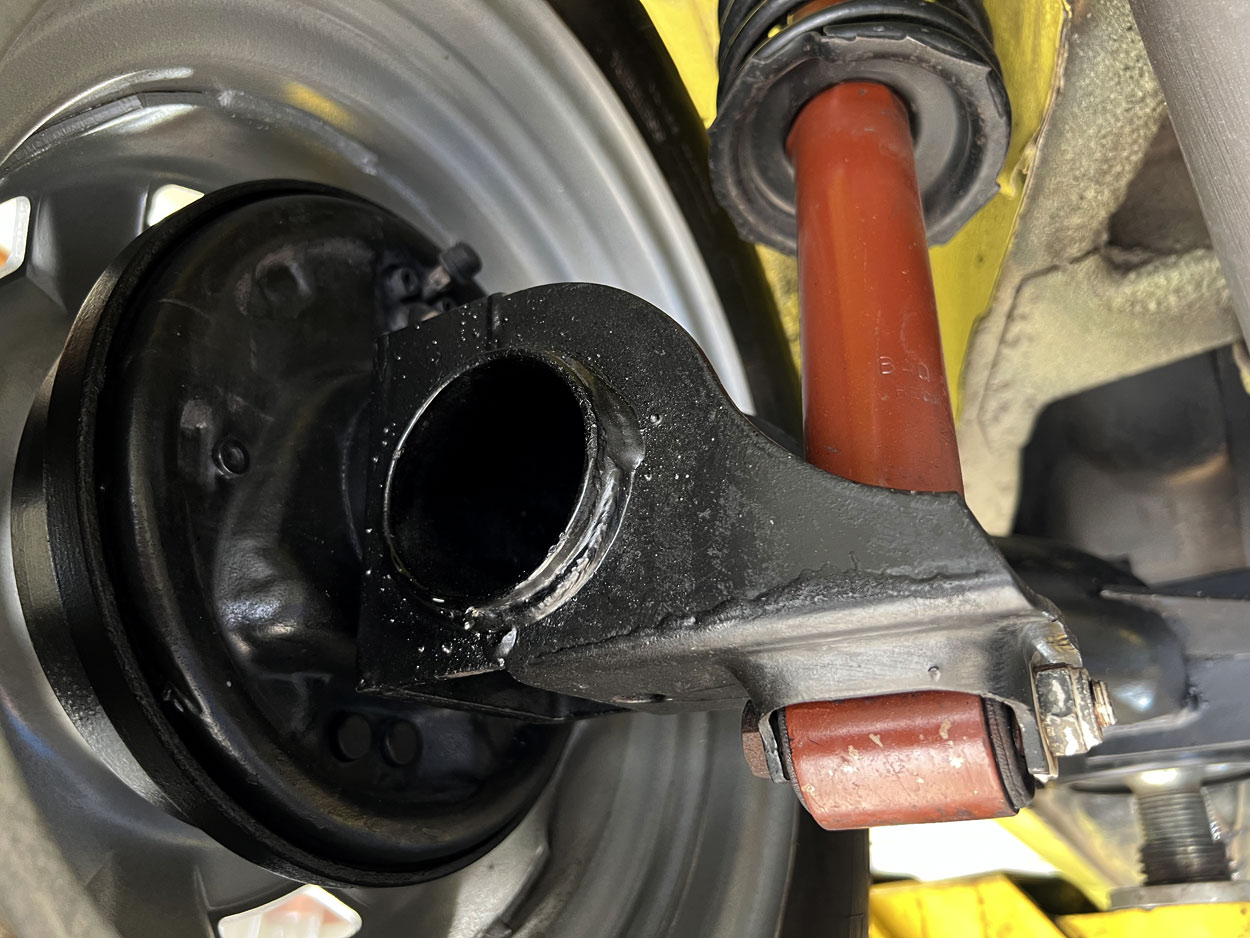

Above: details of the undercarriage.

If you look at our Hall of Fame, you'll see that we've owned quite a few eclectic cars in the past, but we've never encountered a Volkwagen Caribe before.
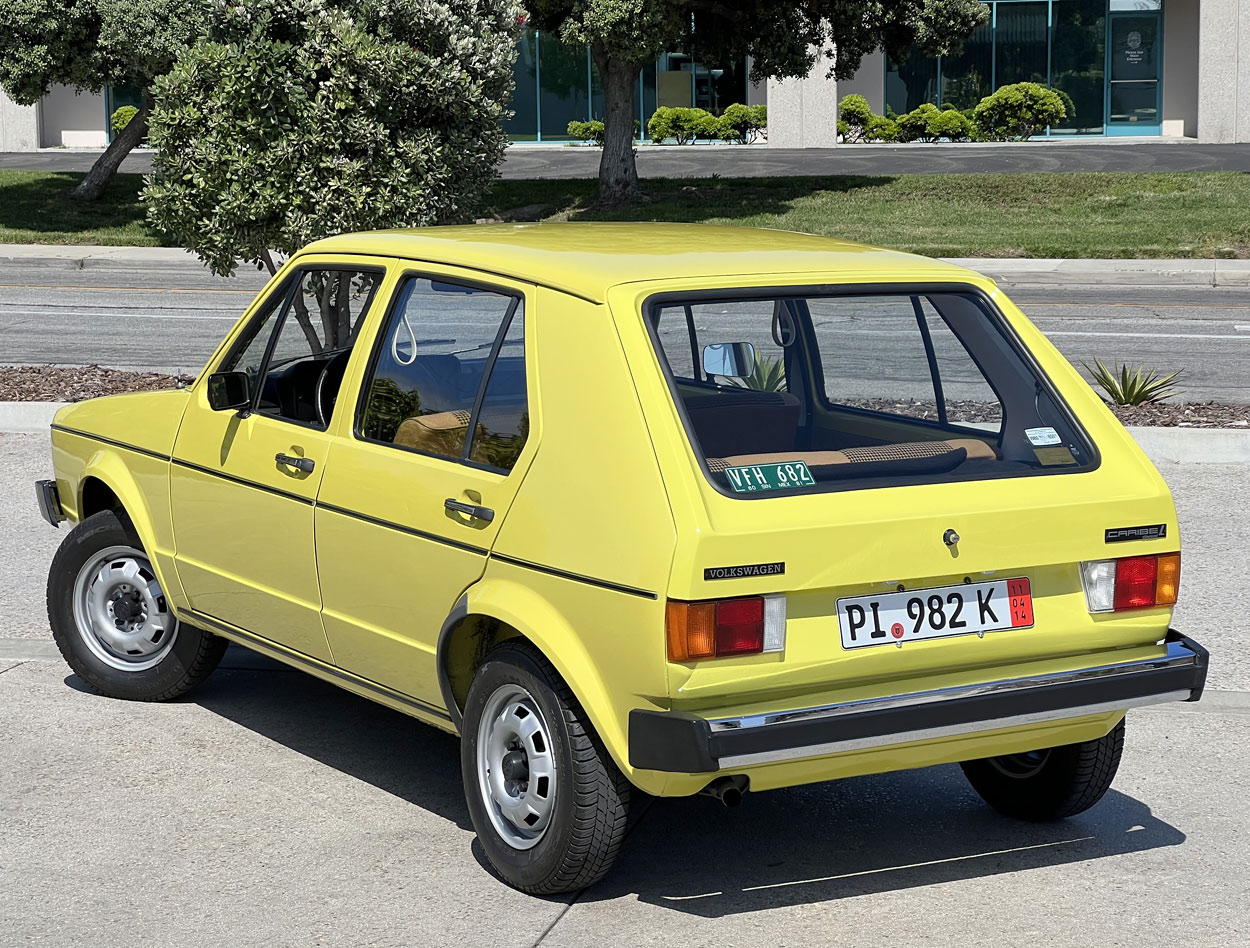
This one is as good as it gets, perhaps the best original out there, anywhere, condition wise, and mileage wise.
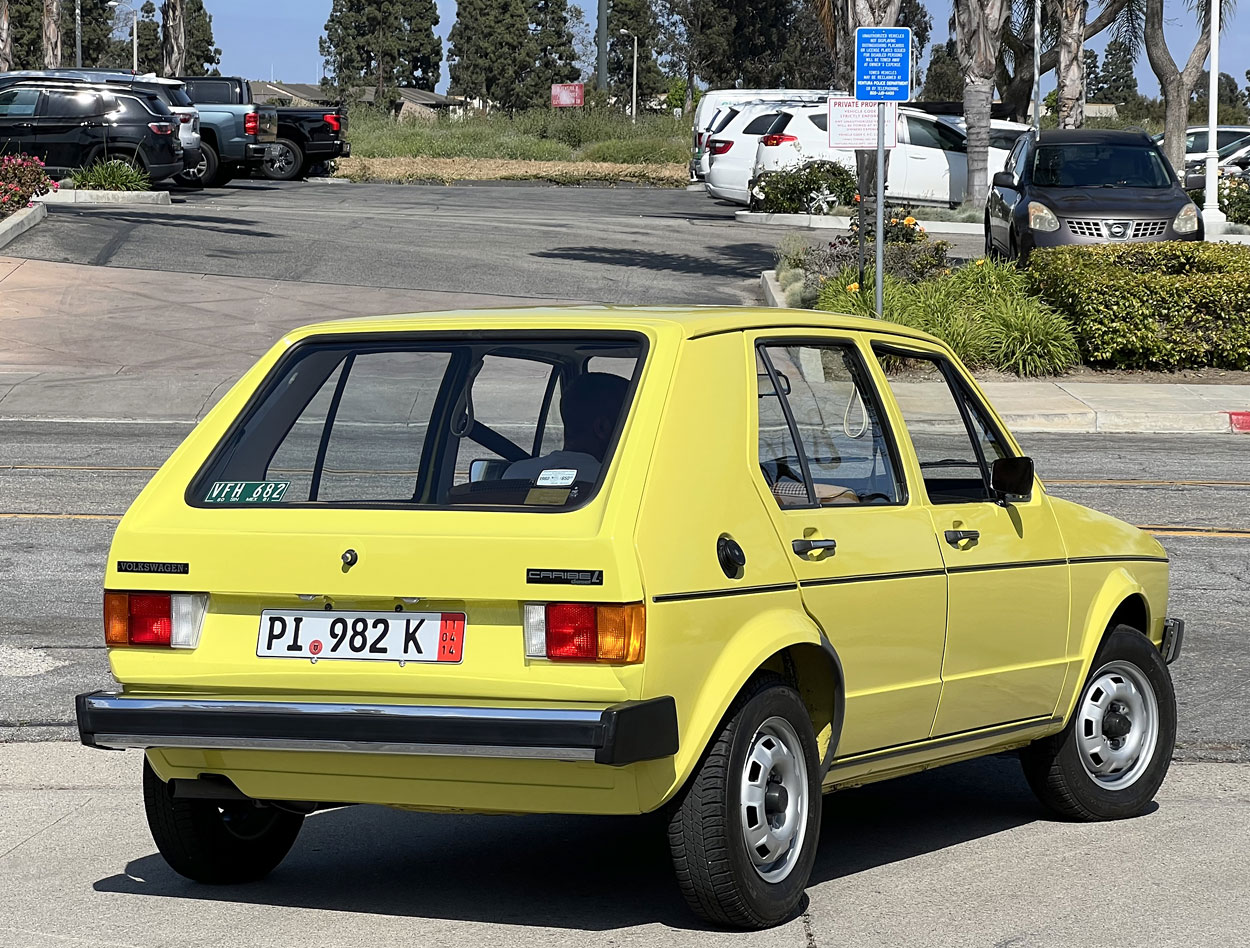
We call it the true successor of the Volkswagen Beetle. Basic to the core with one instrument, powered by the fuel-sipping 1.6-liter Diesel that gets an average of 48 miles to the gallon, on par with a Prius, but without the computers and additional components needed. Potentially, this car could sever as a daily driver for the rest of your natural life. It's that good!
Thank you for your interest!
Check out the 7:25 video of this car!
RETURN TO THE SHOWROOM
You are most welcome to inspect this fine automobile at our location in Ventura, by appointment, or have someone
inspect it for you.
Please, direct all inquiries to info@californiaclassix.com
or call us at 805-792-9797.